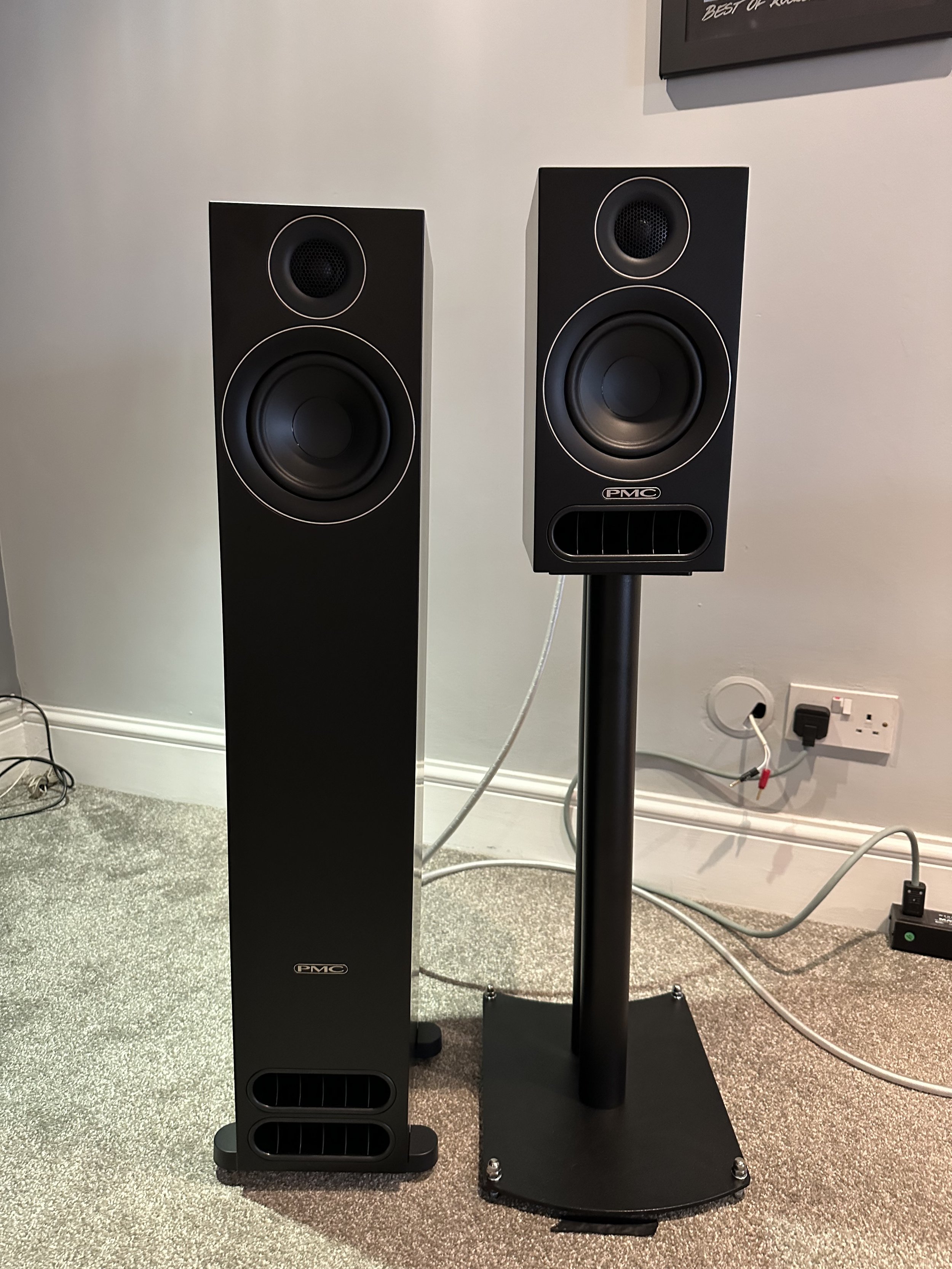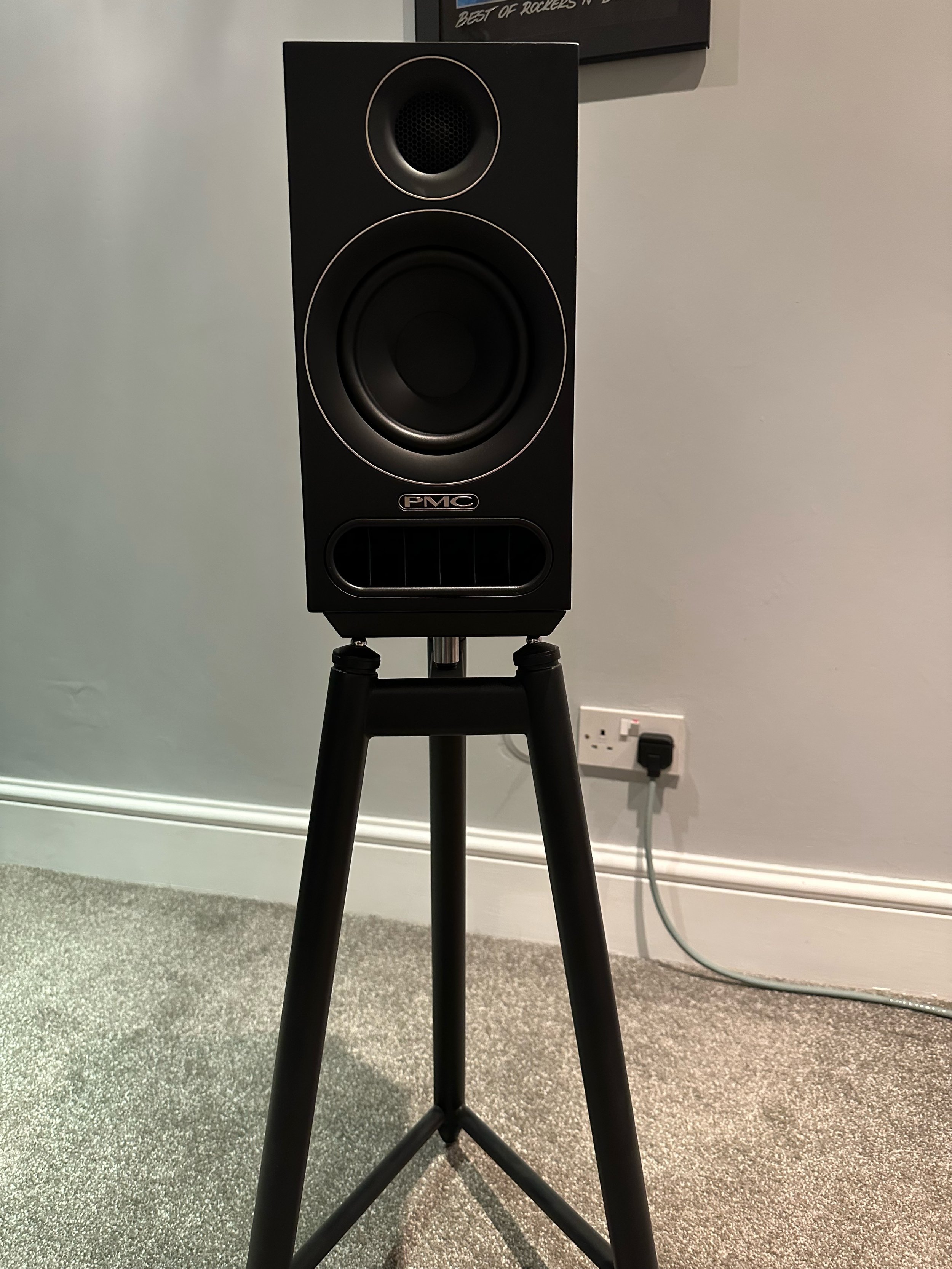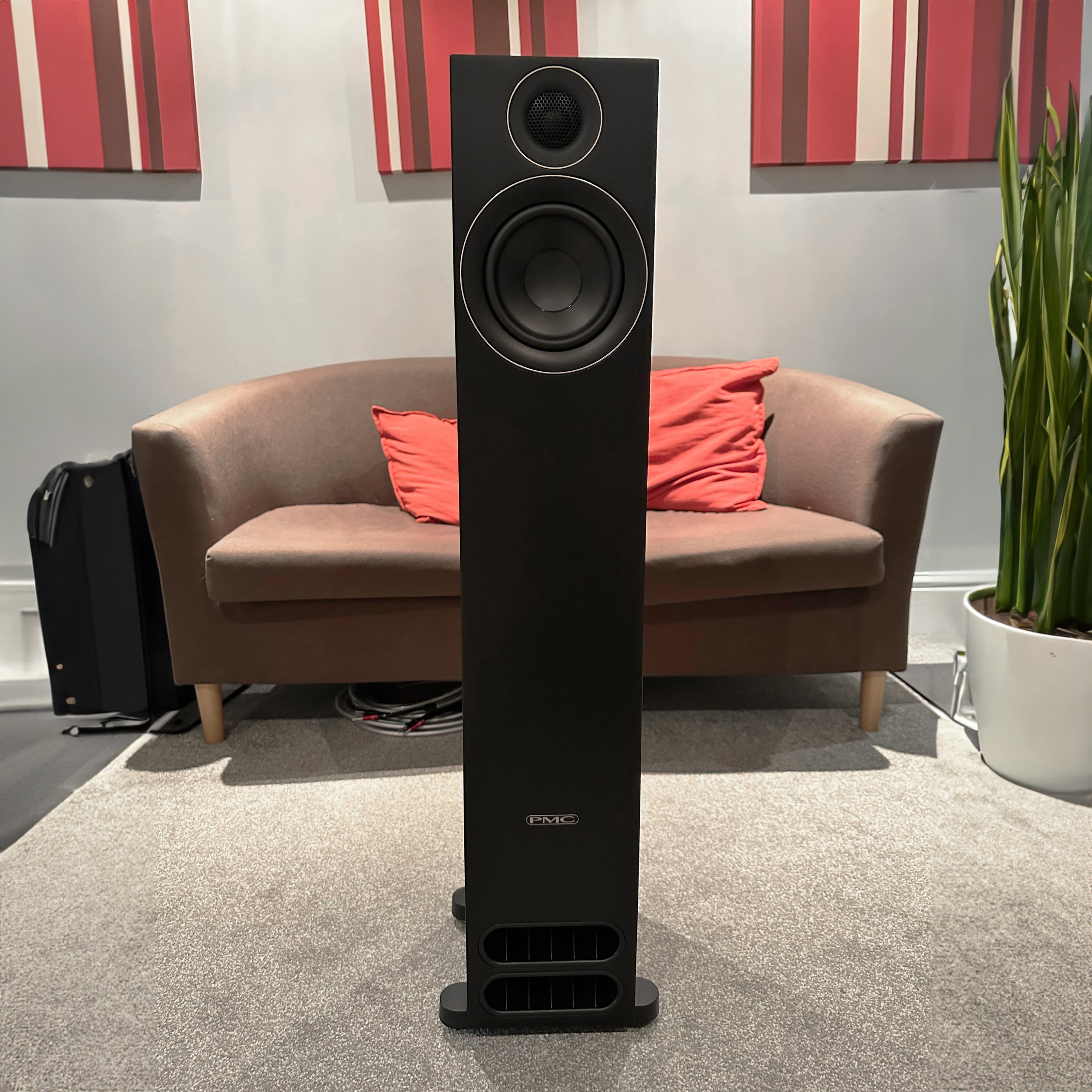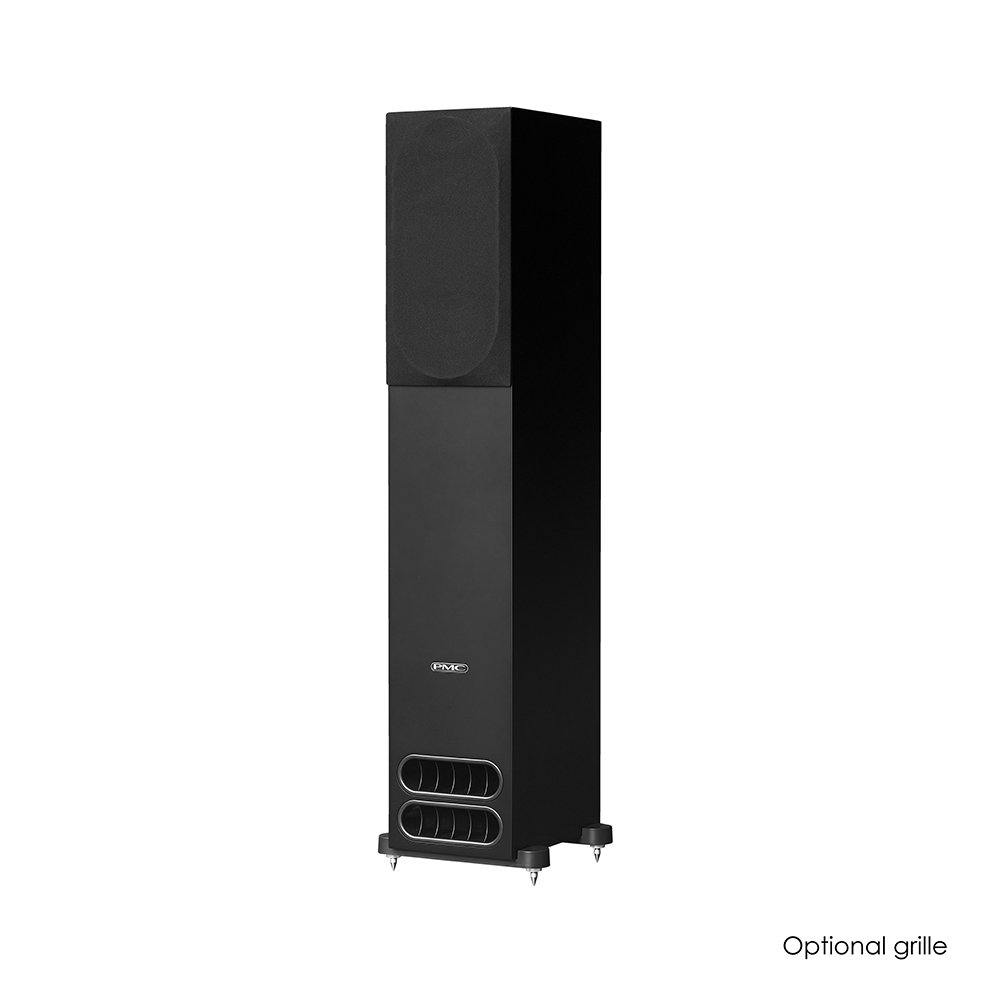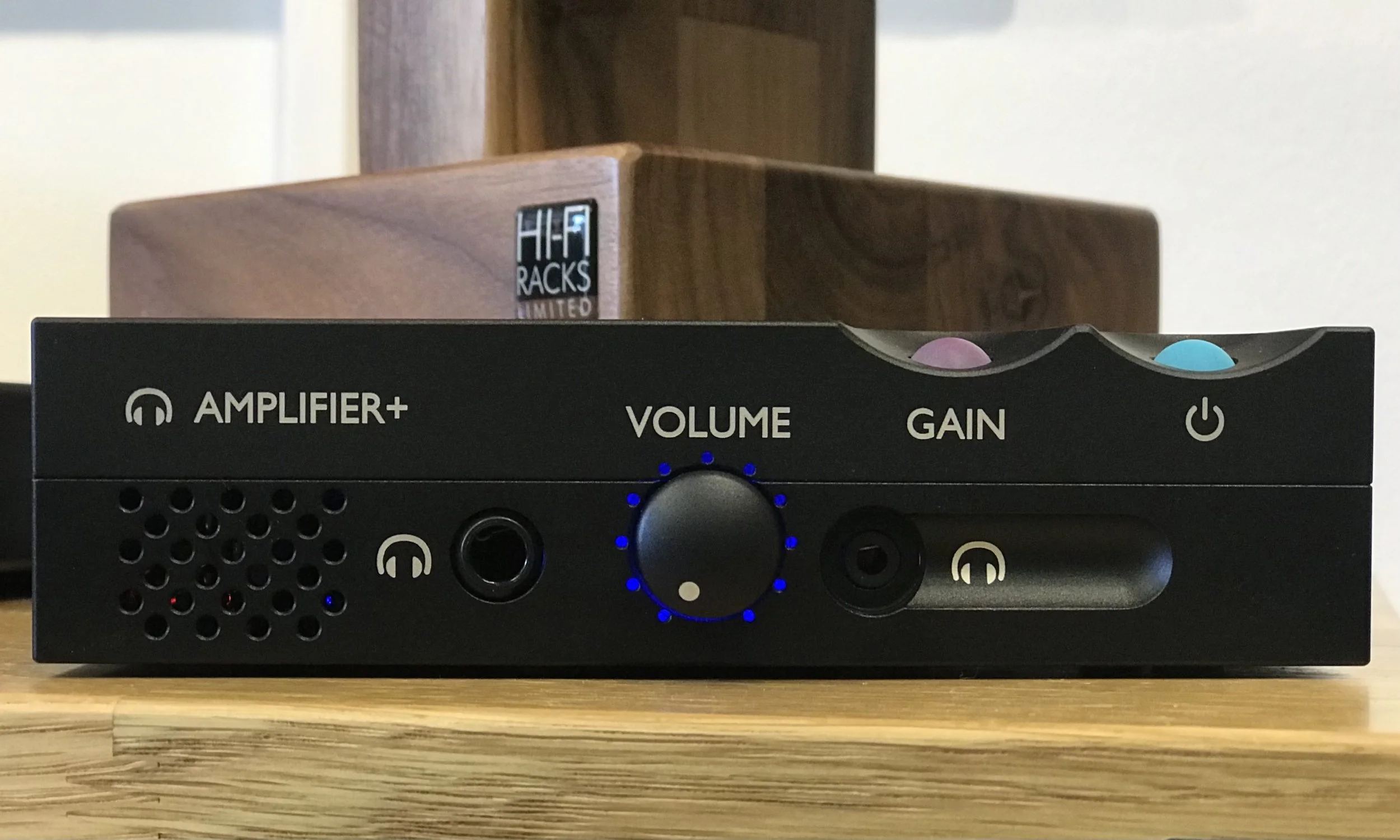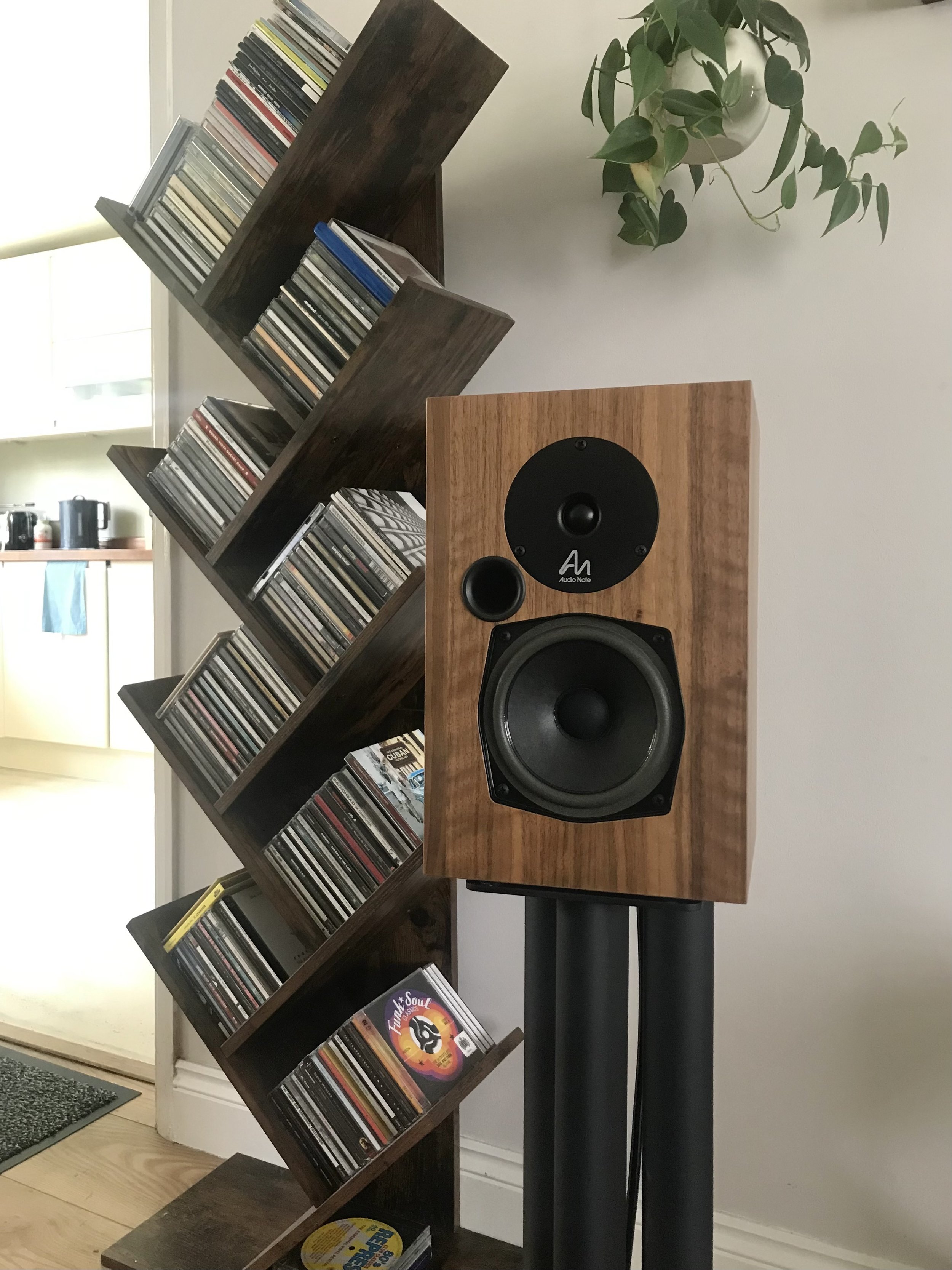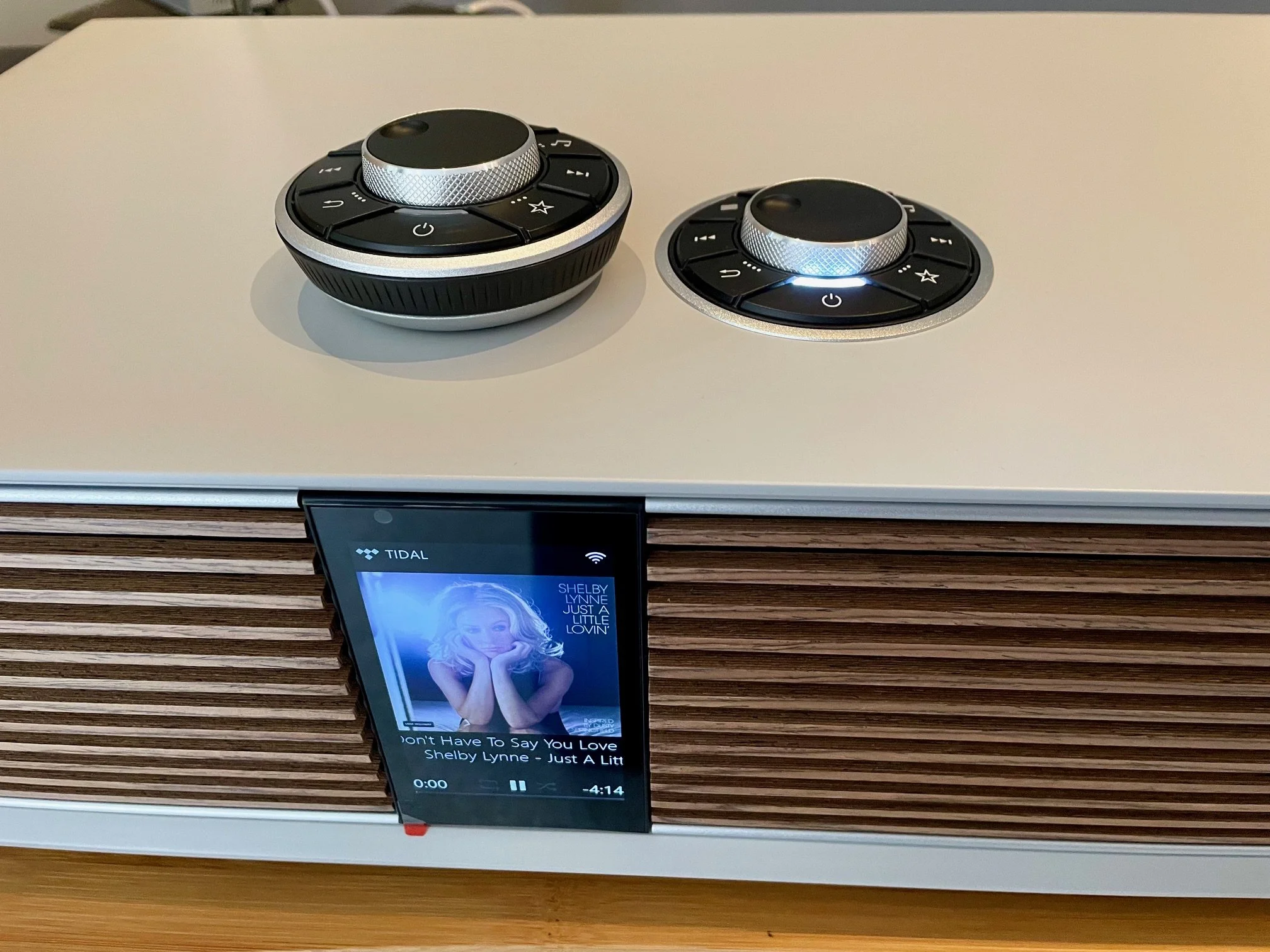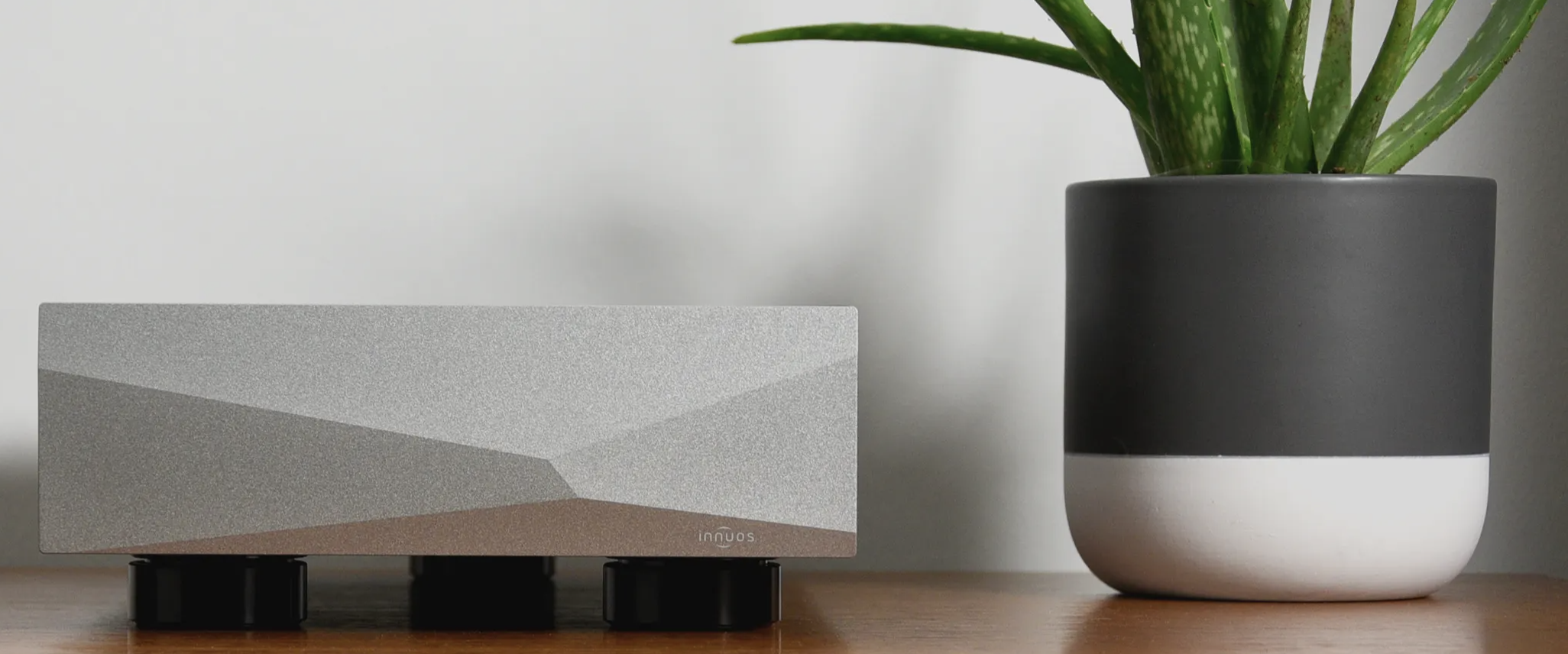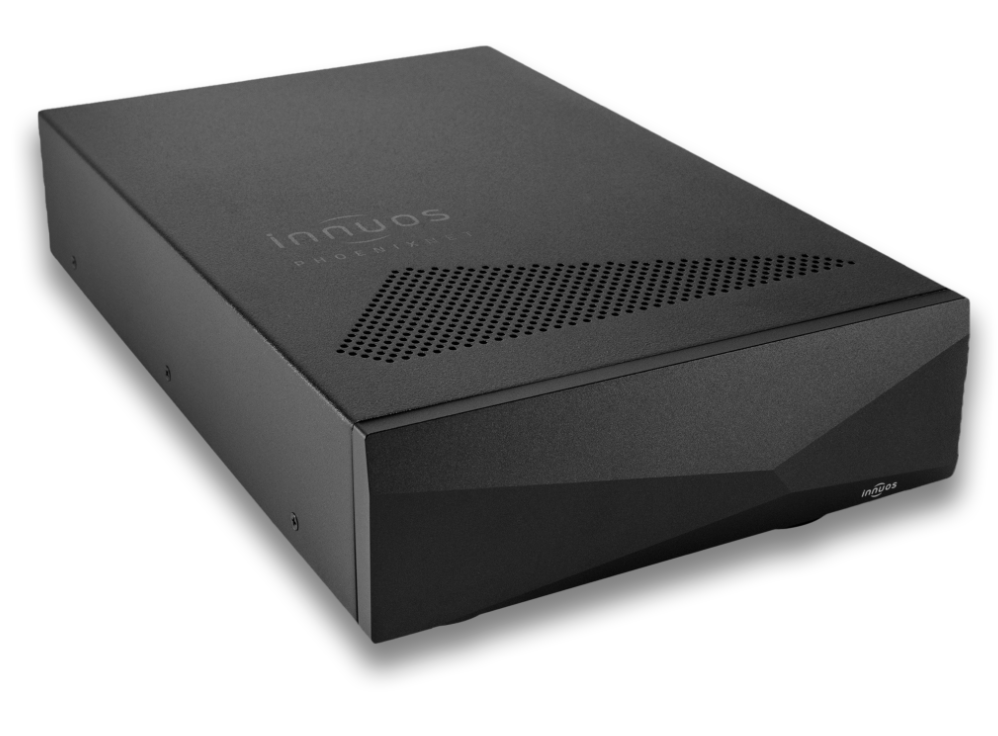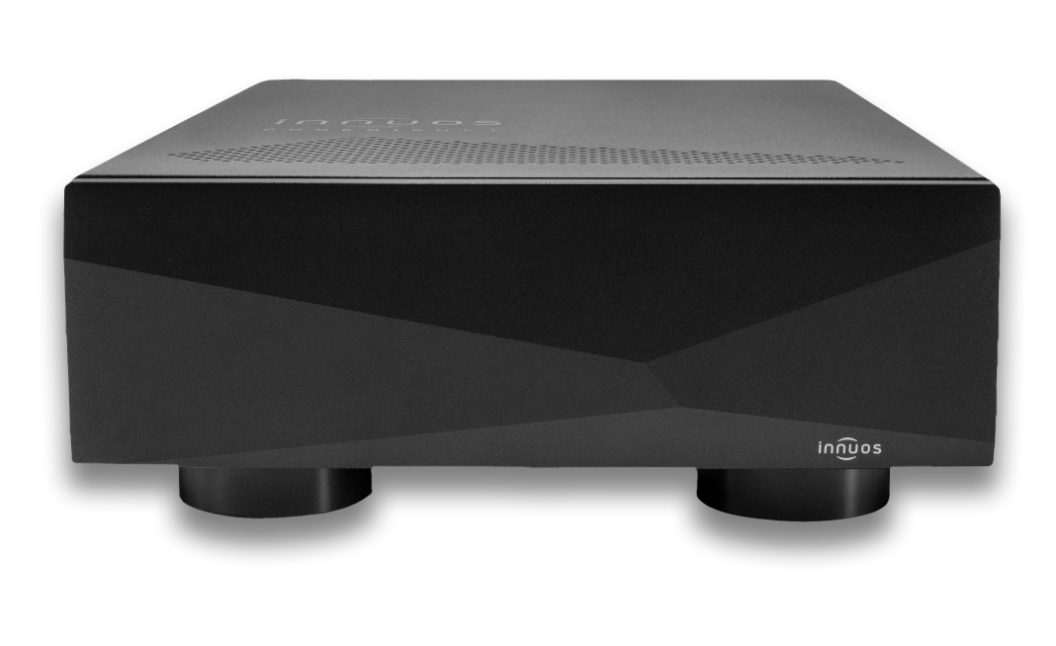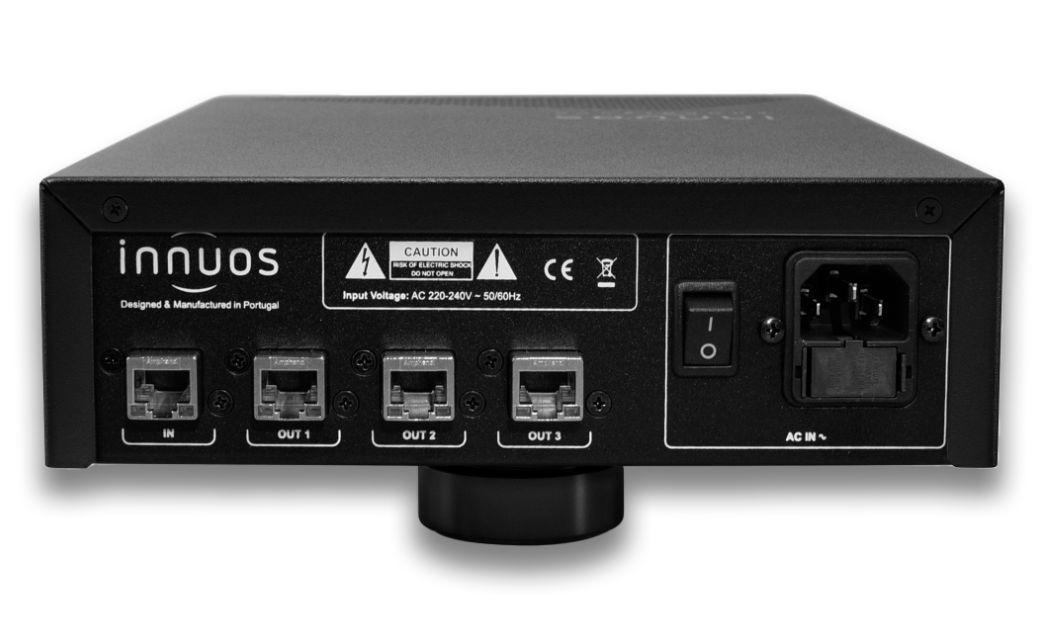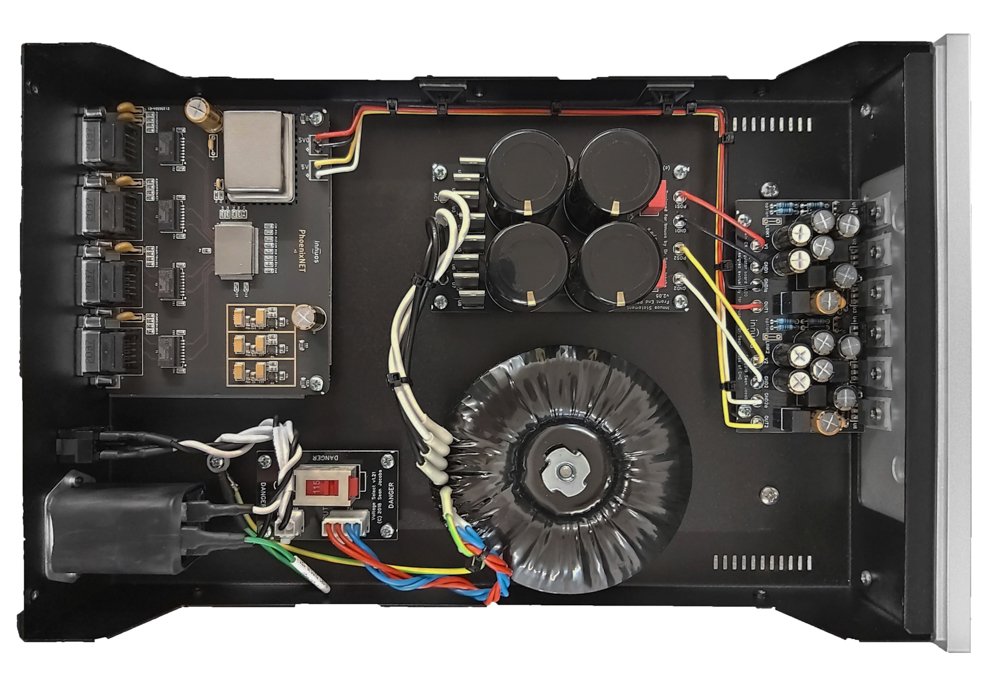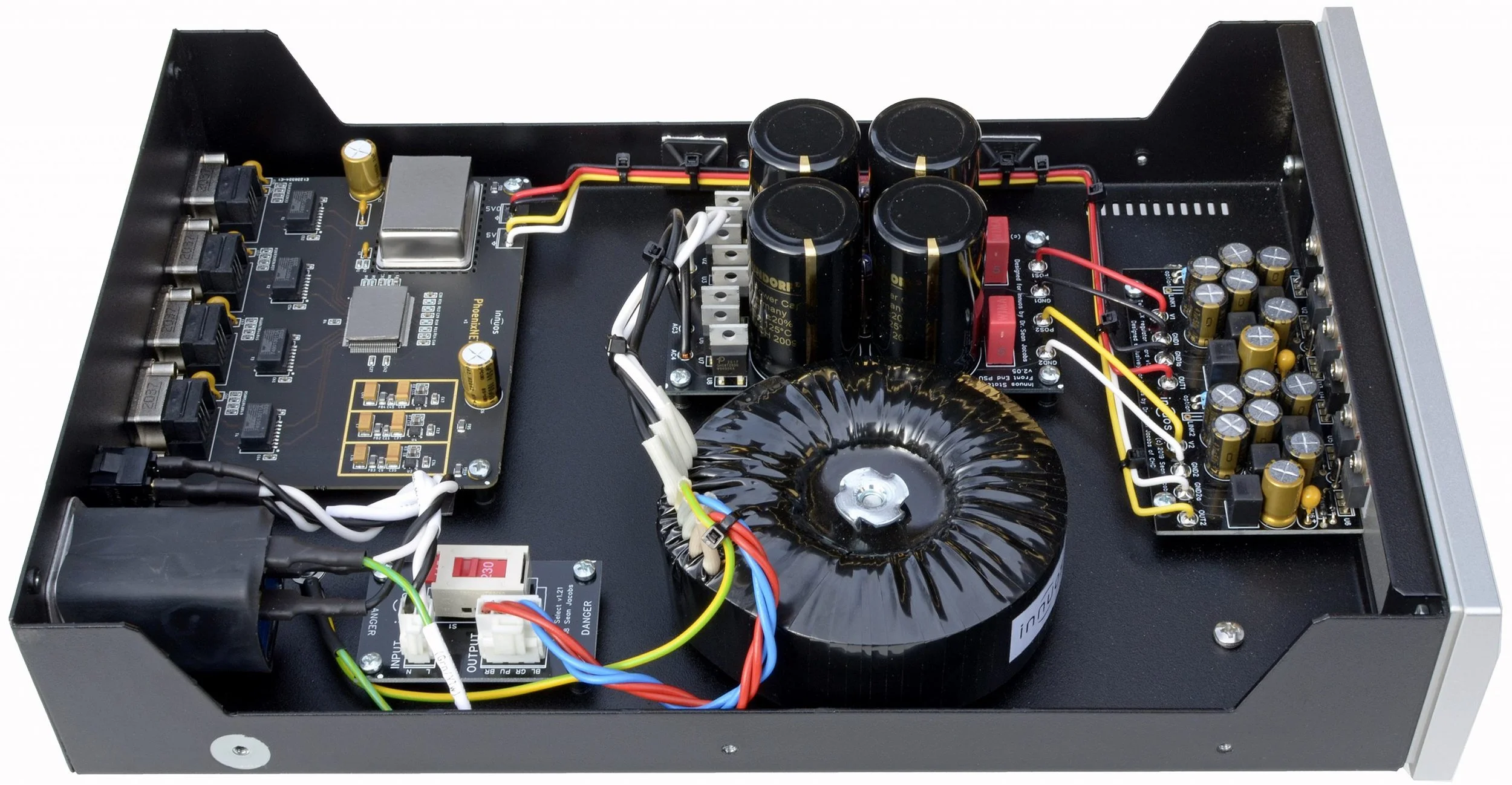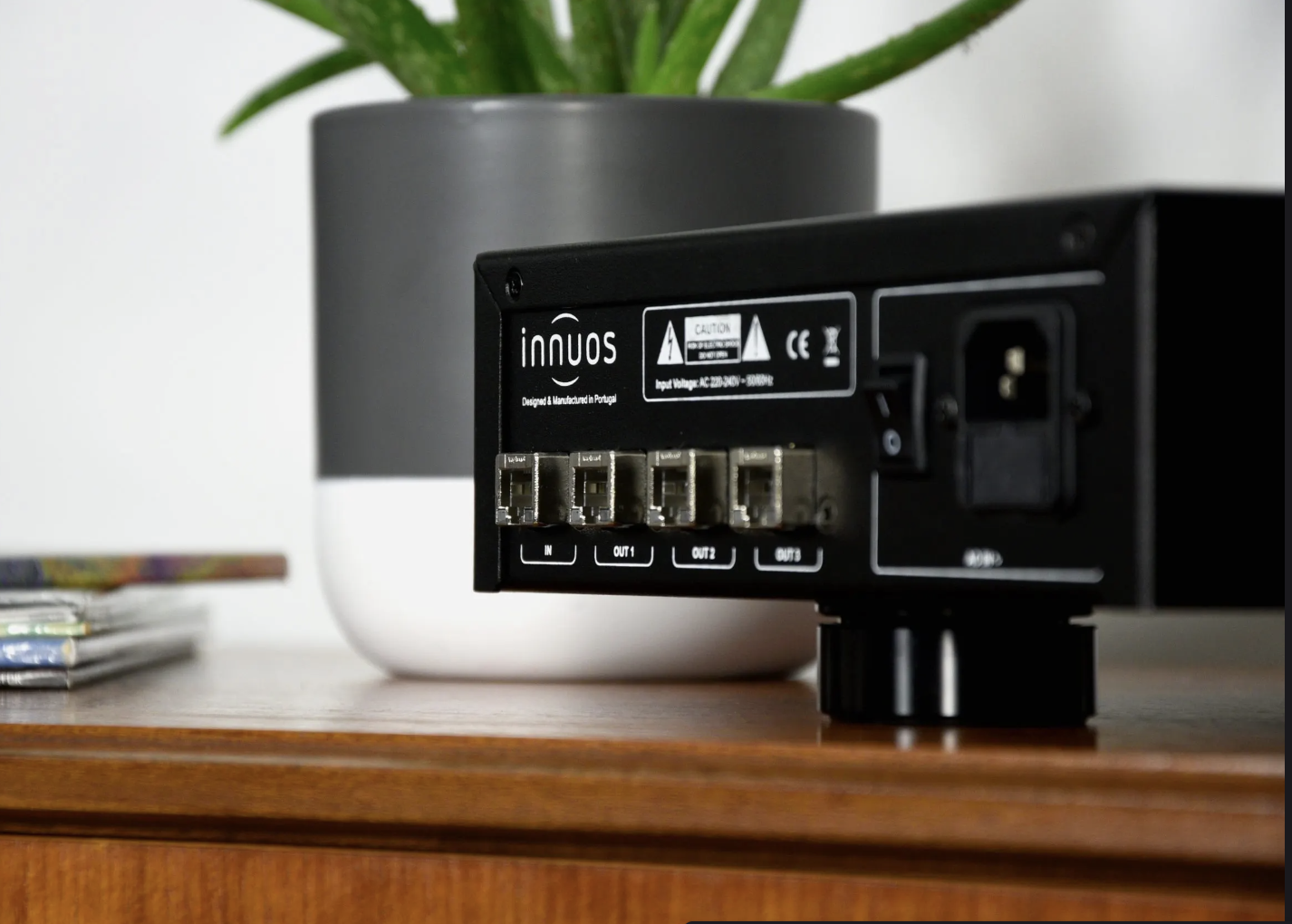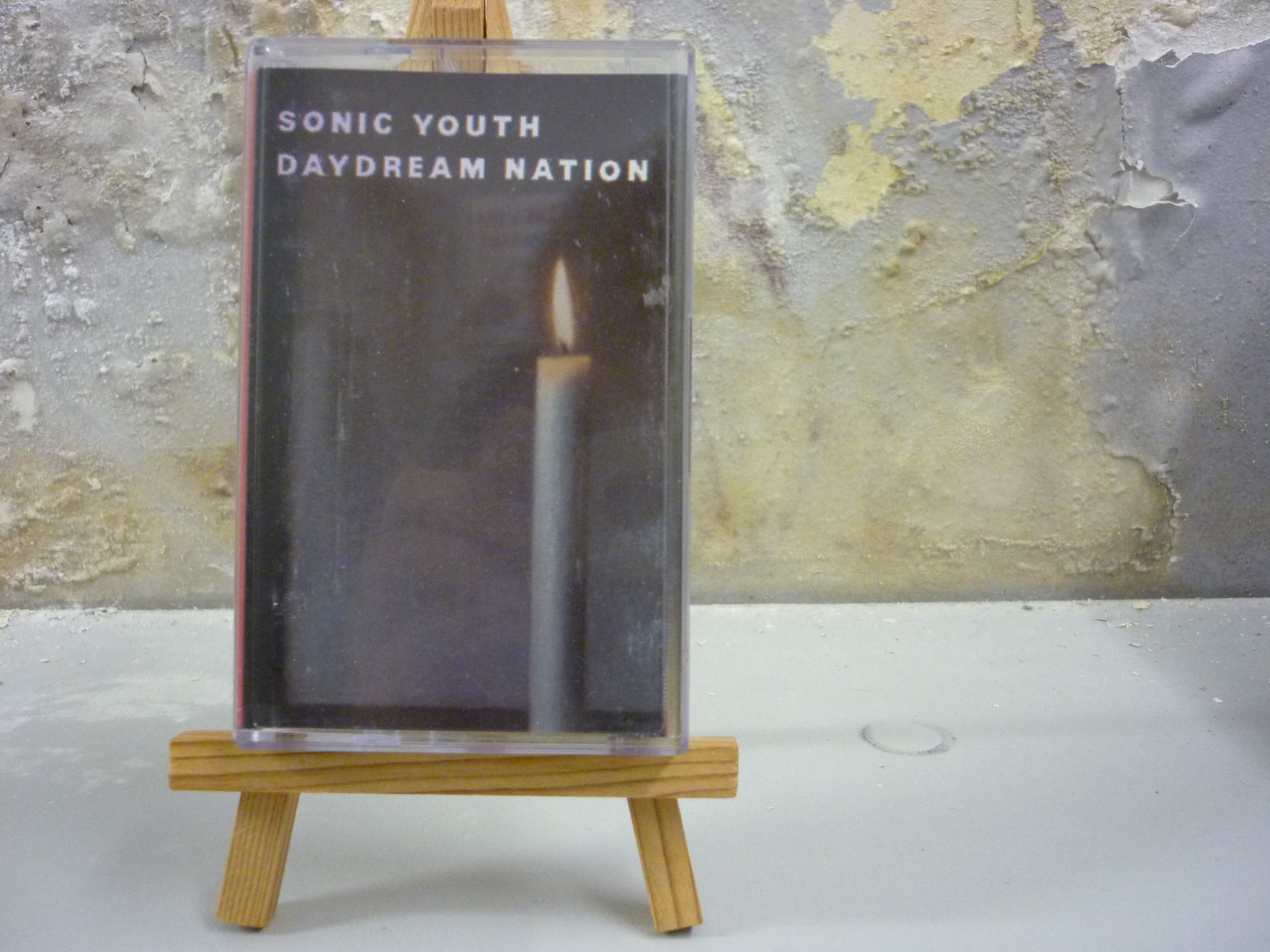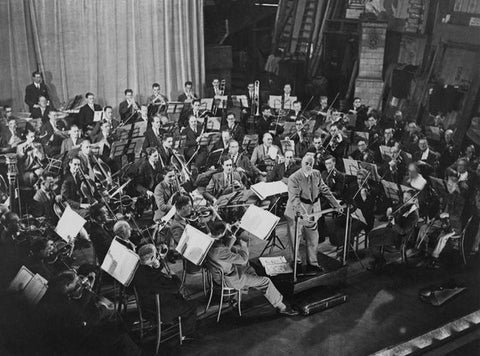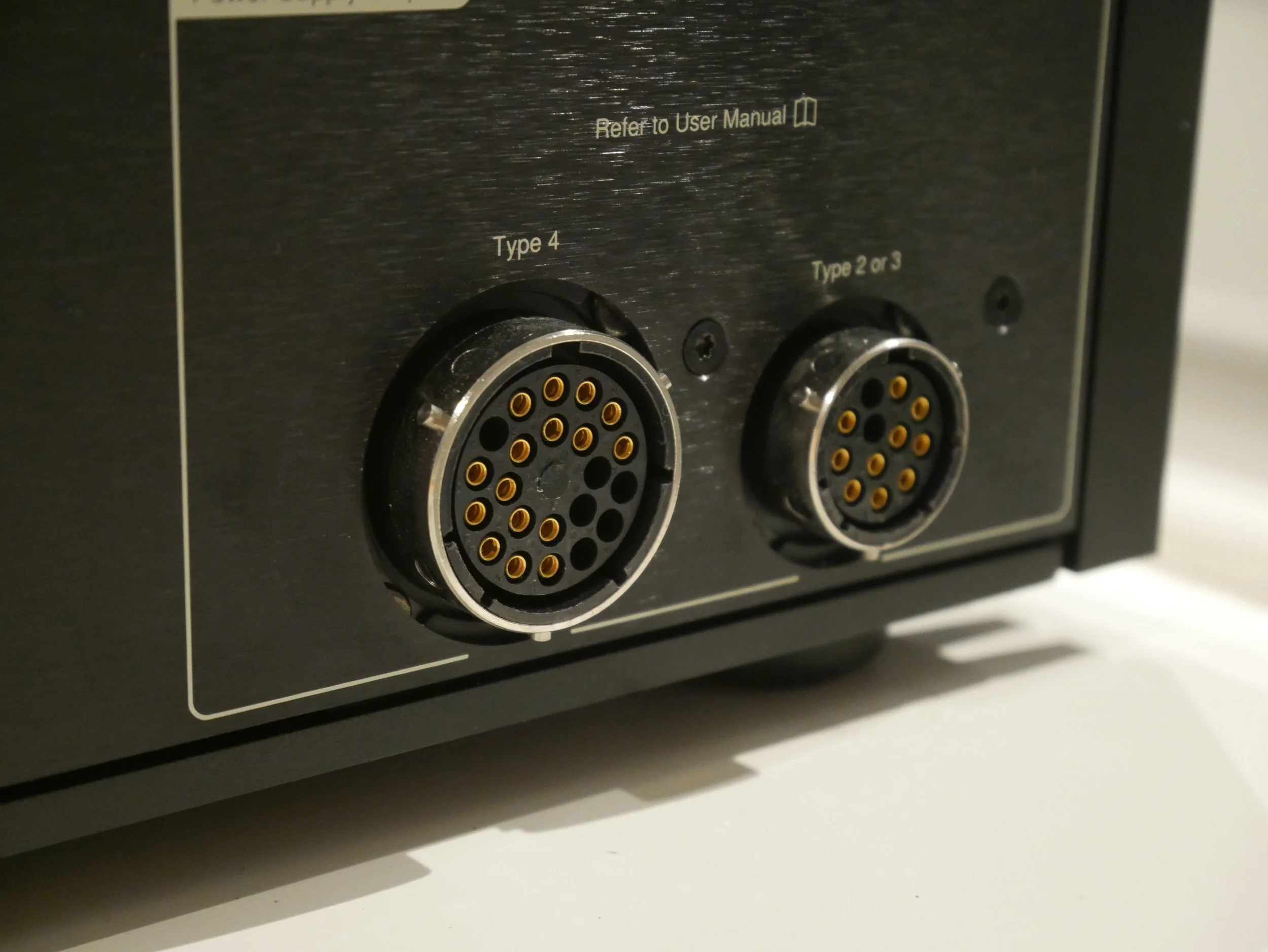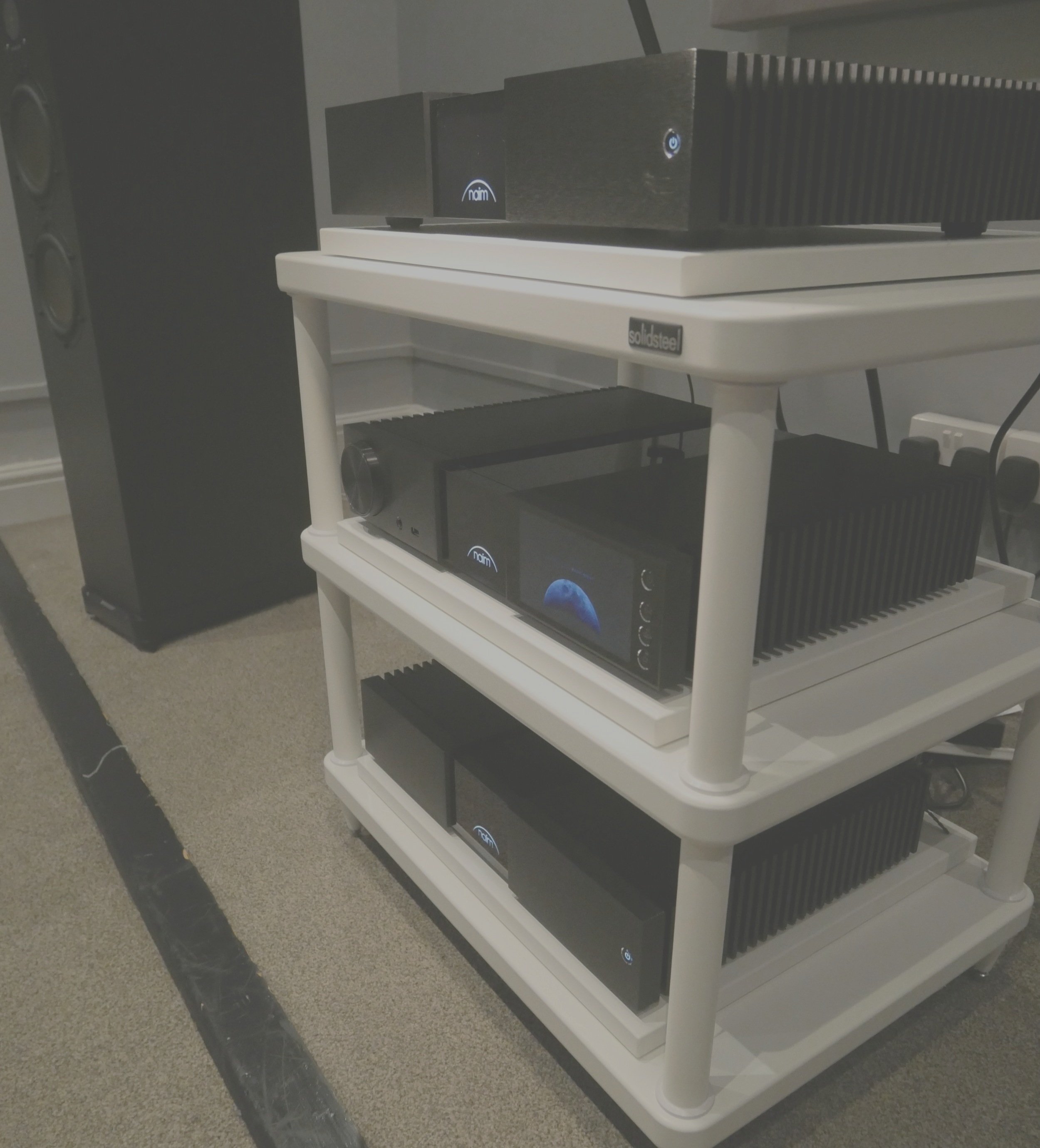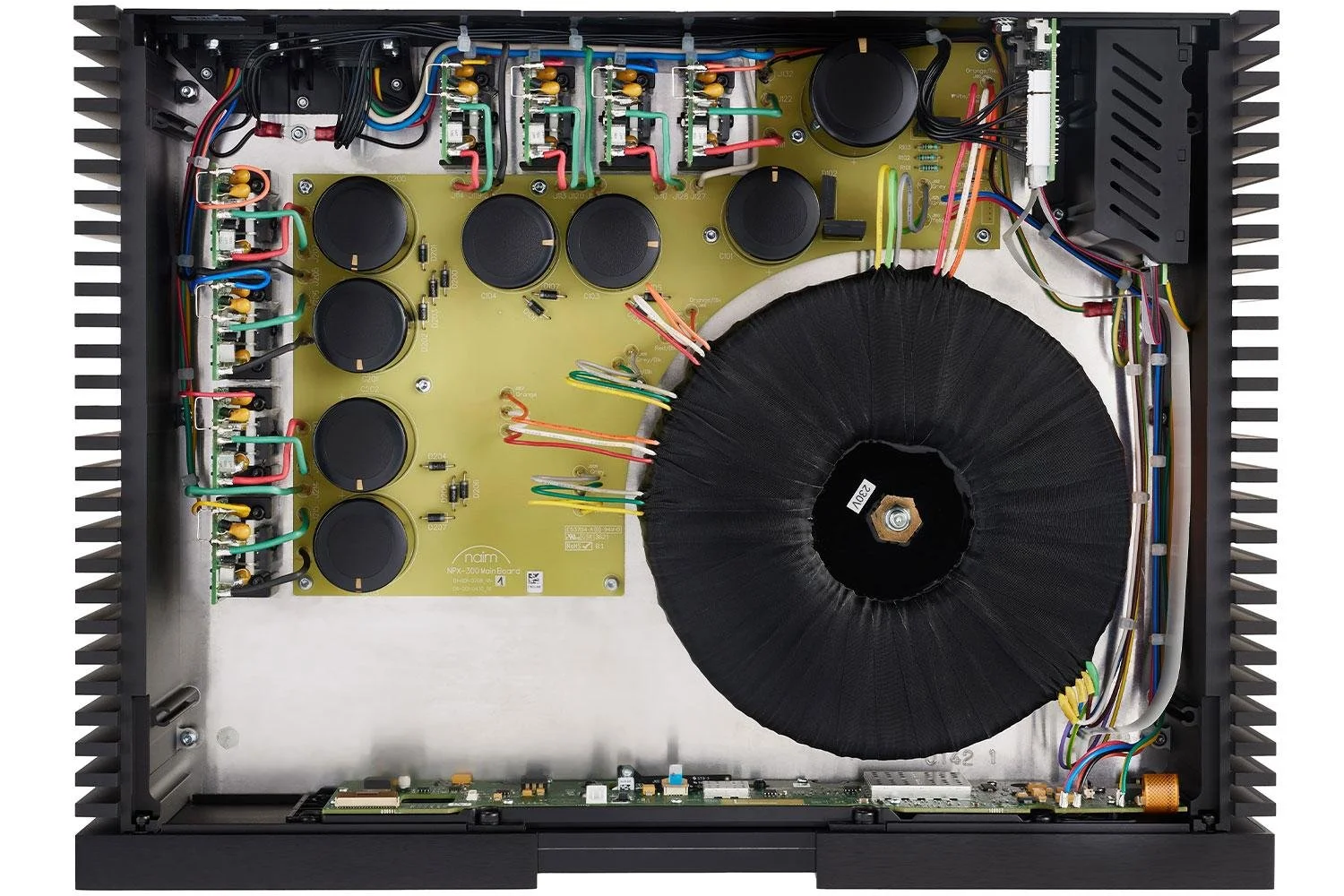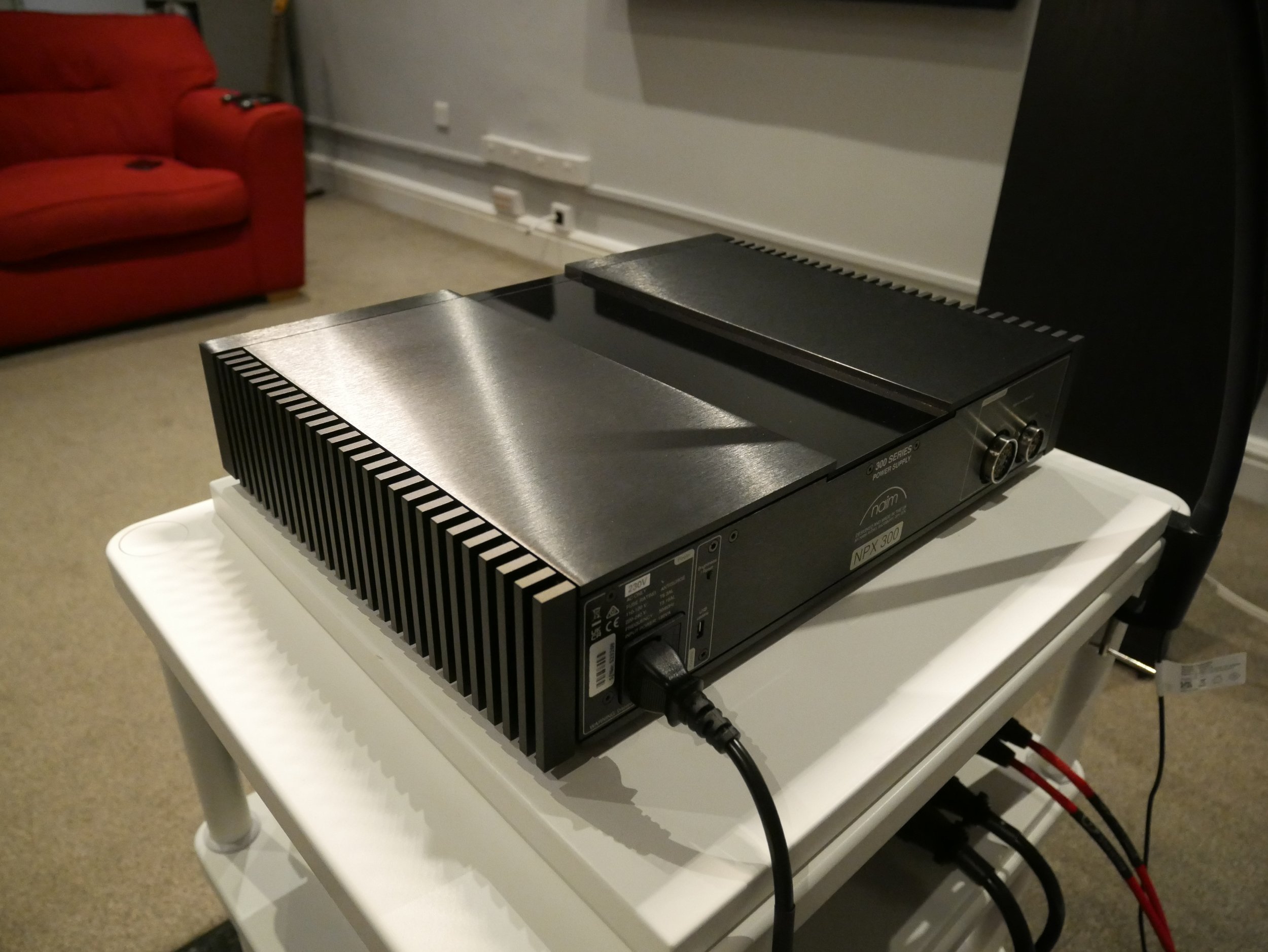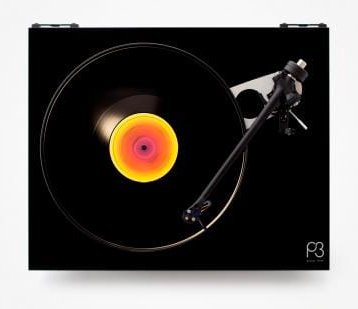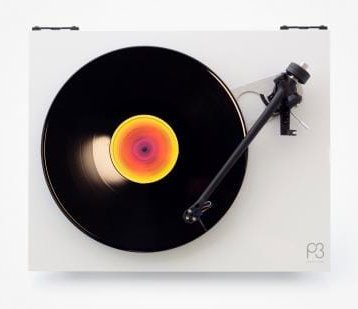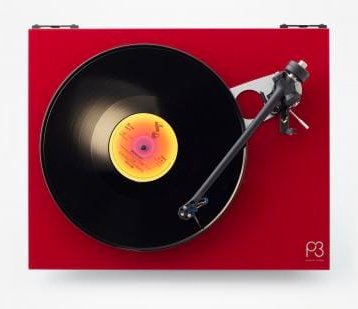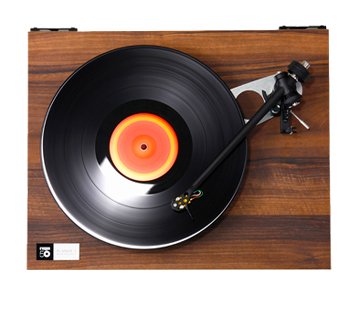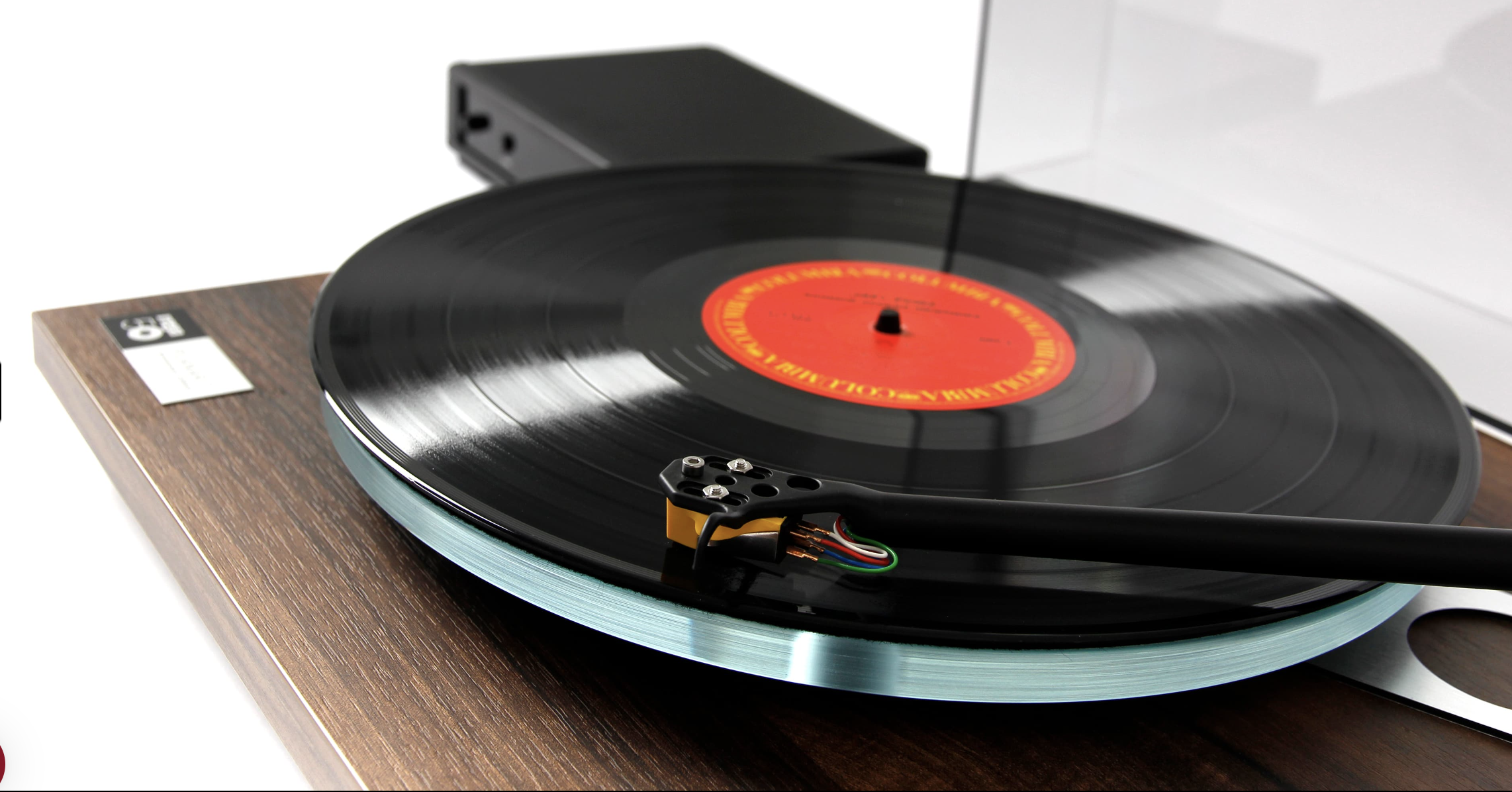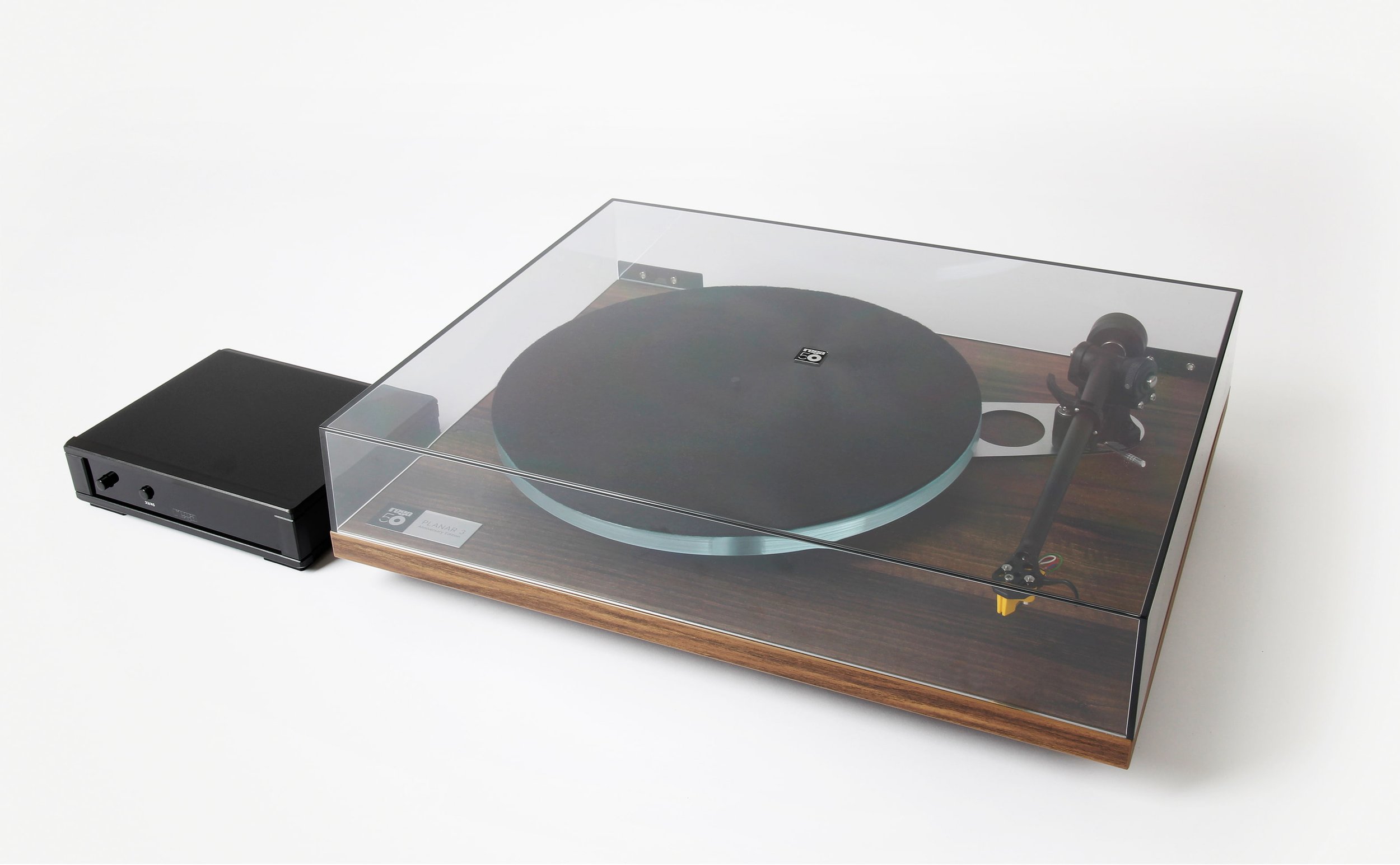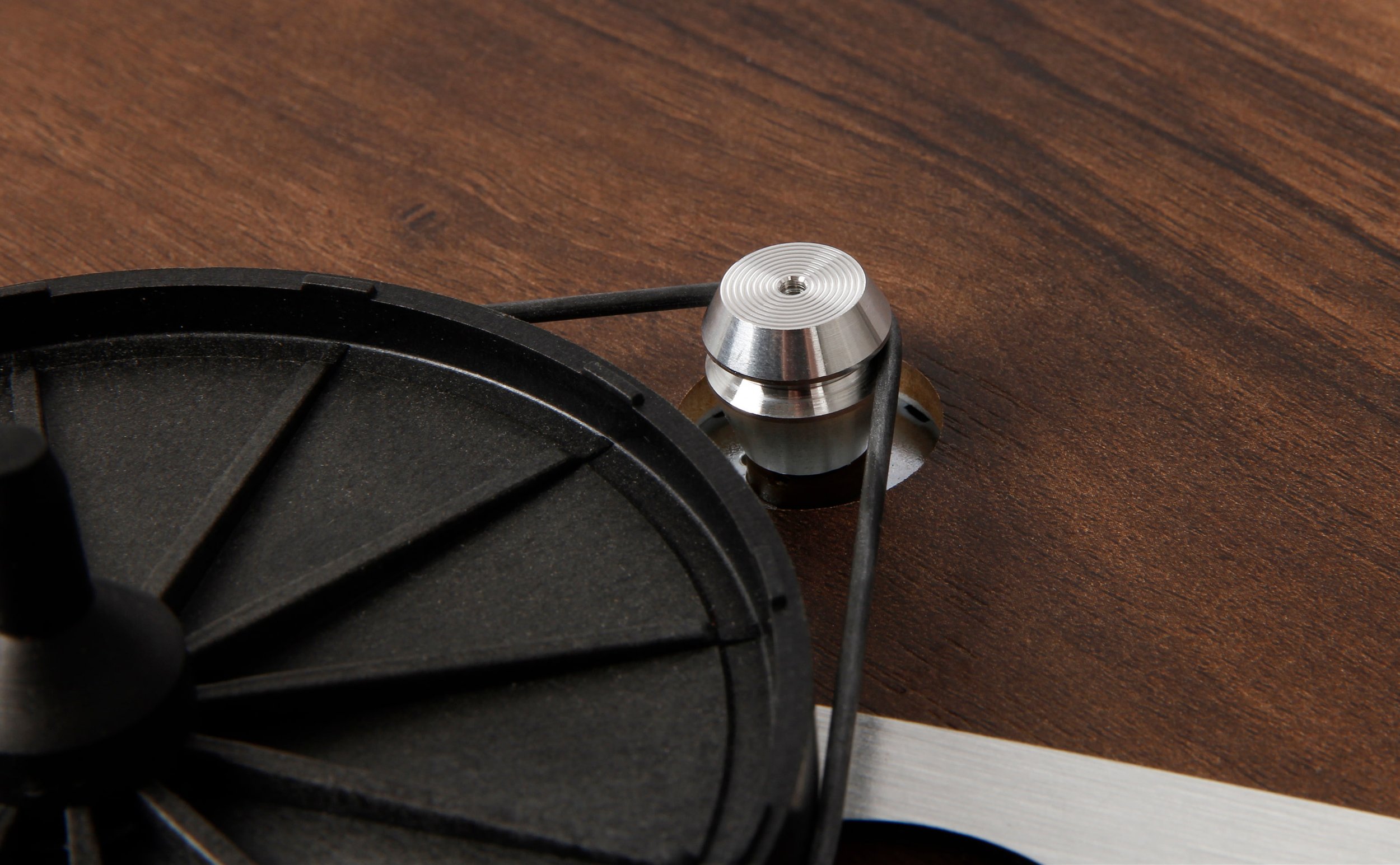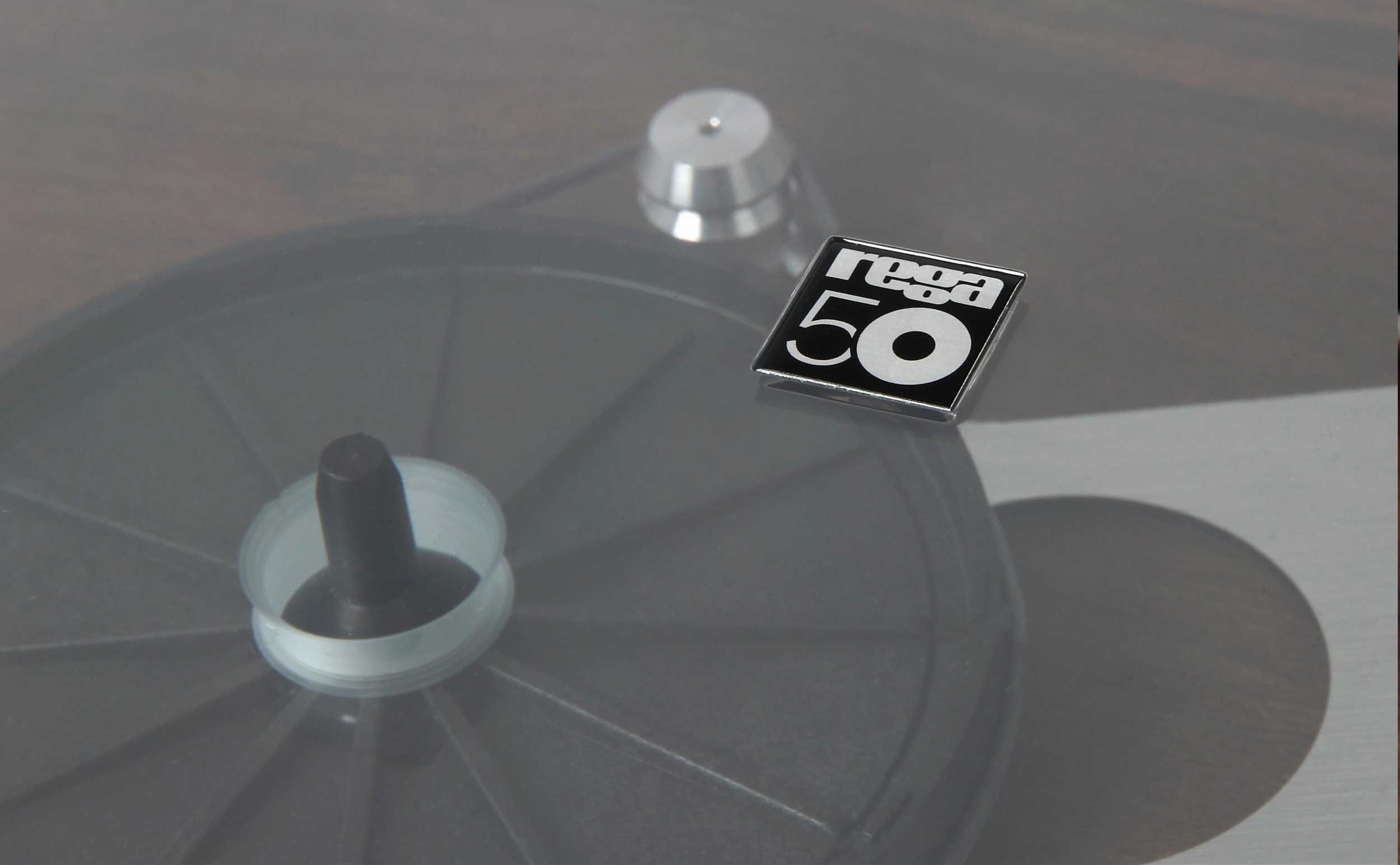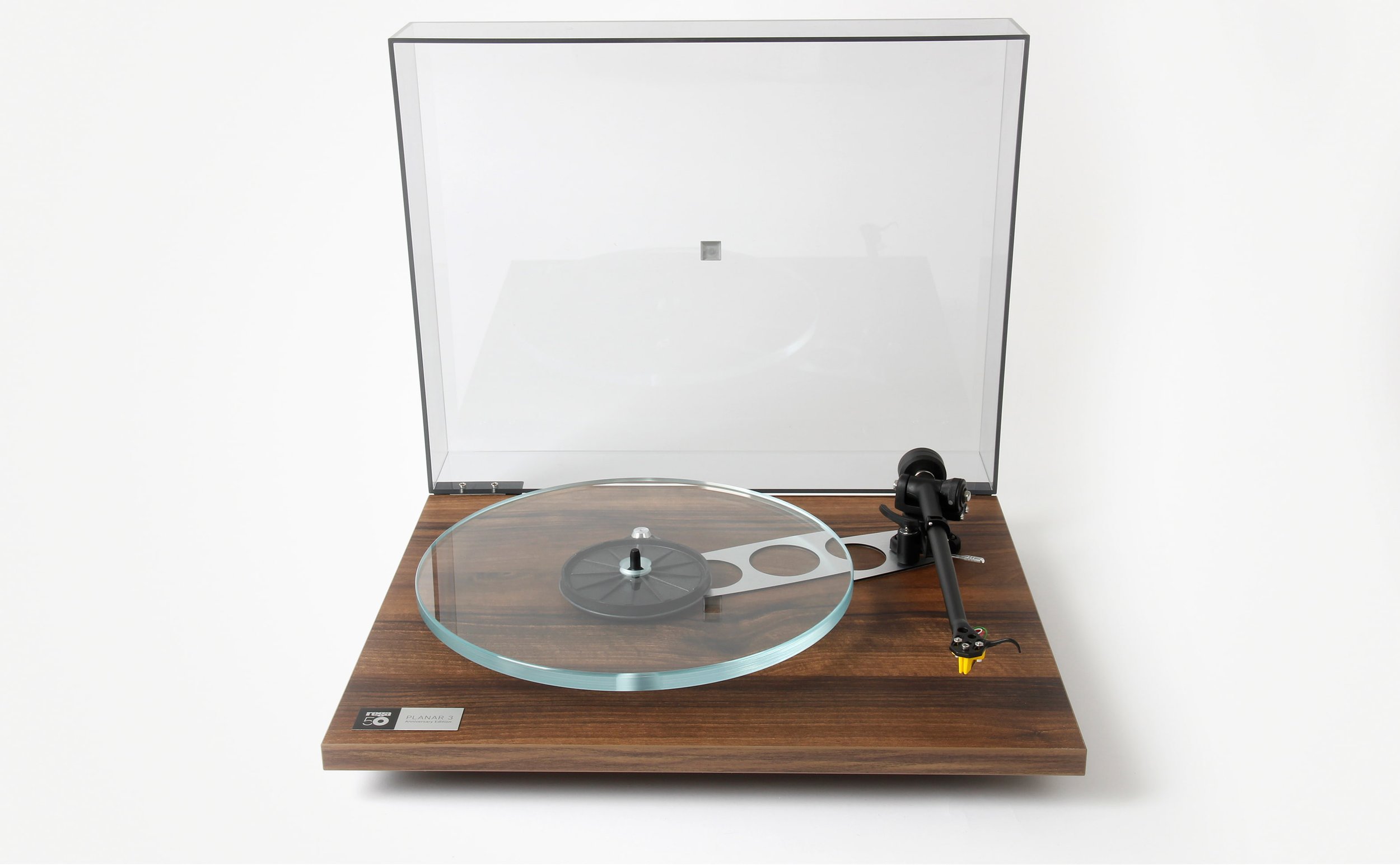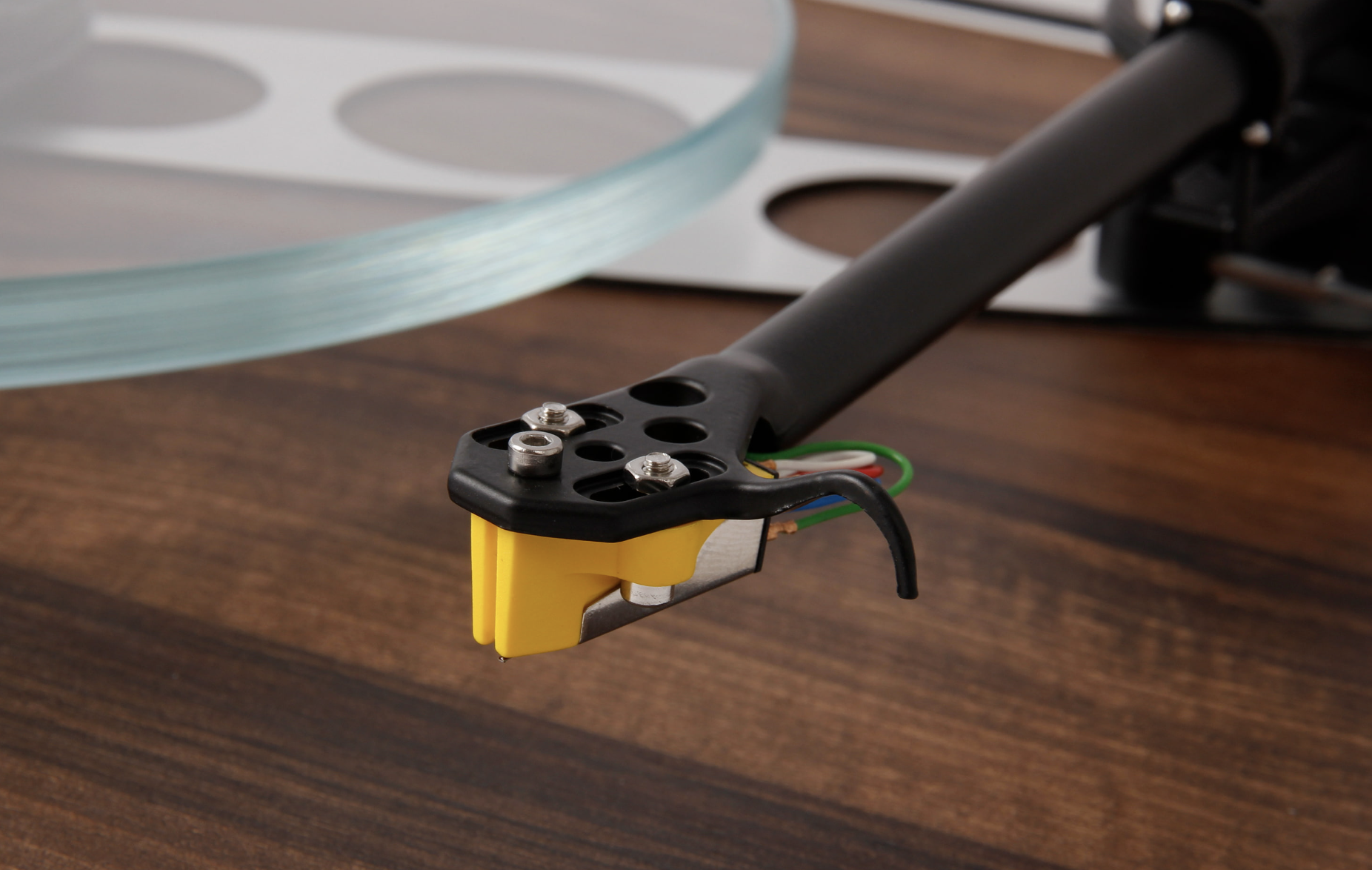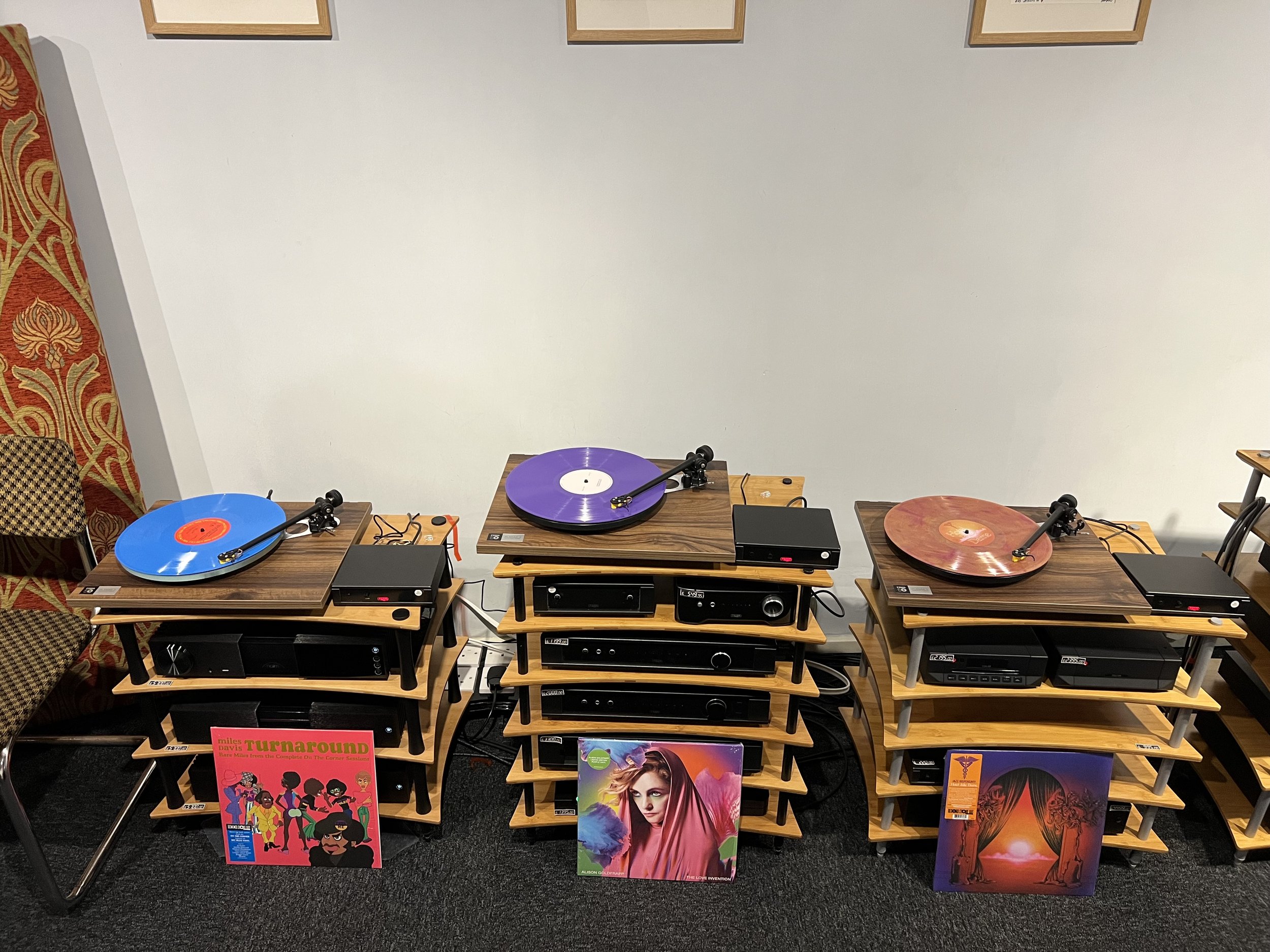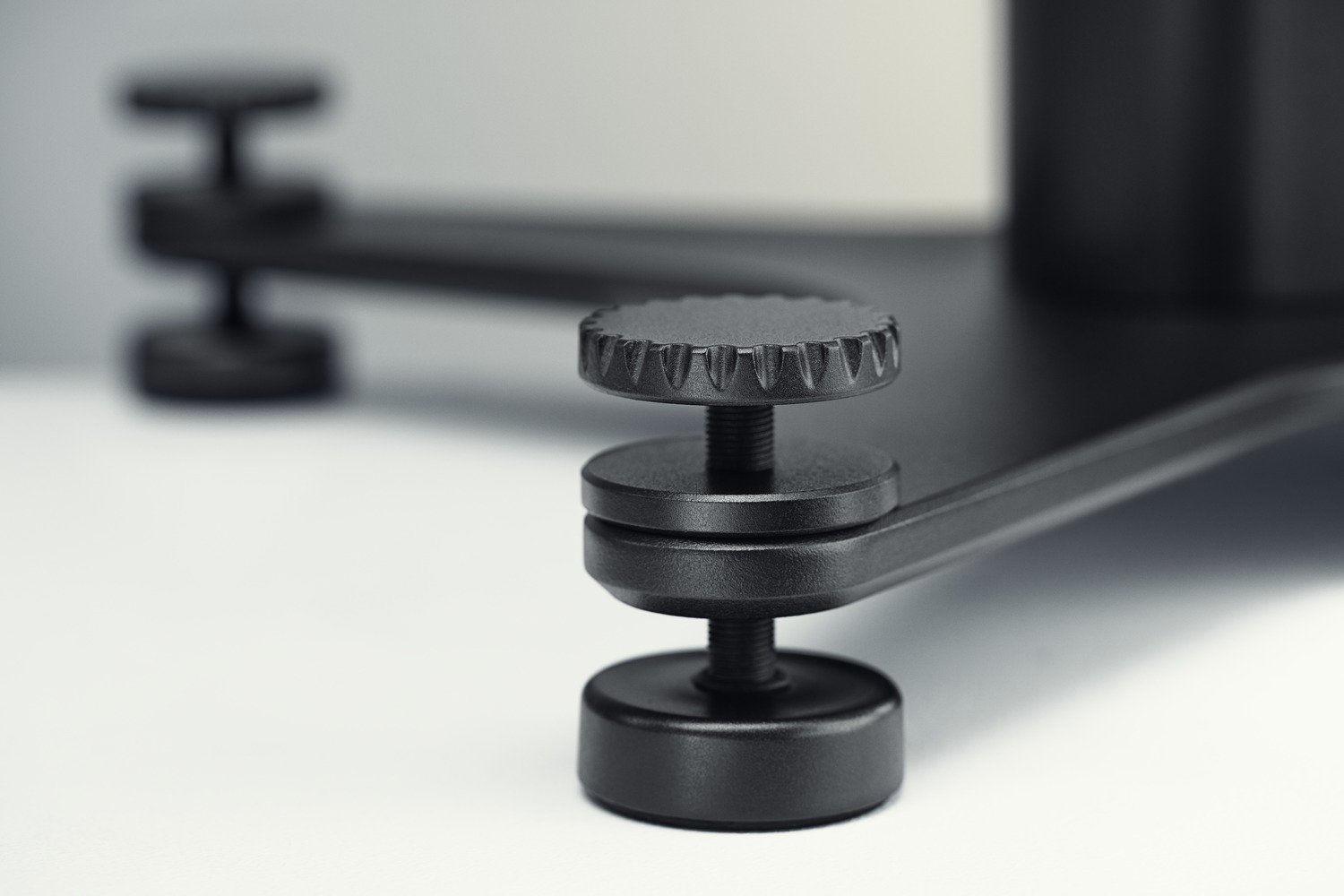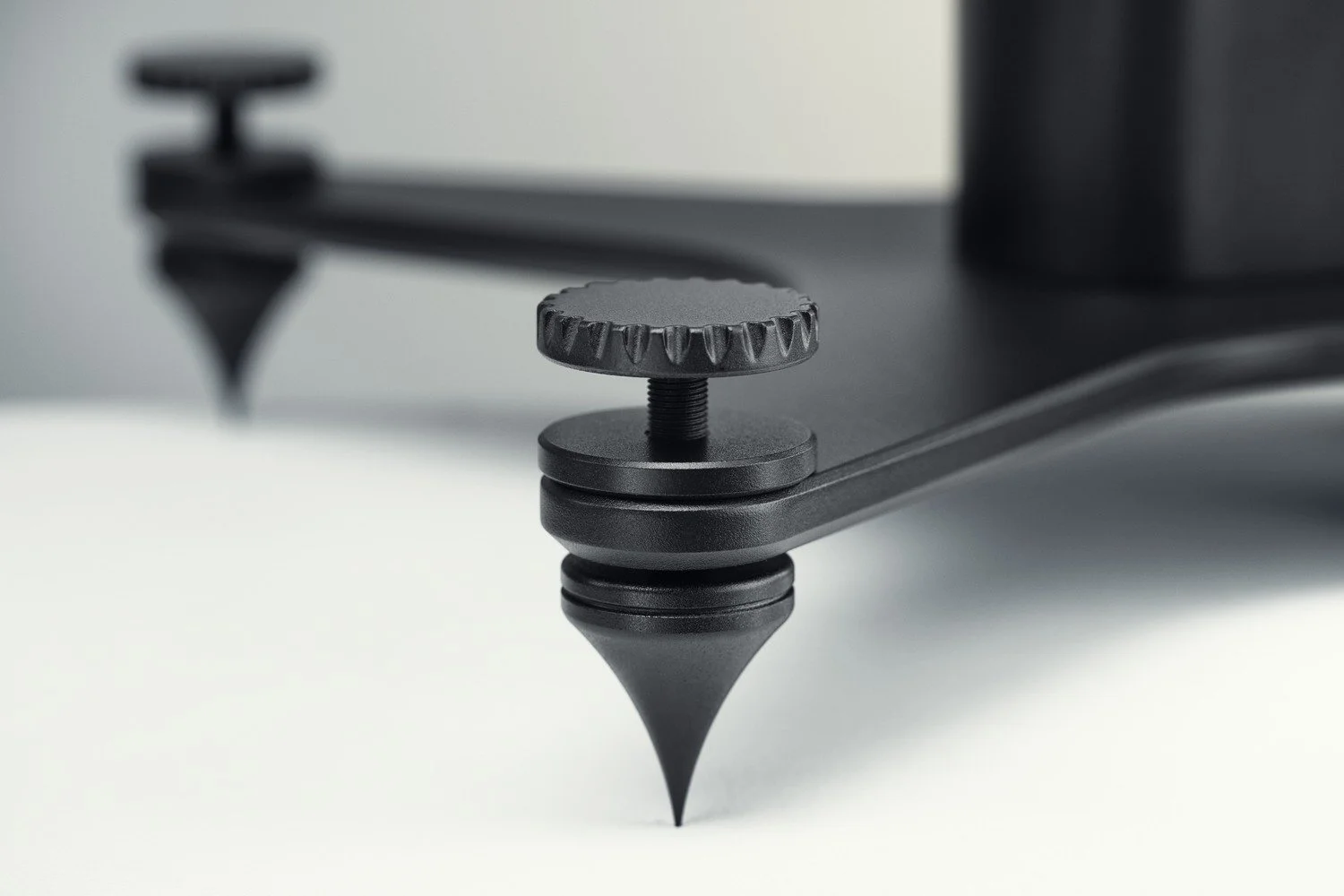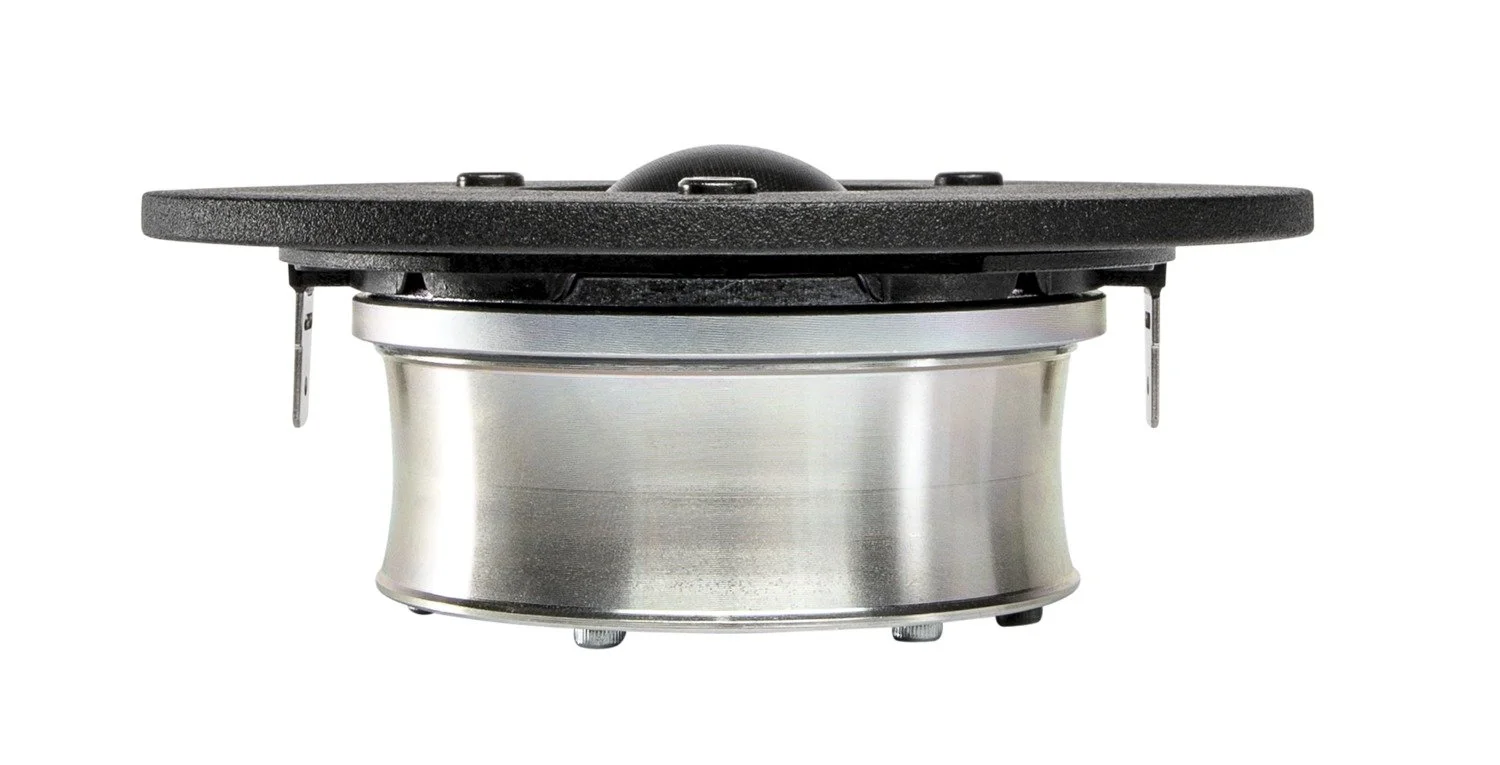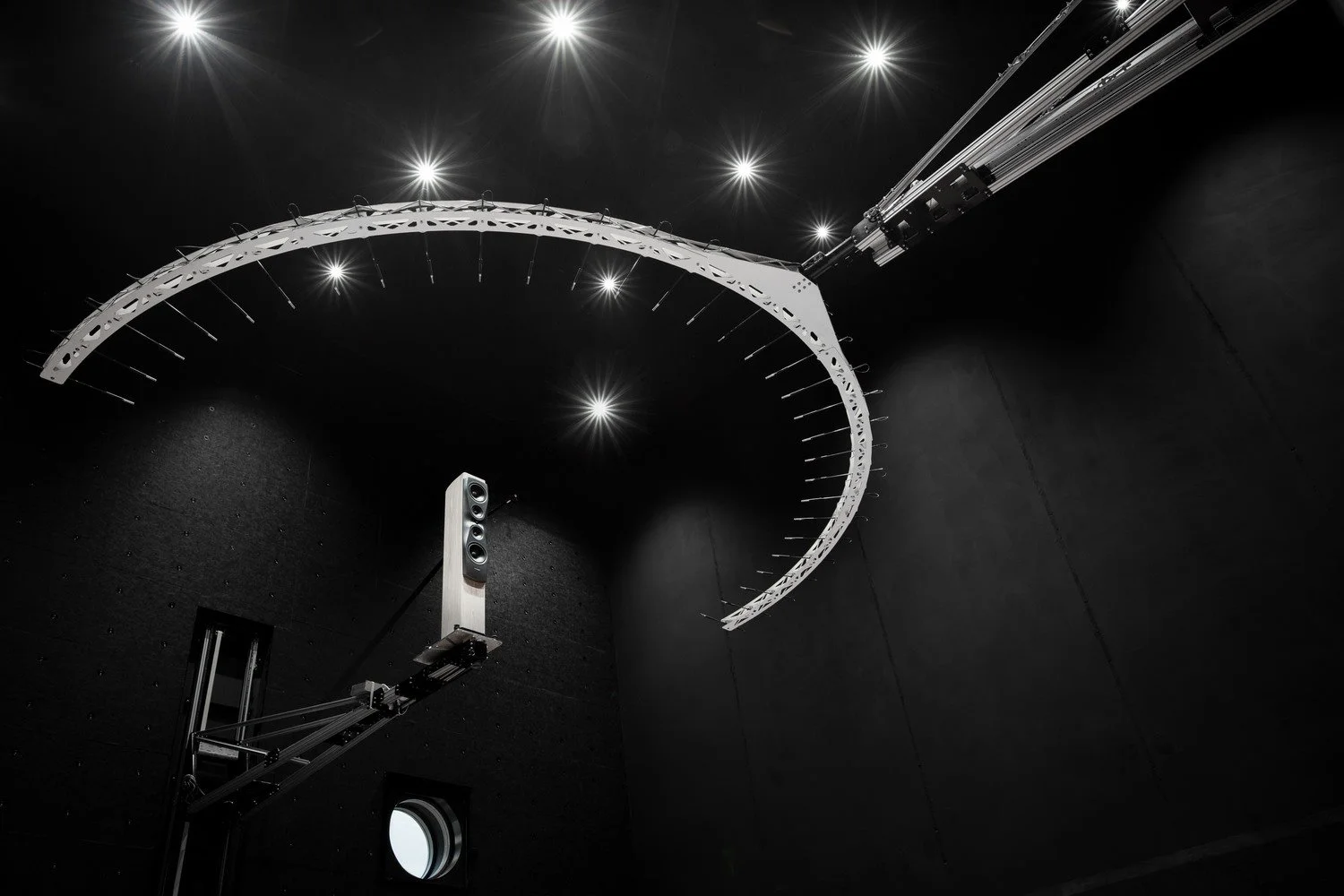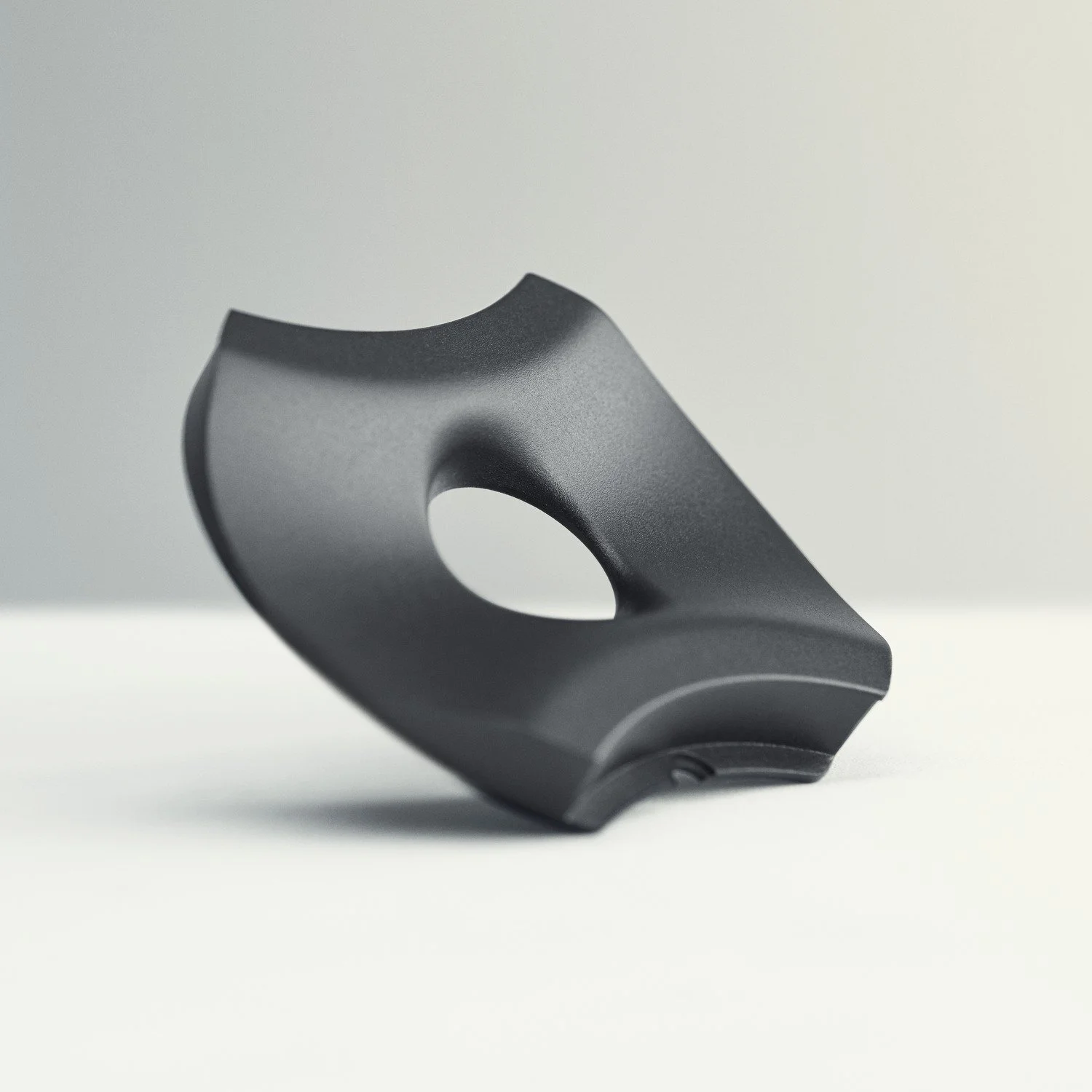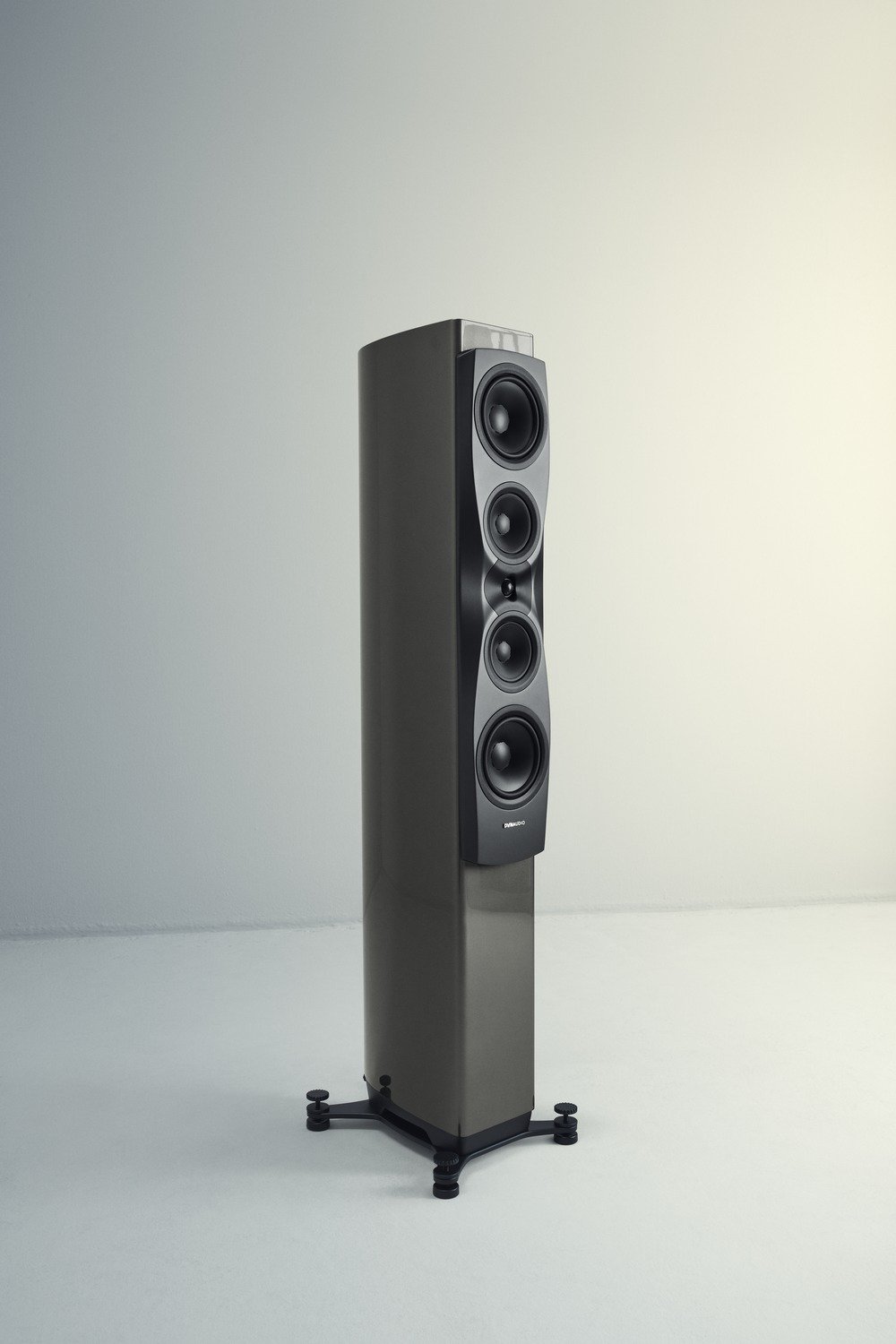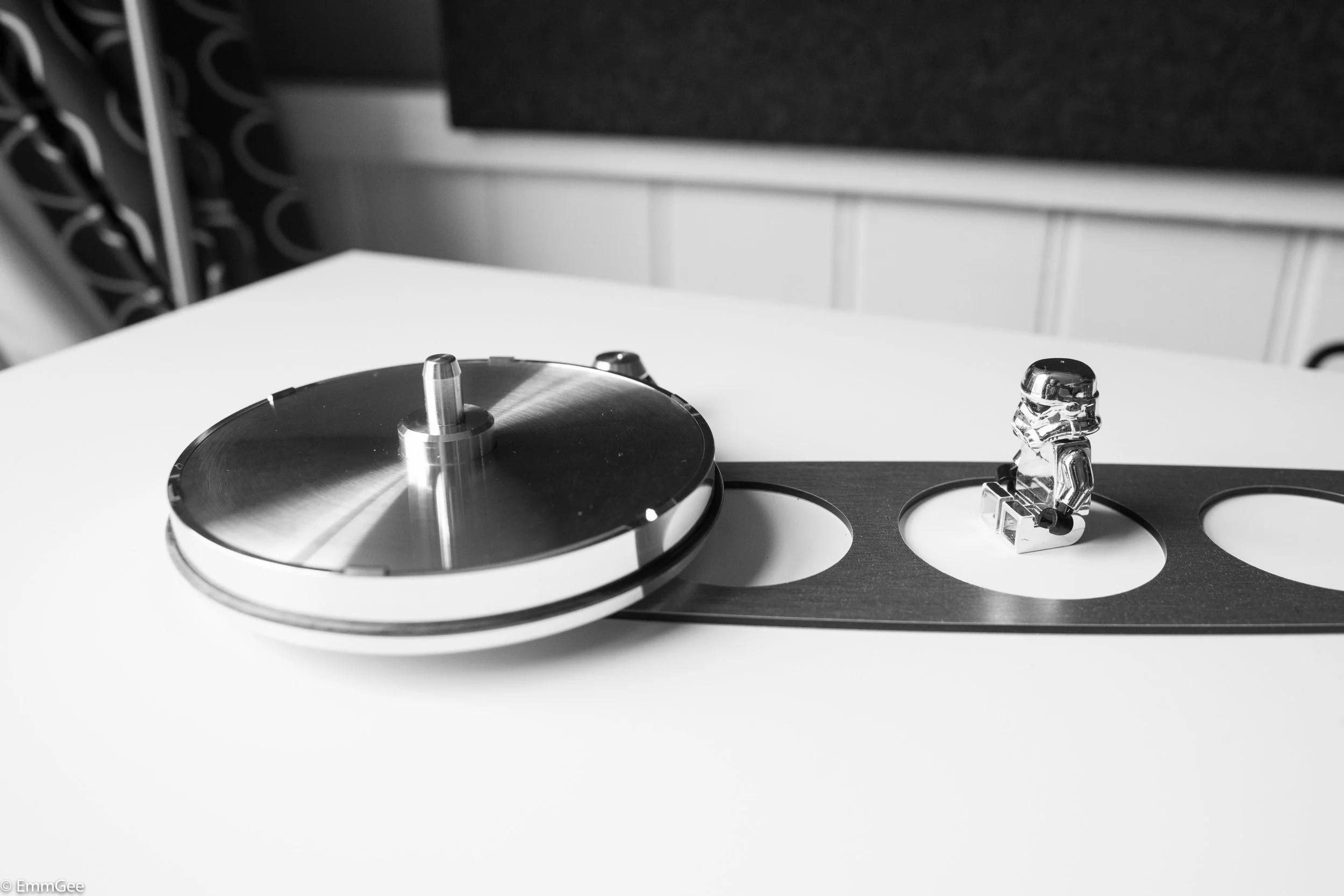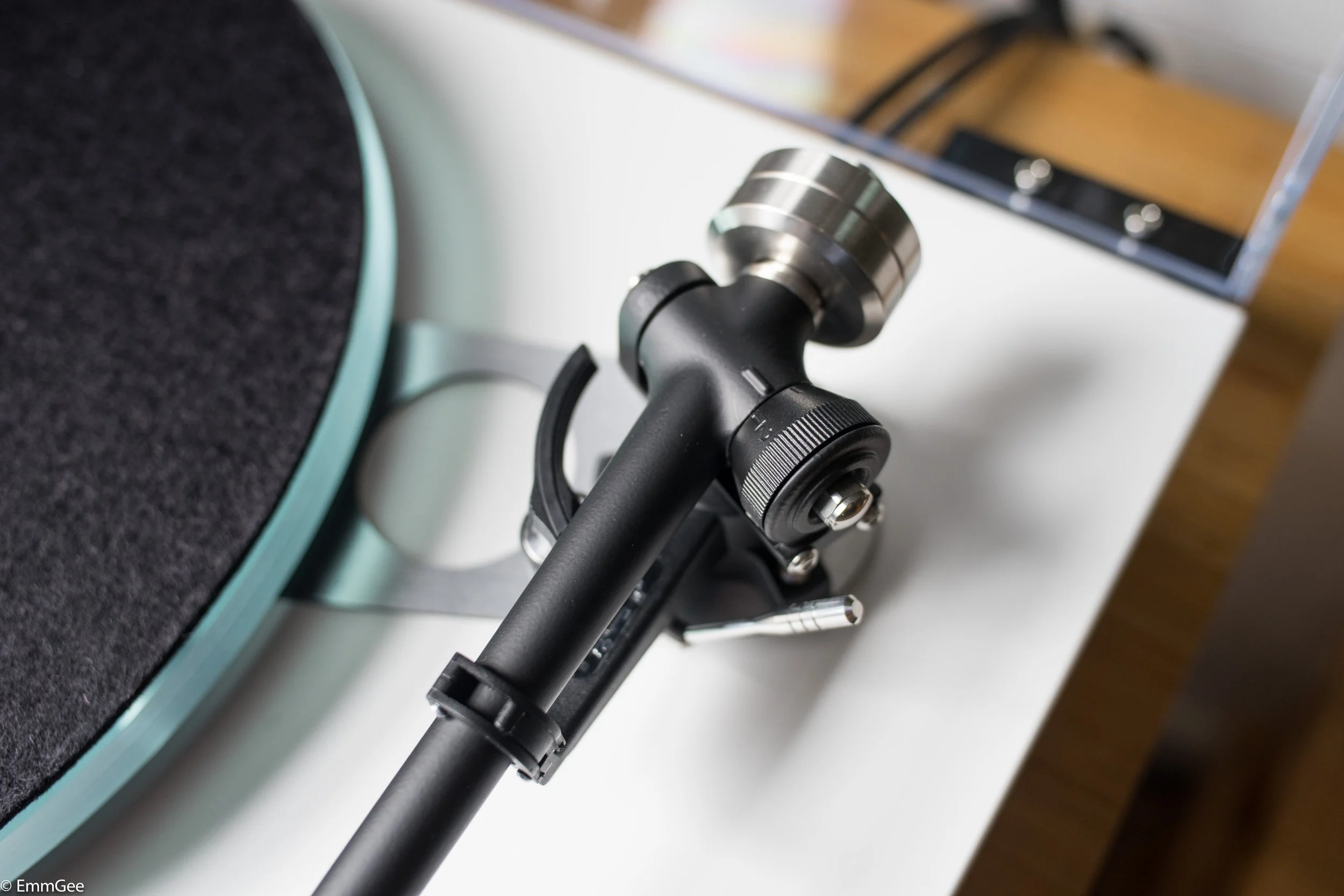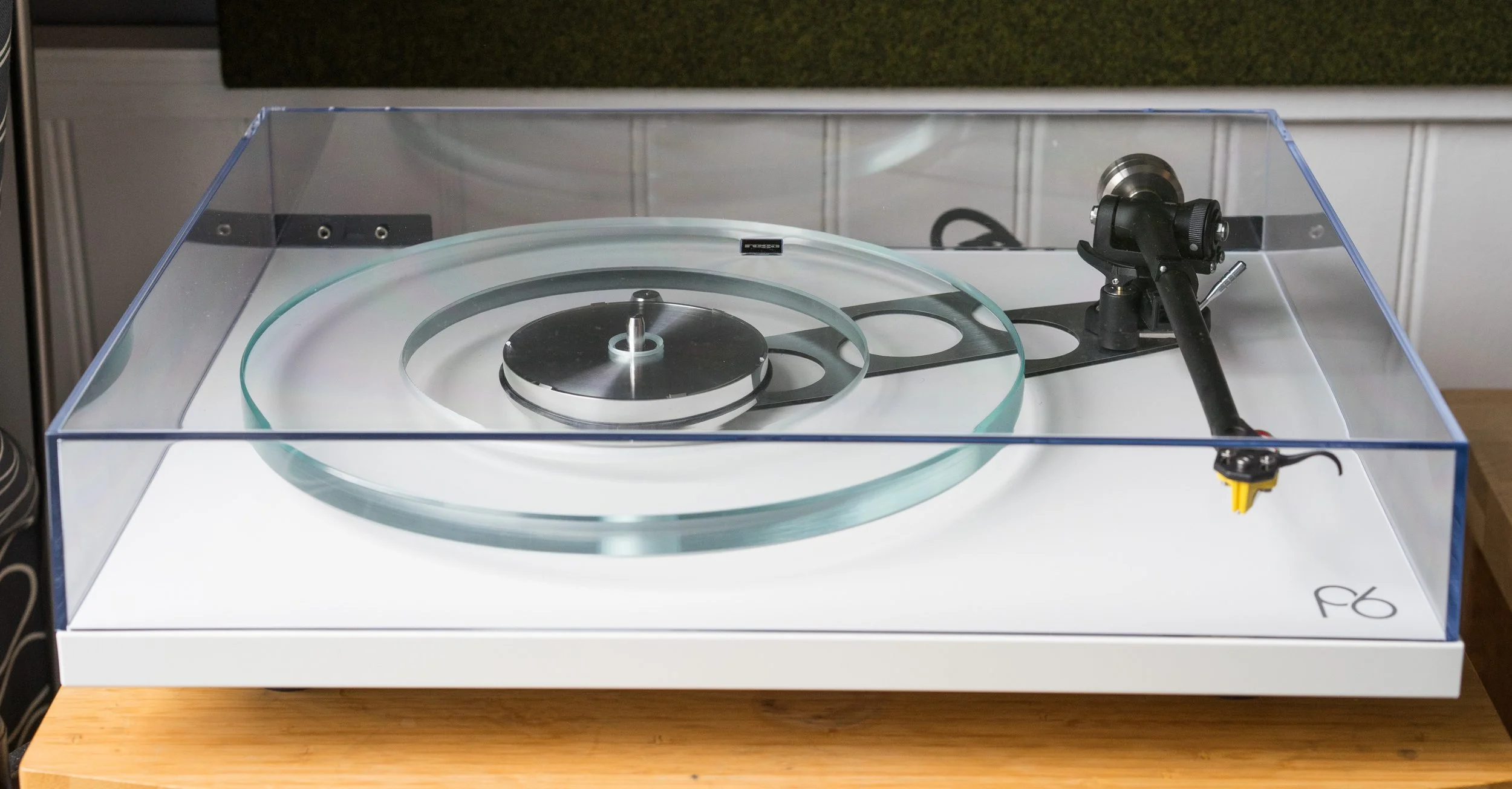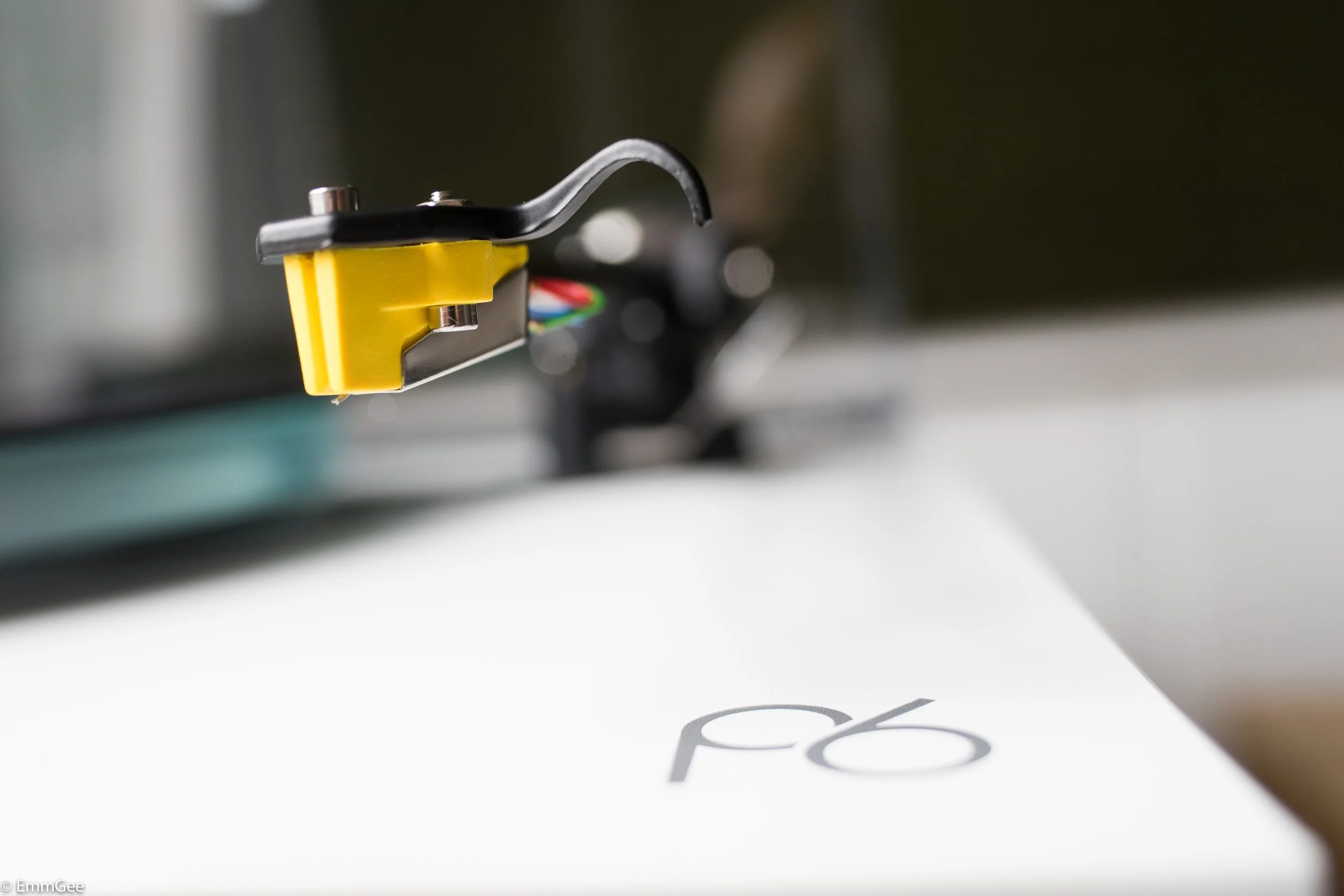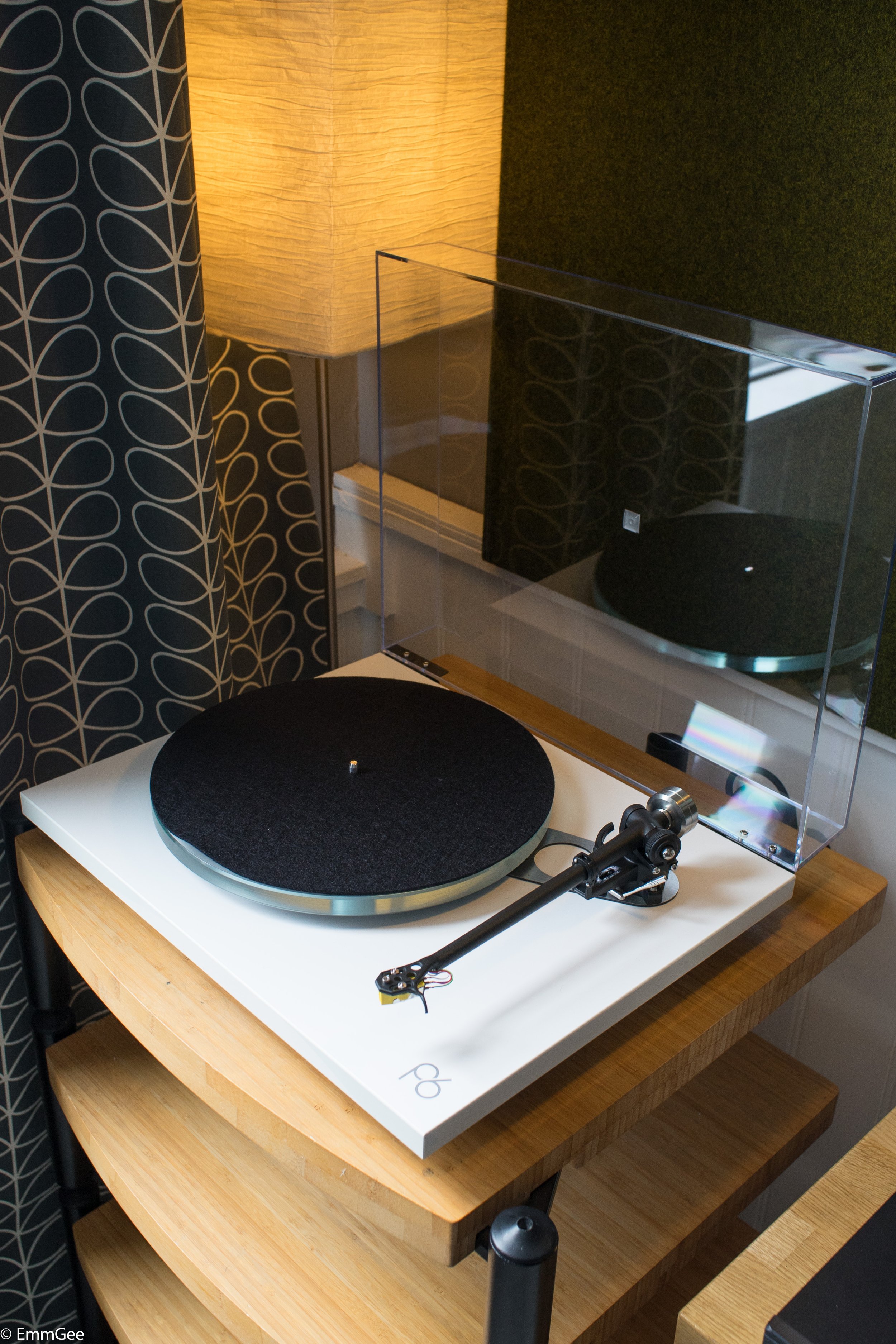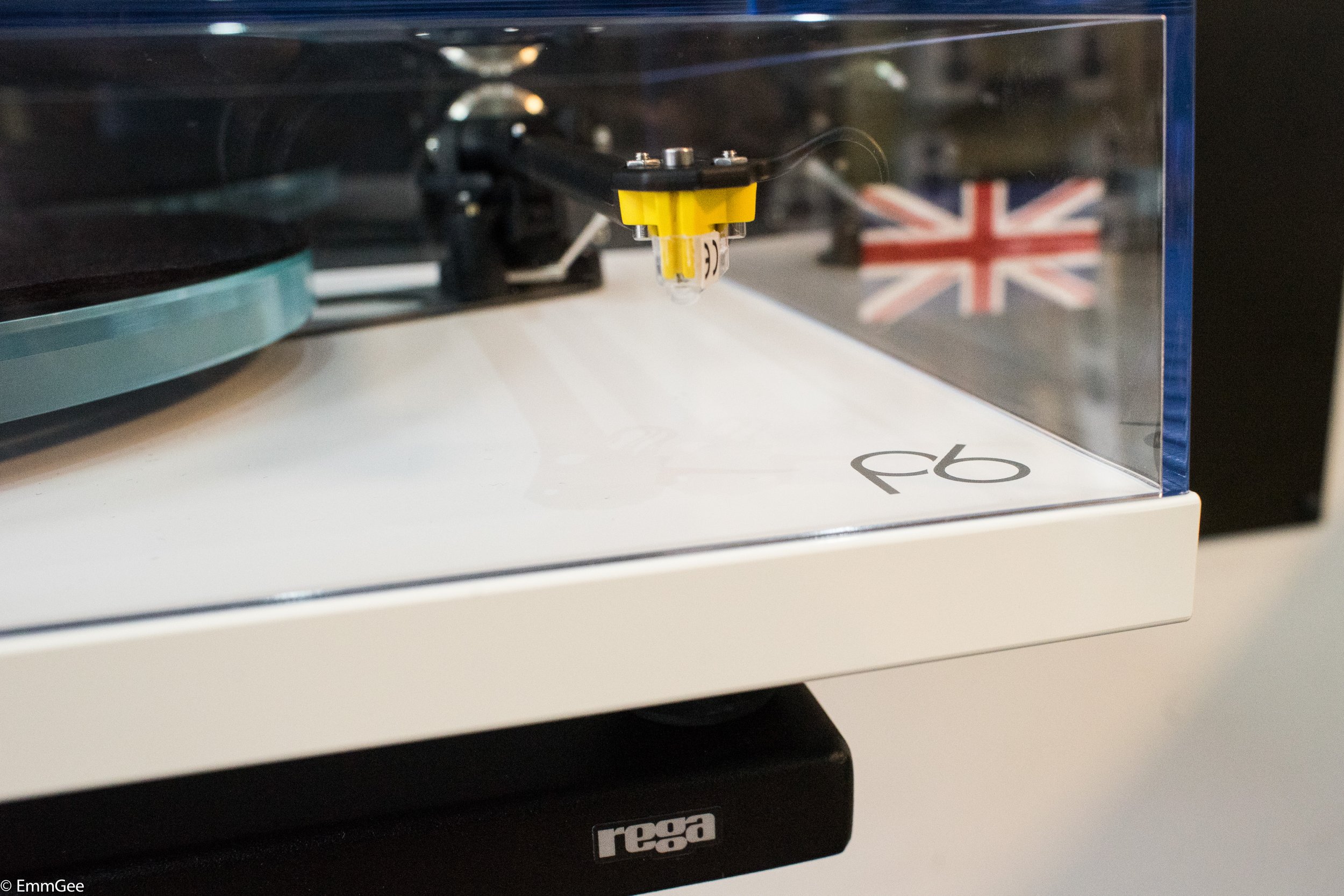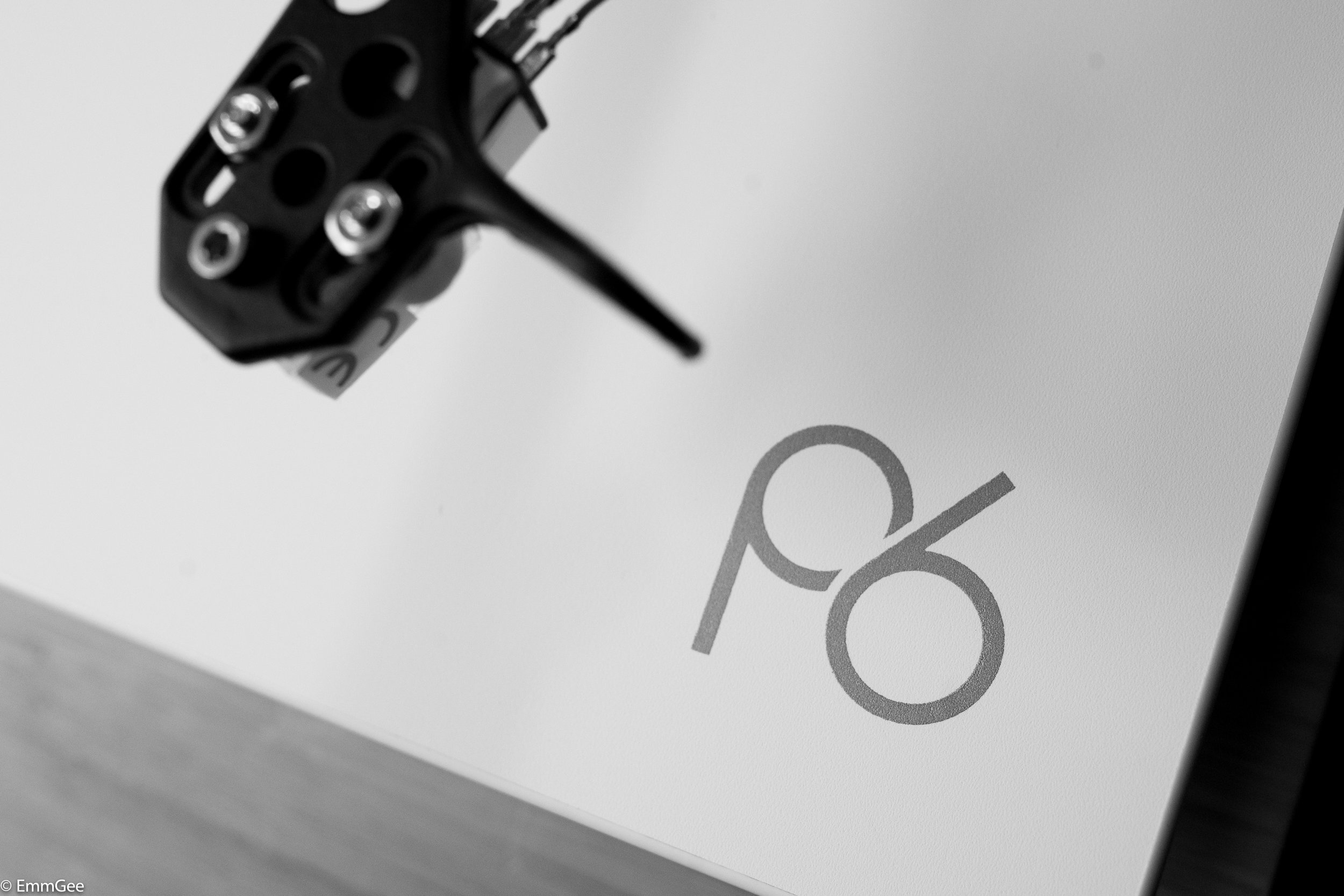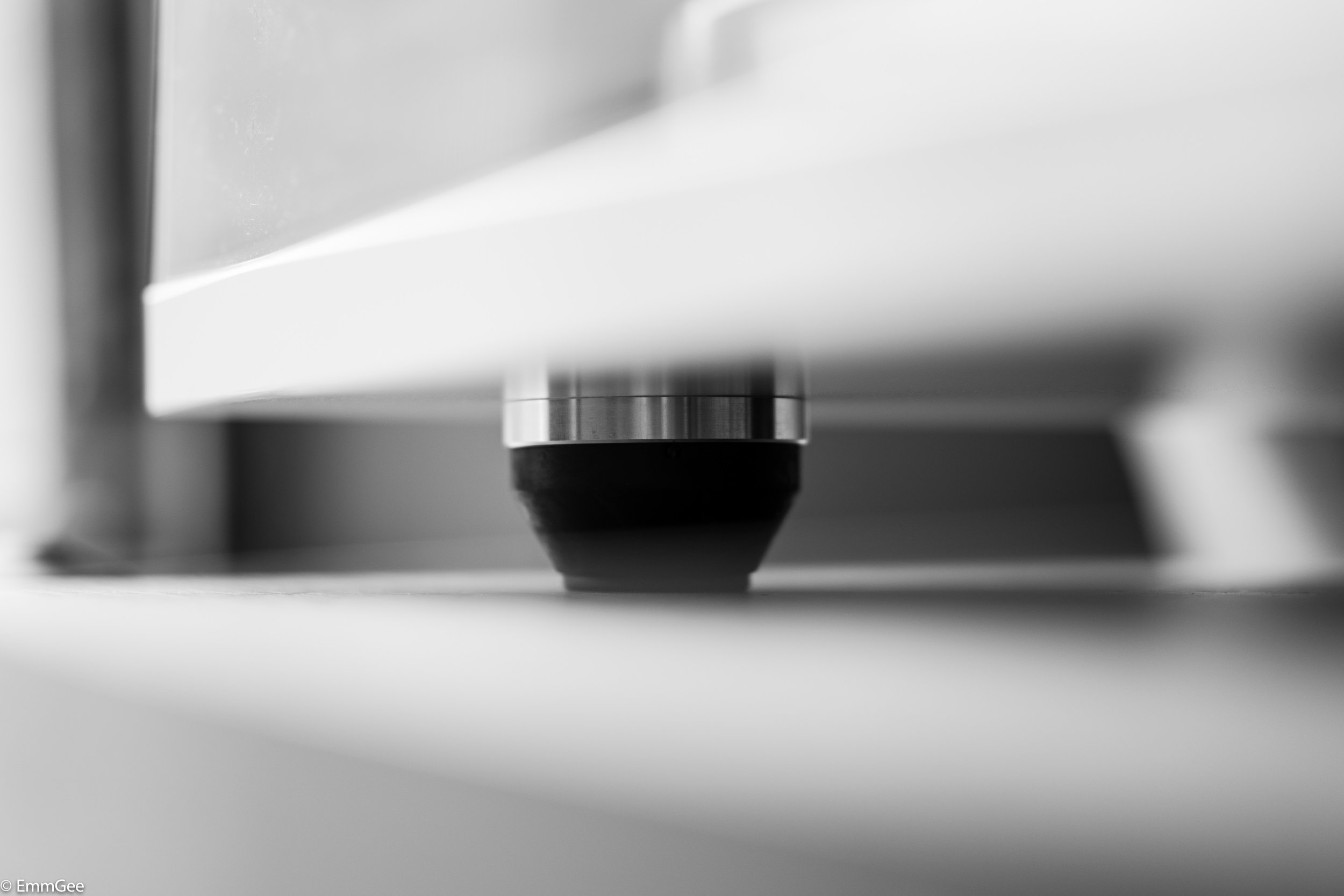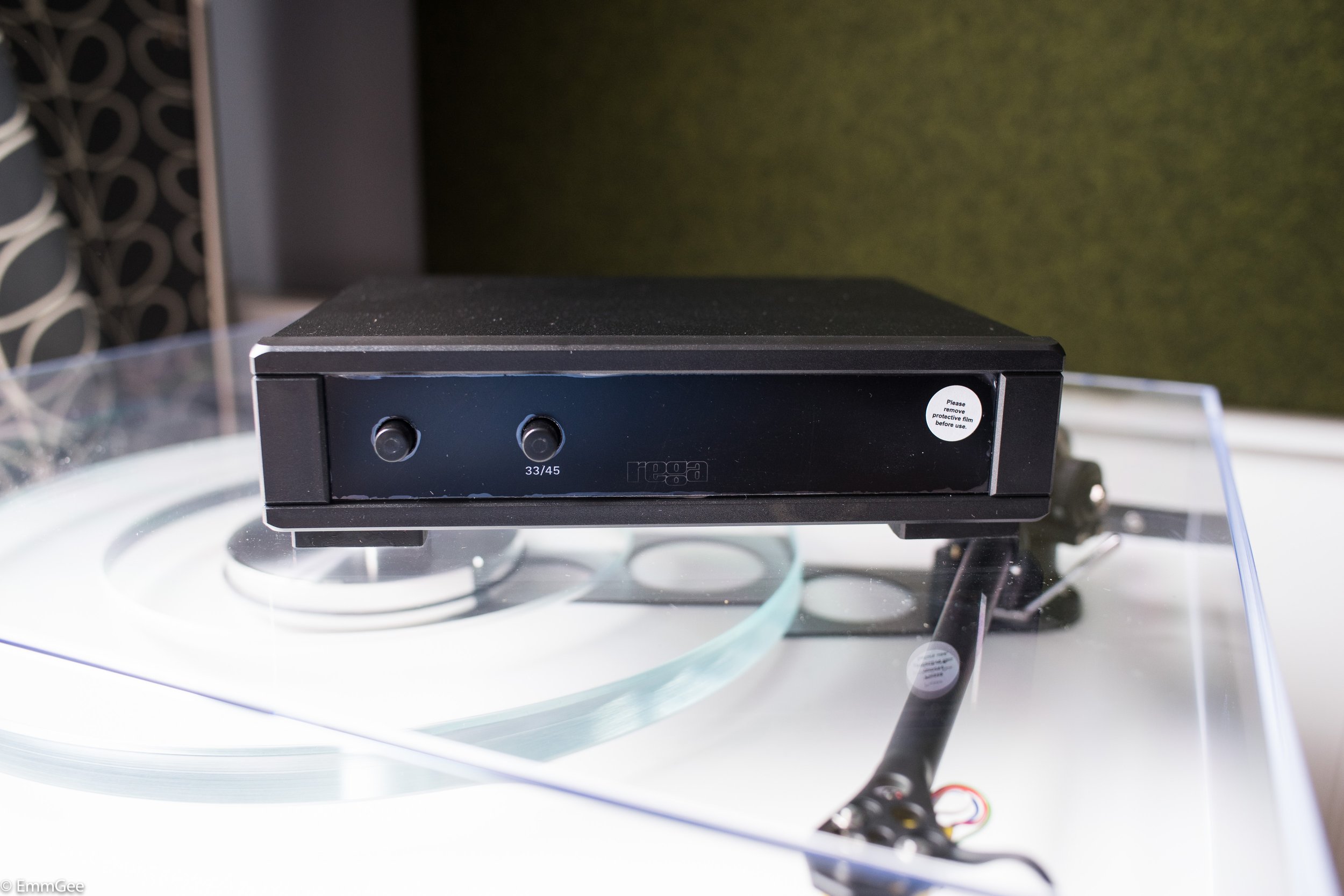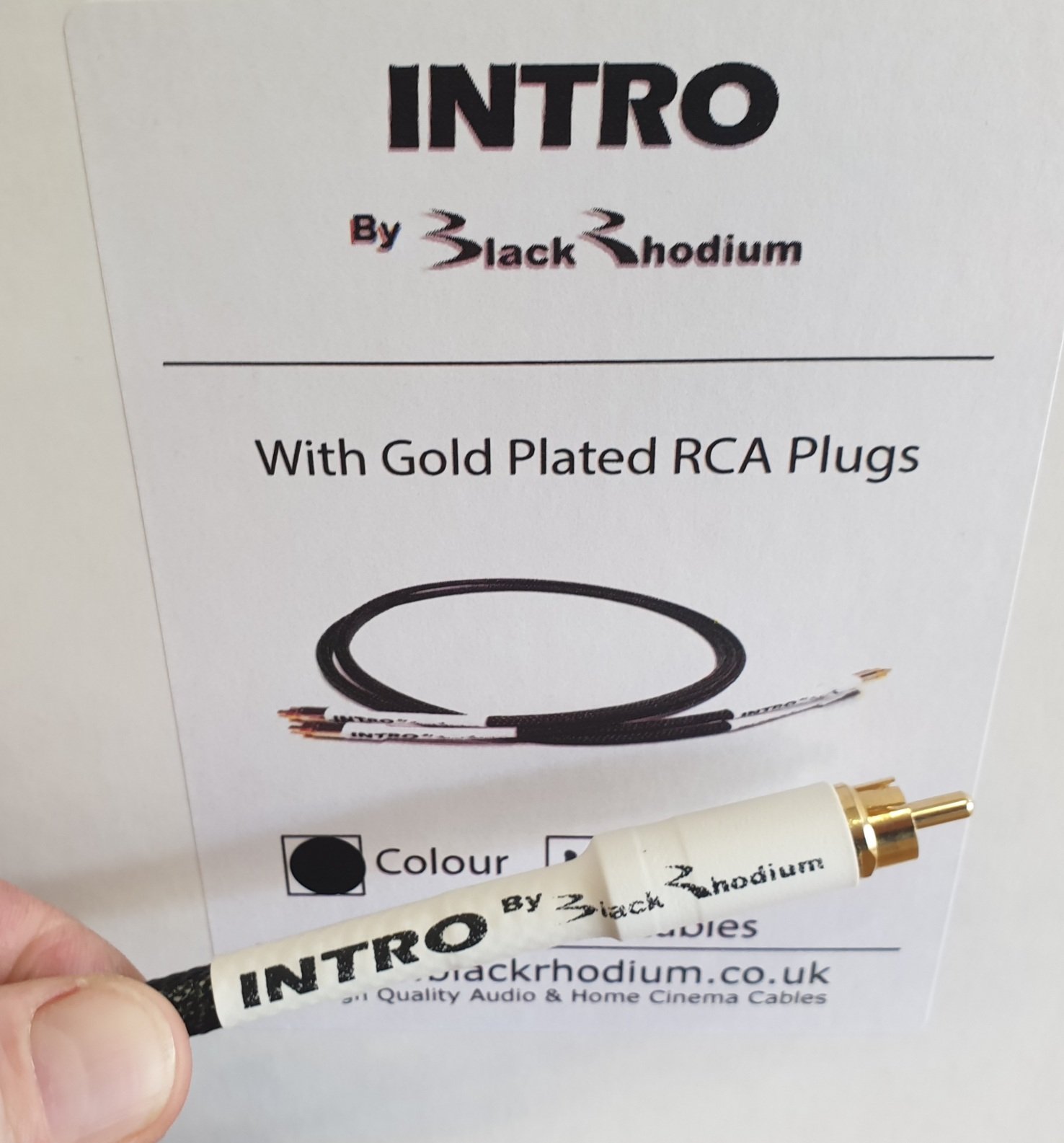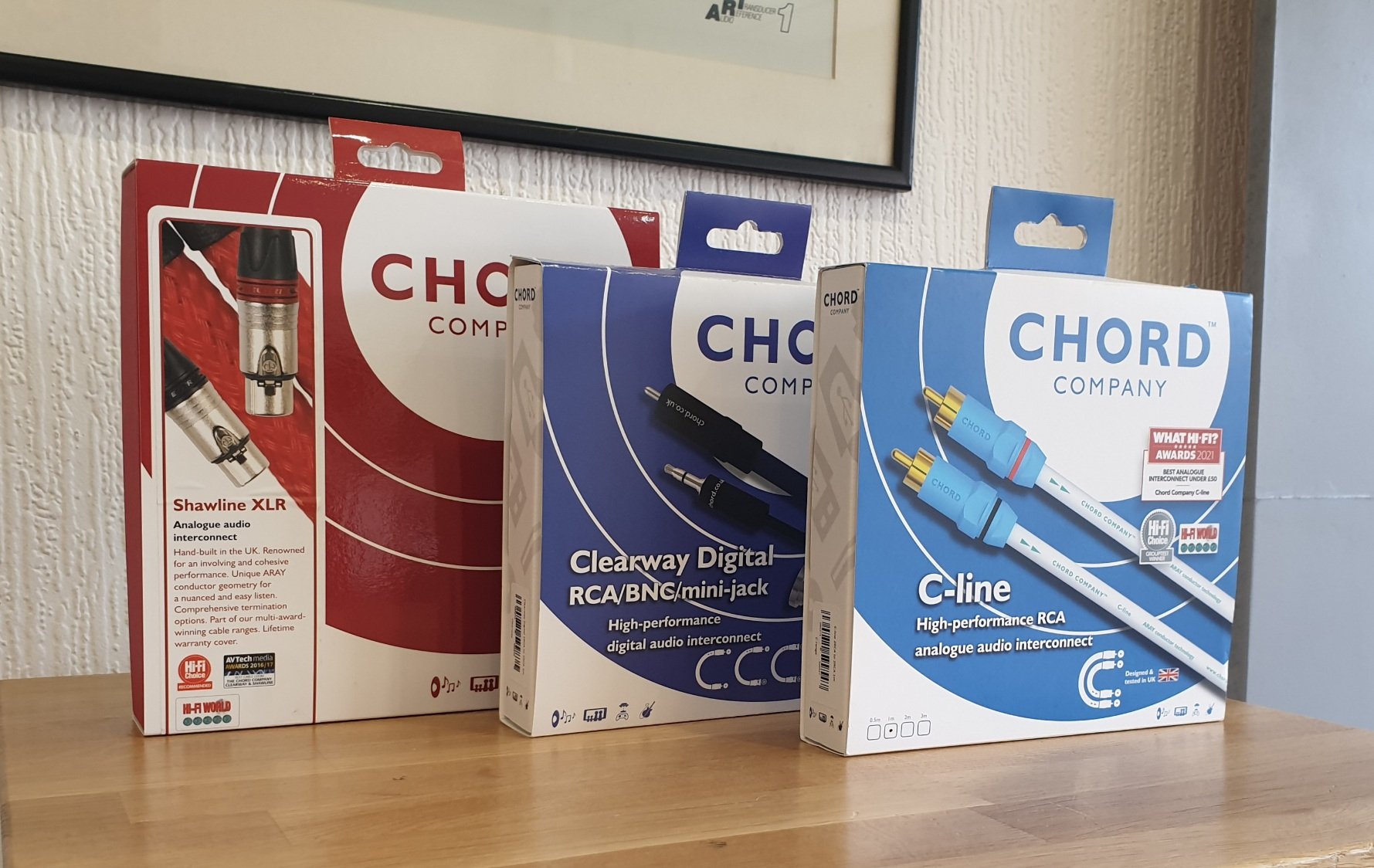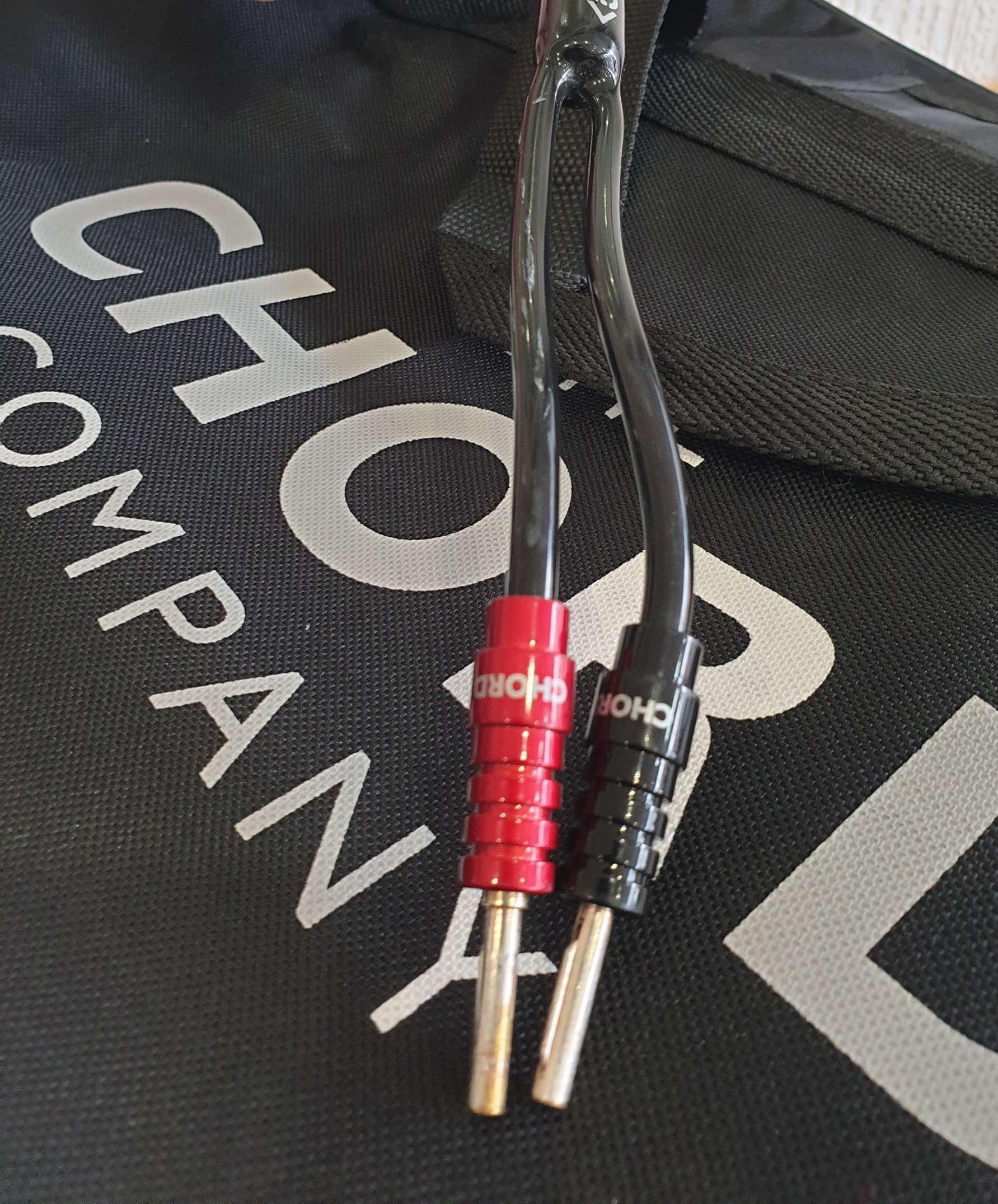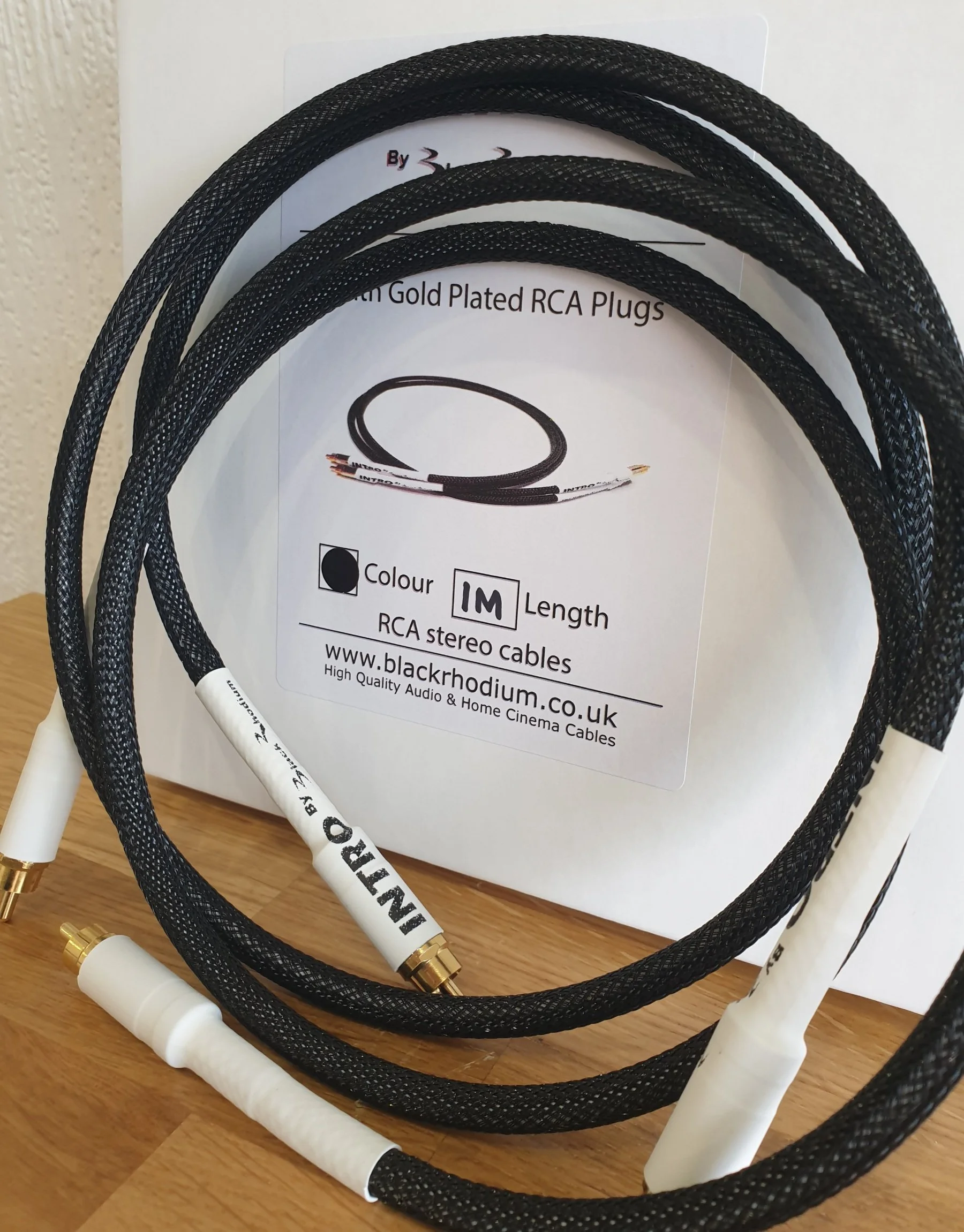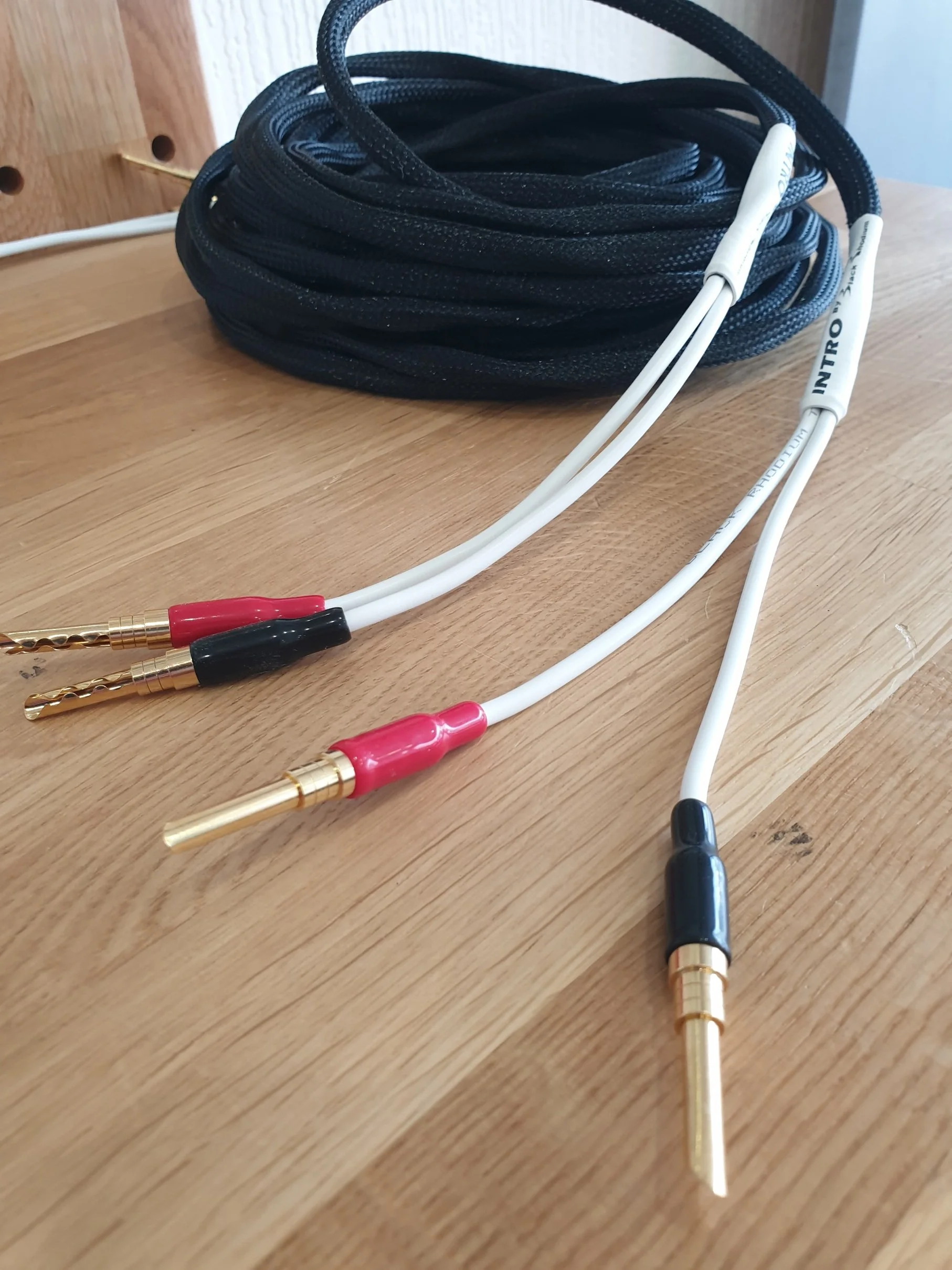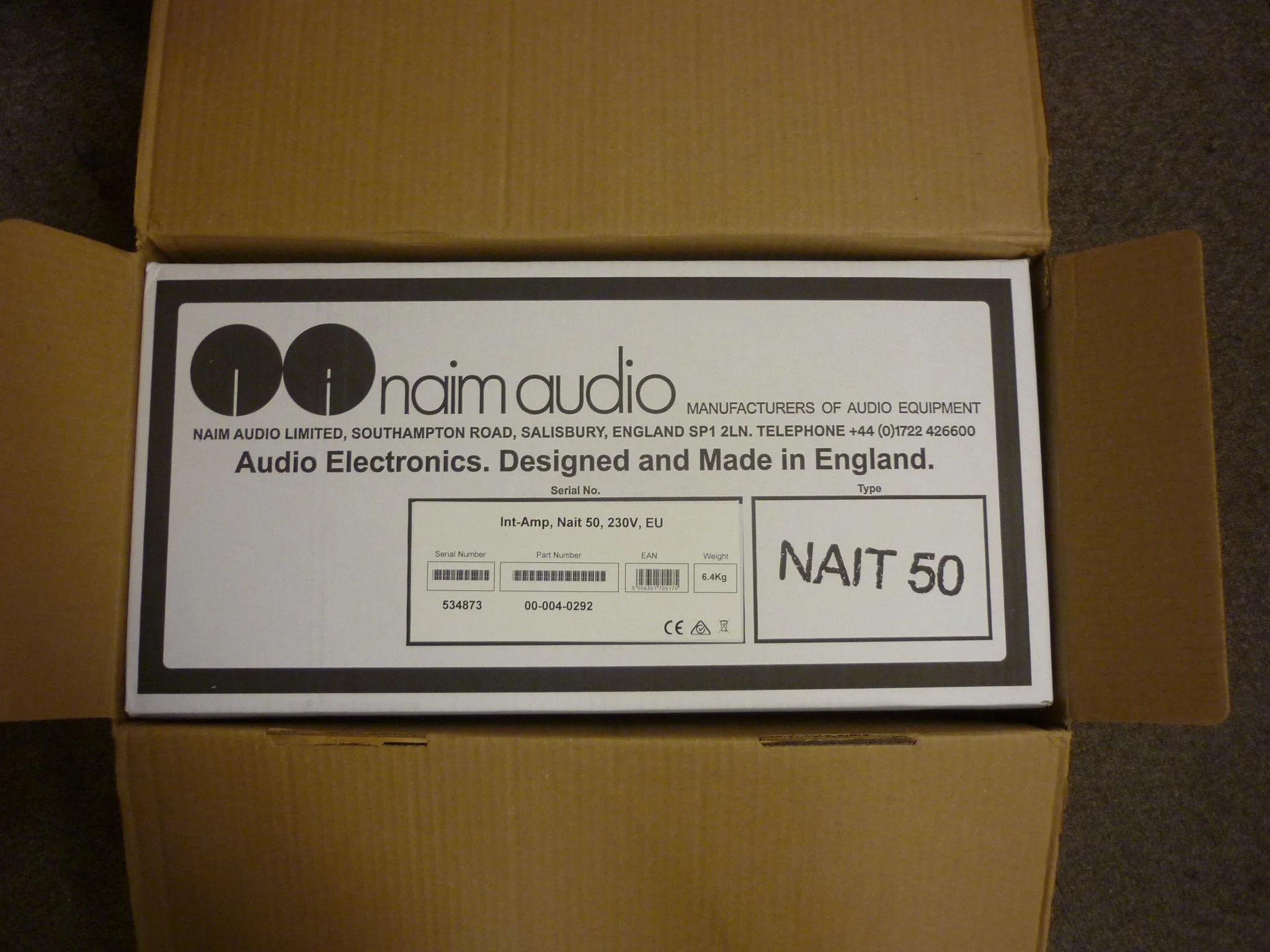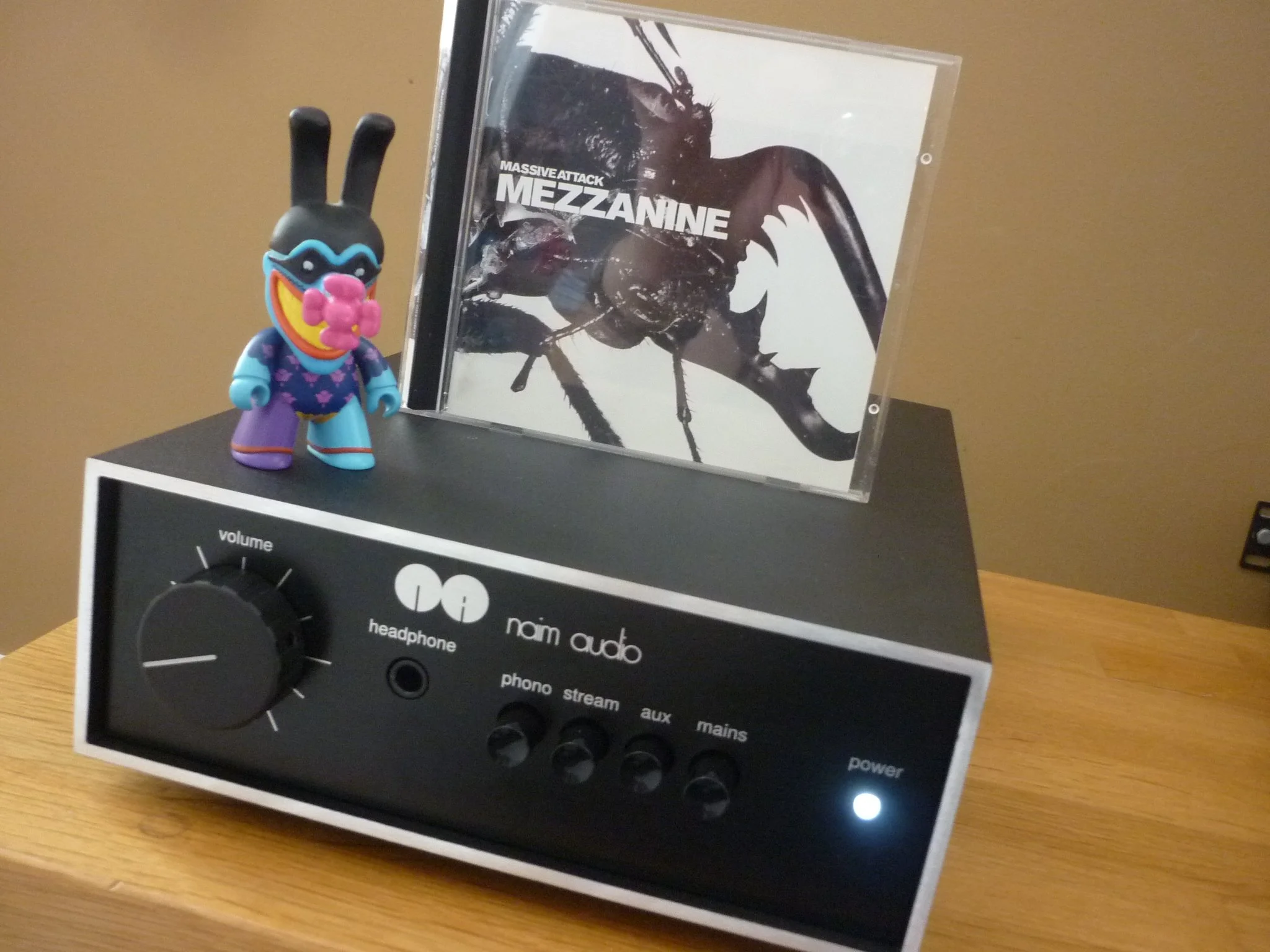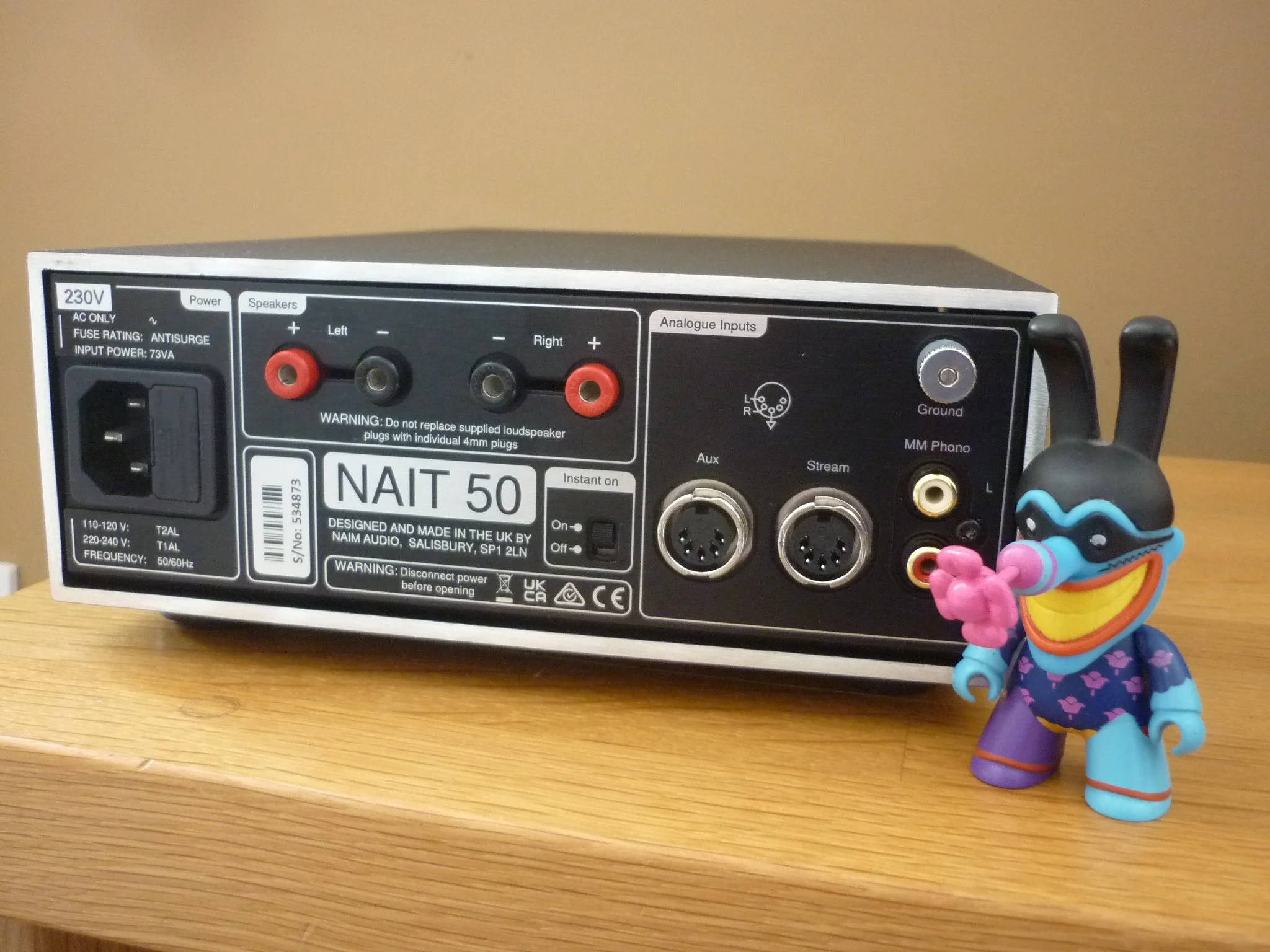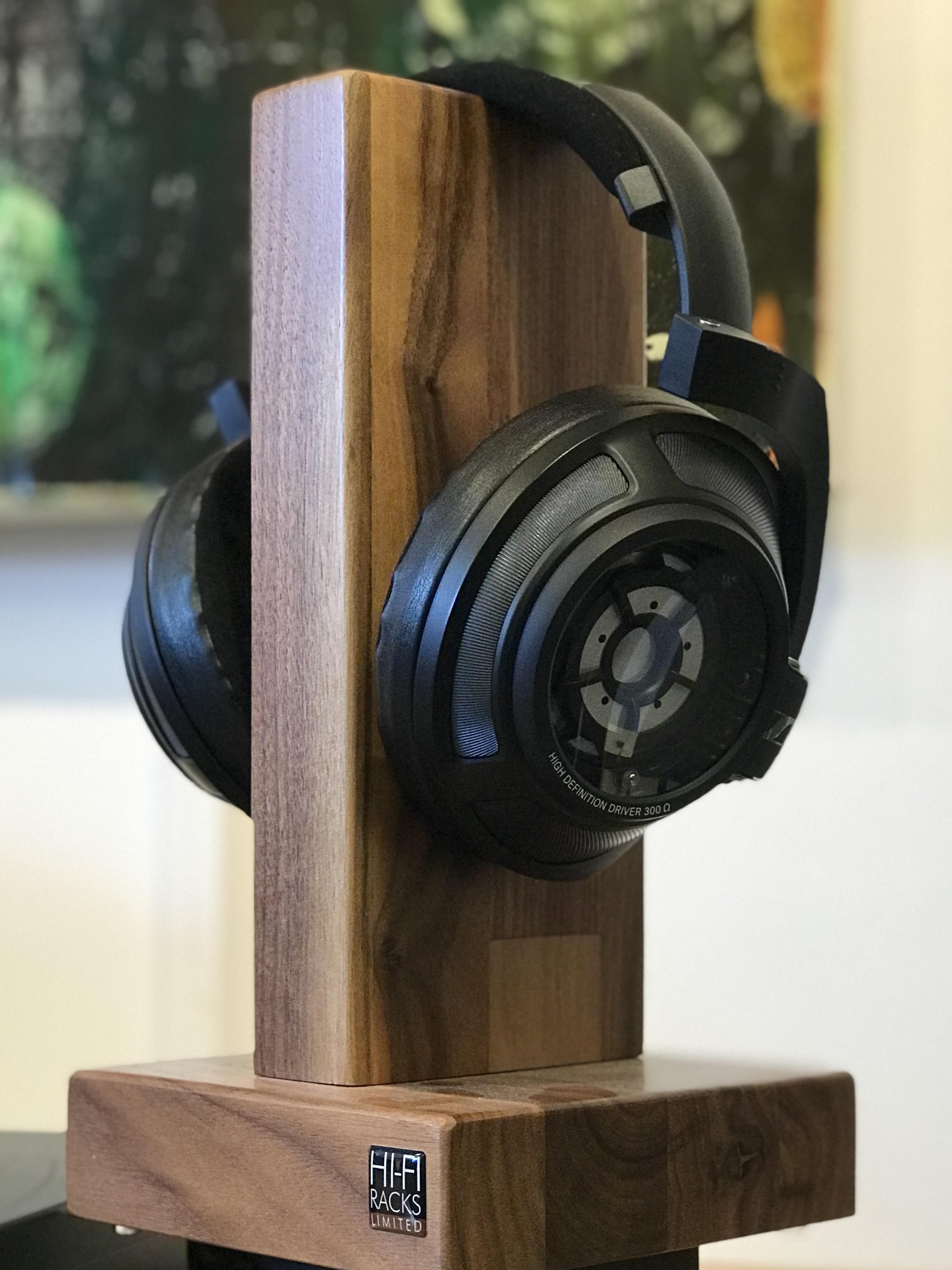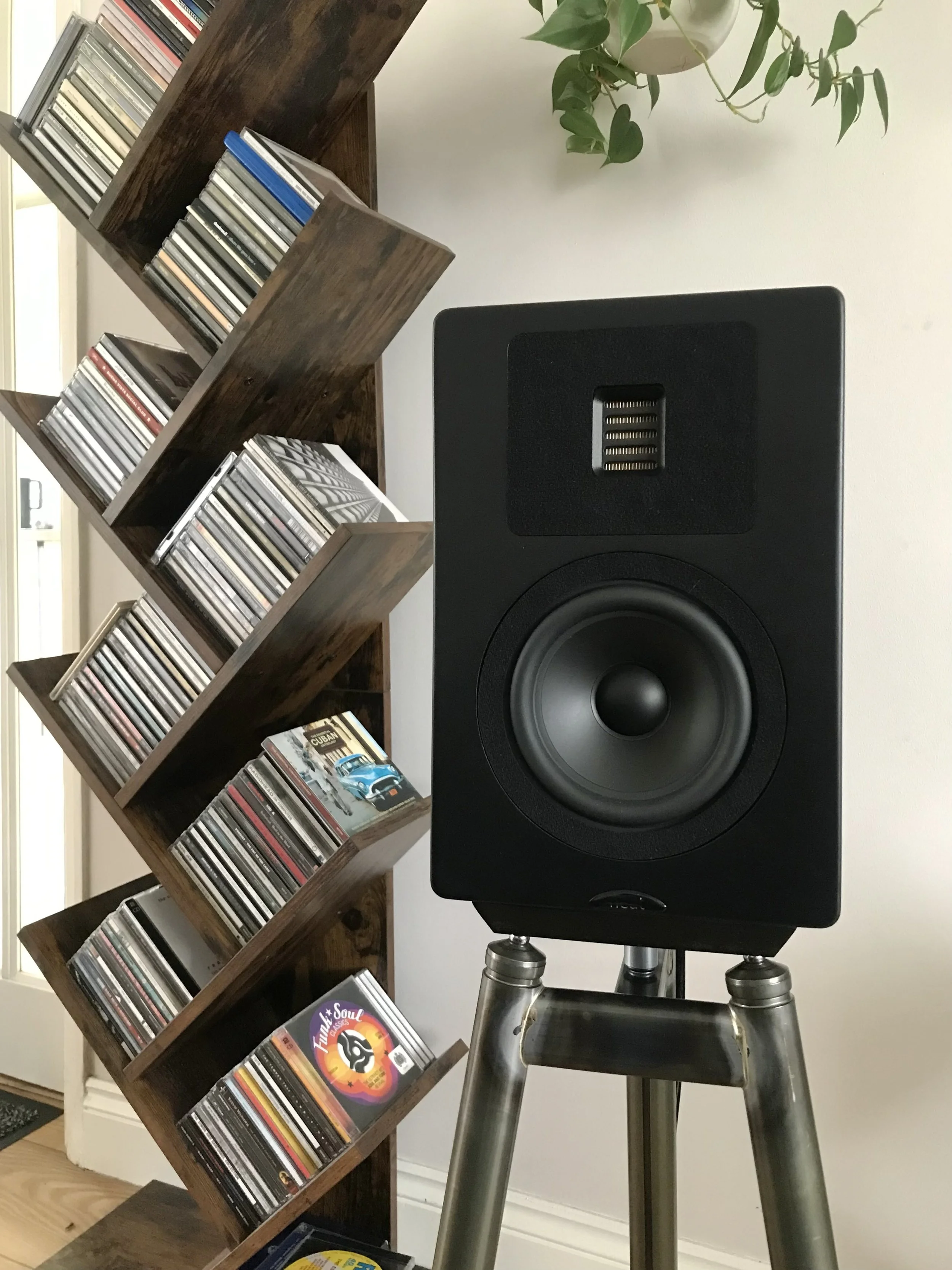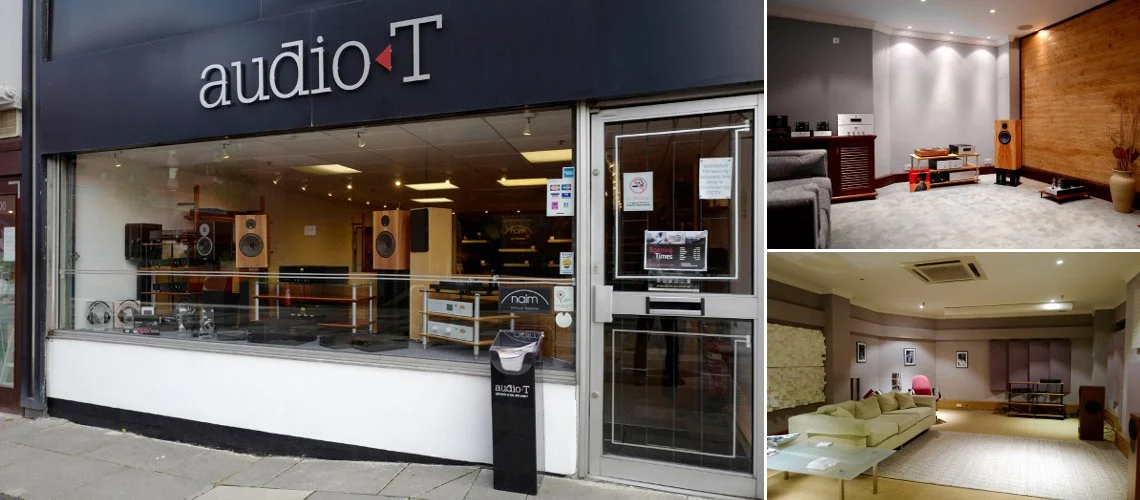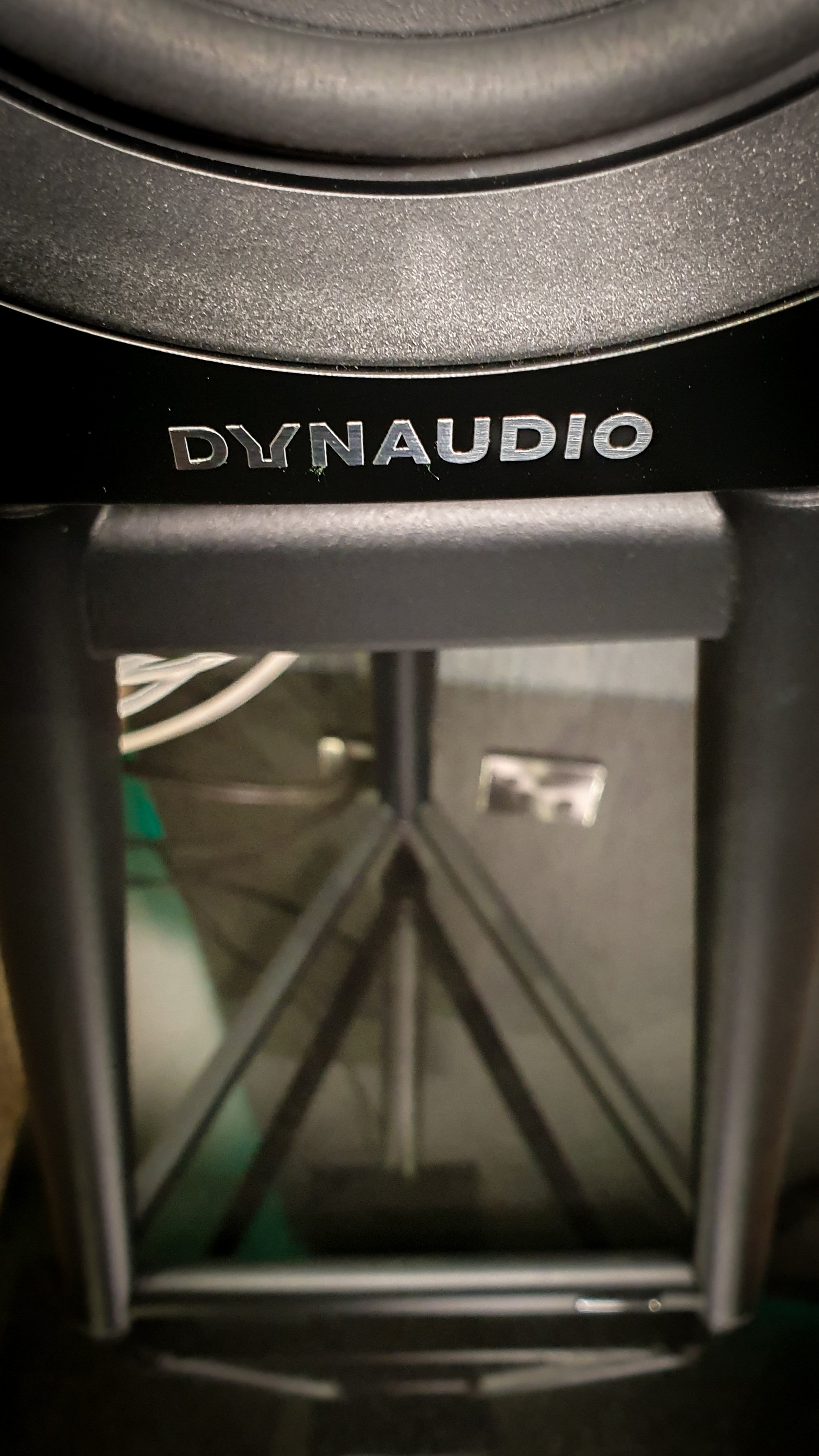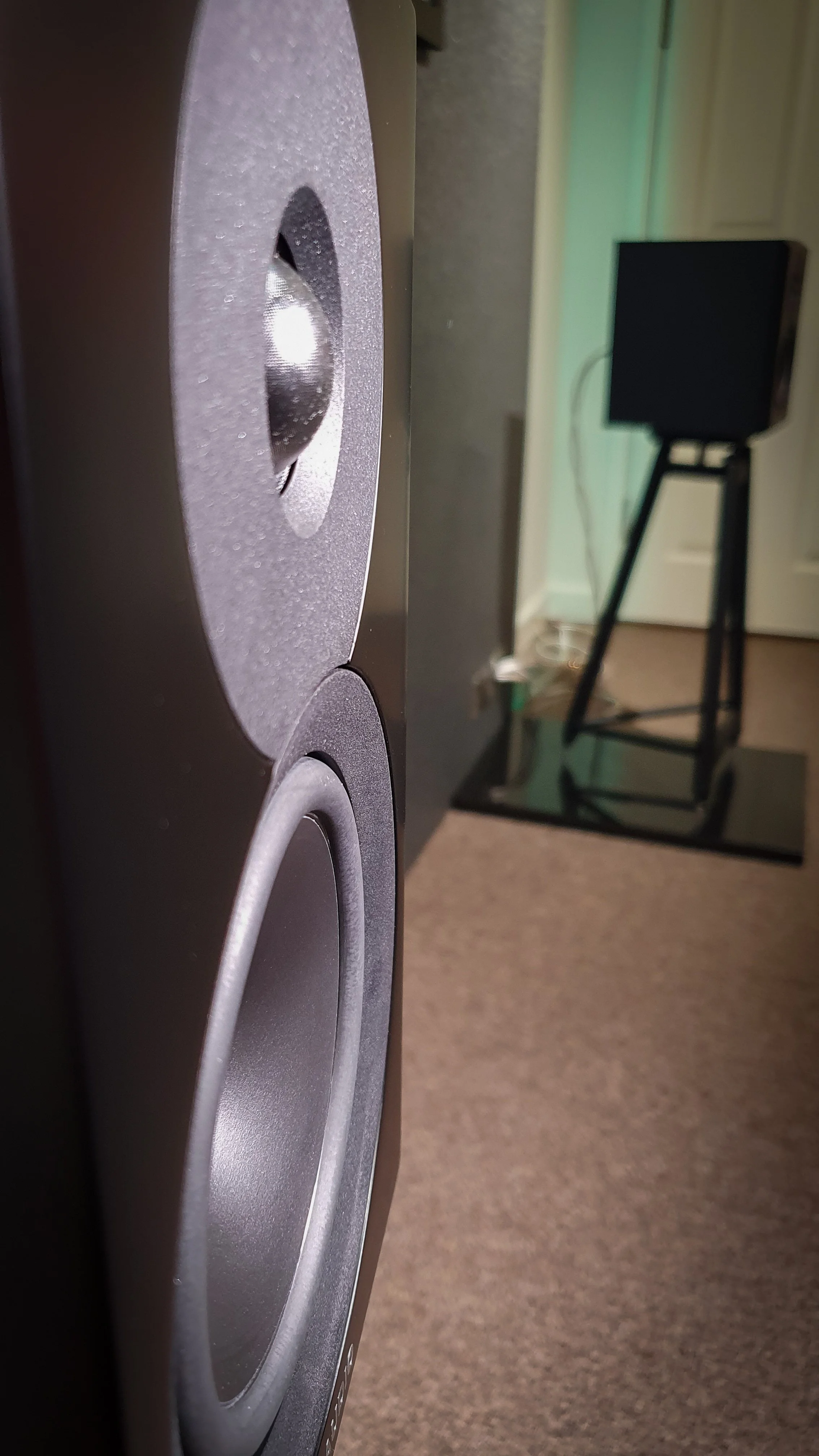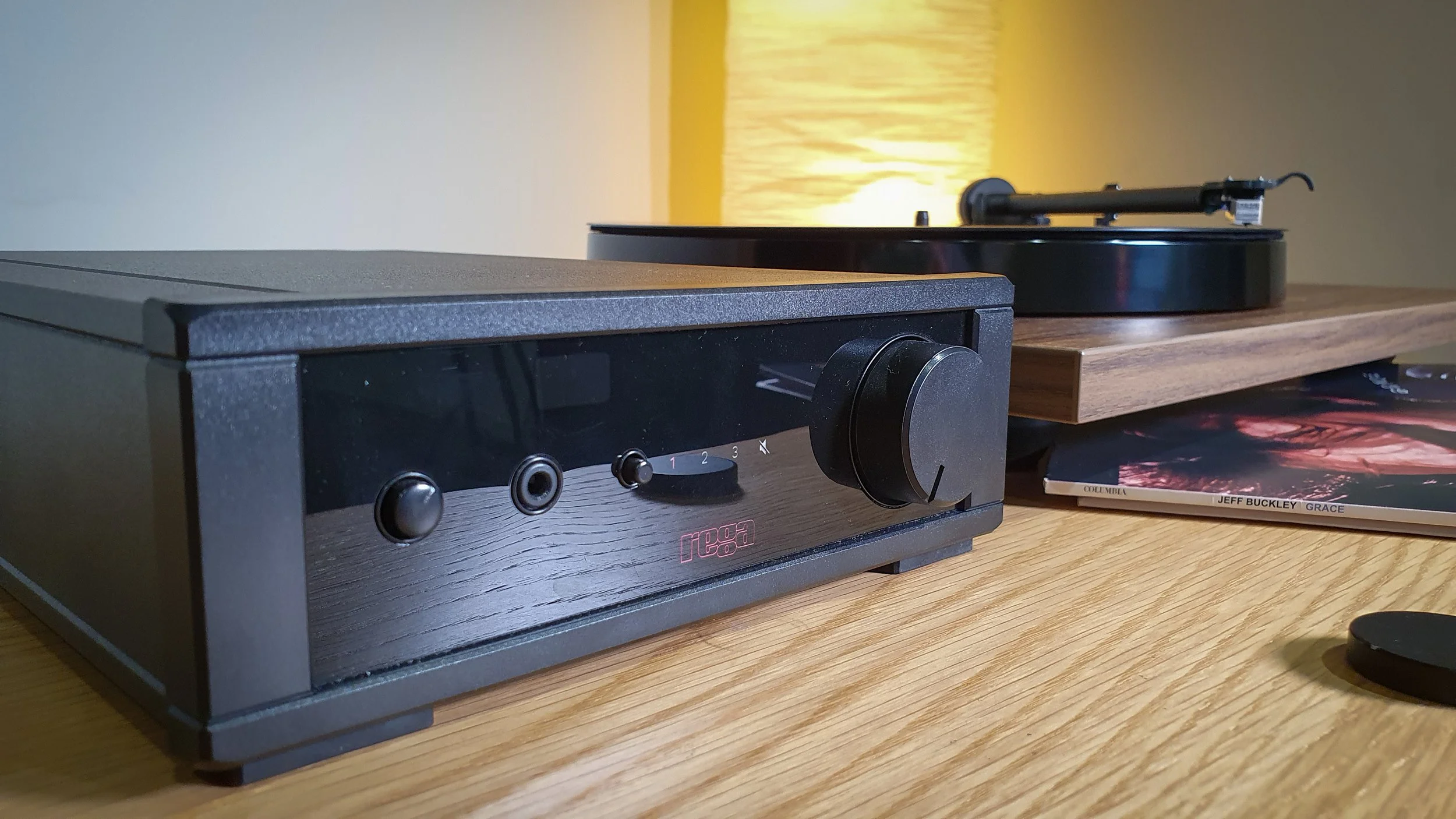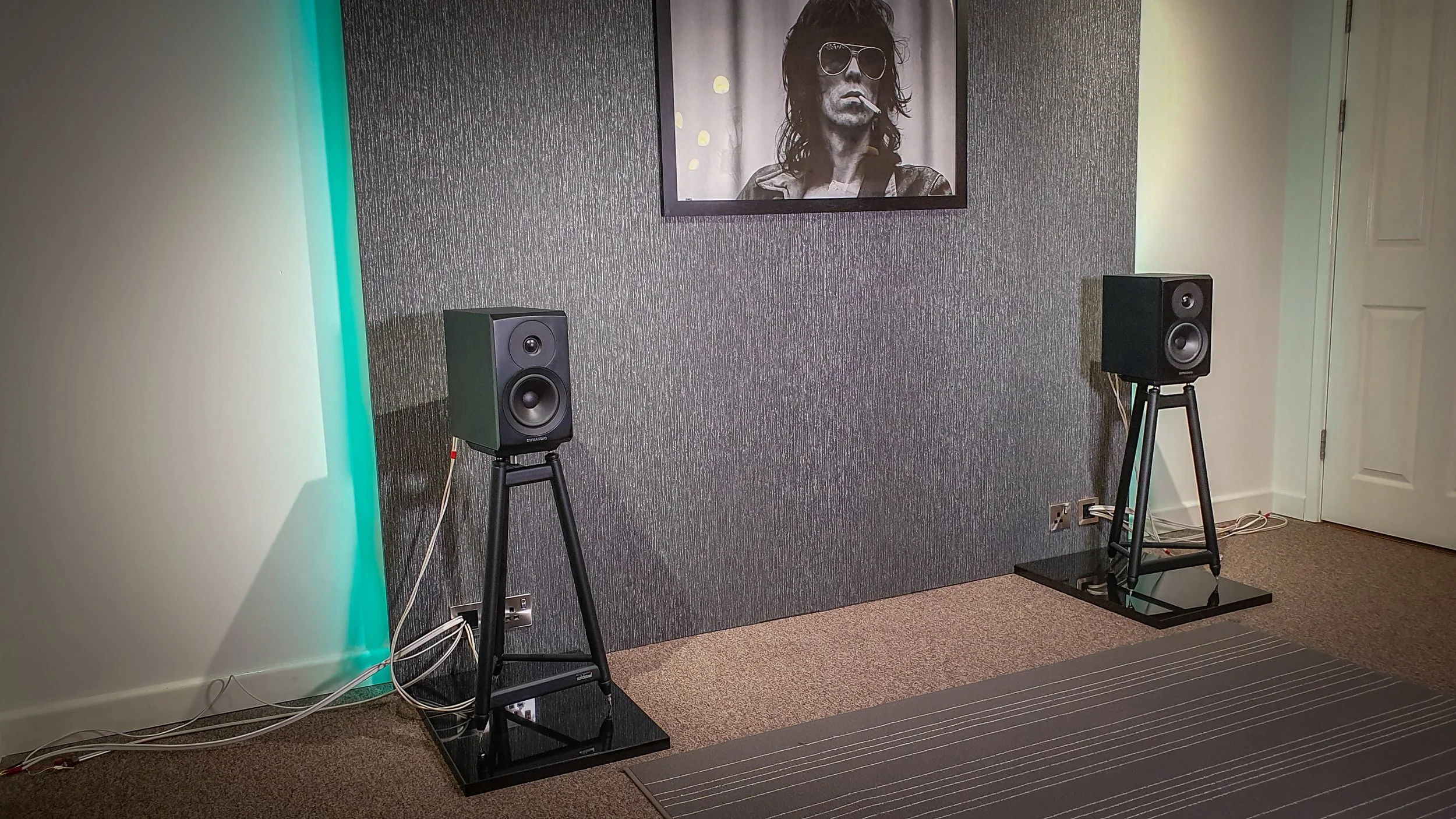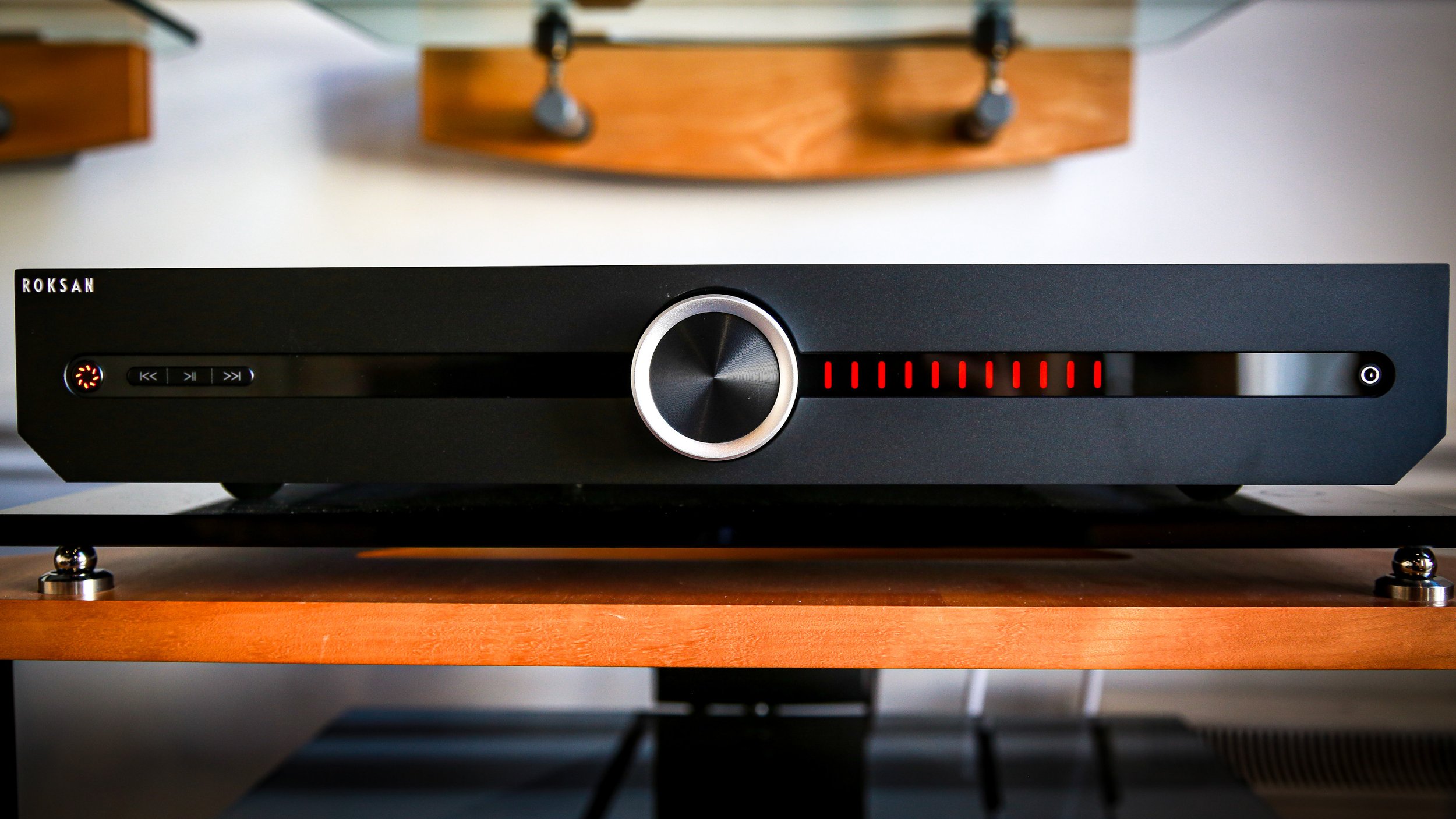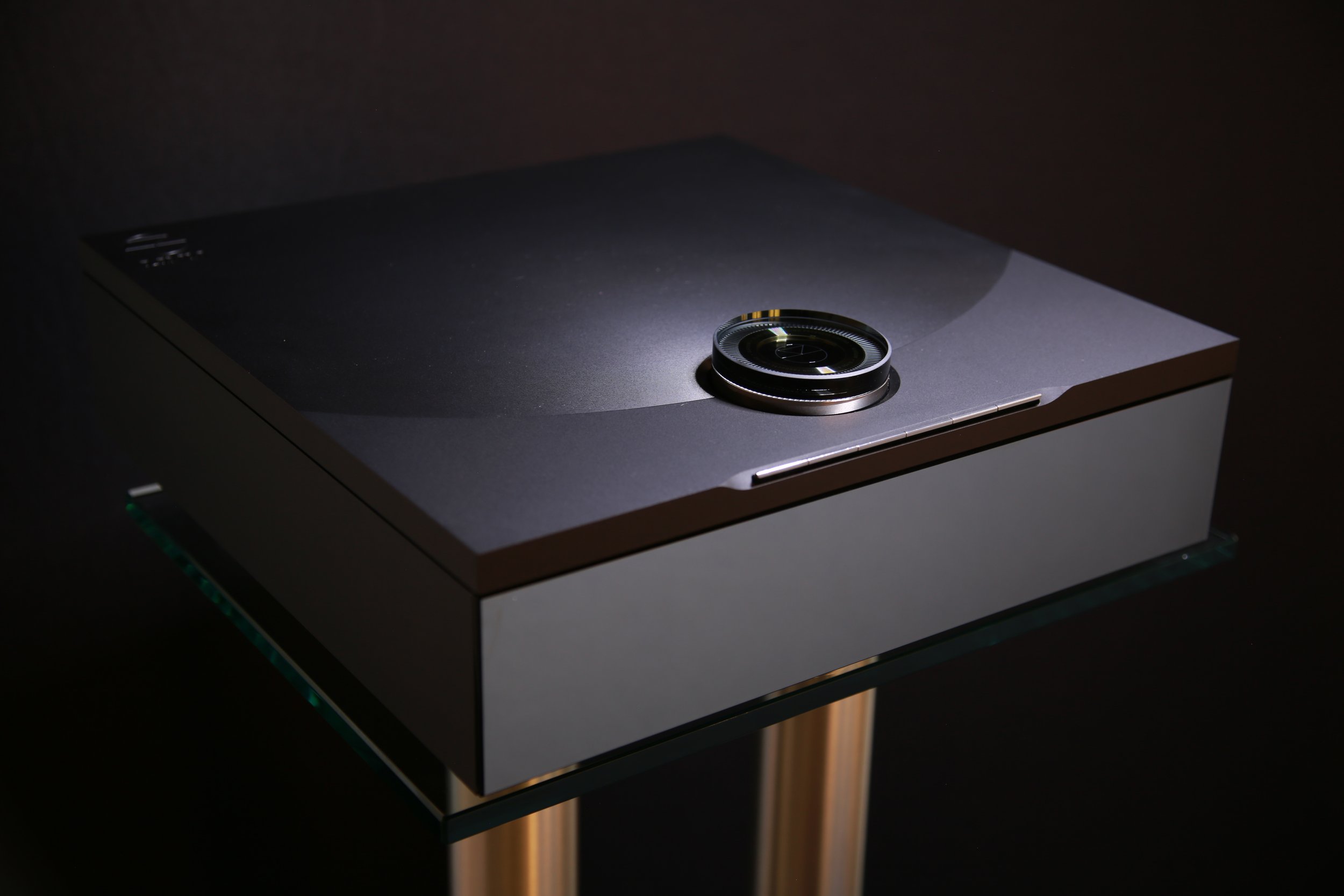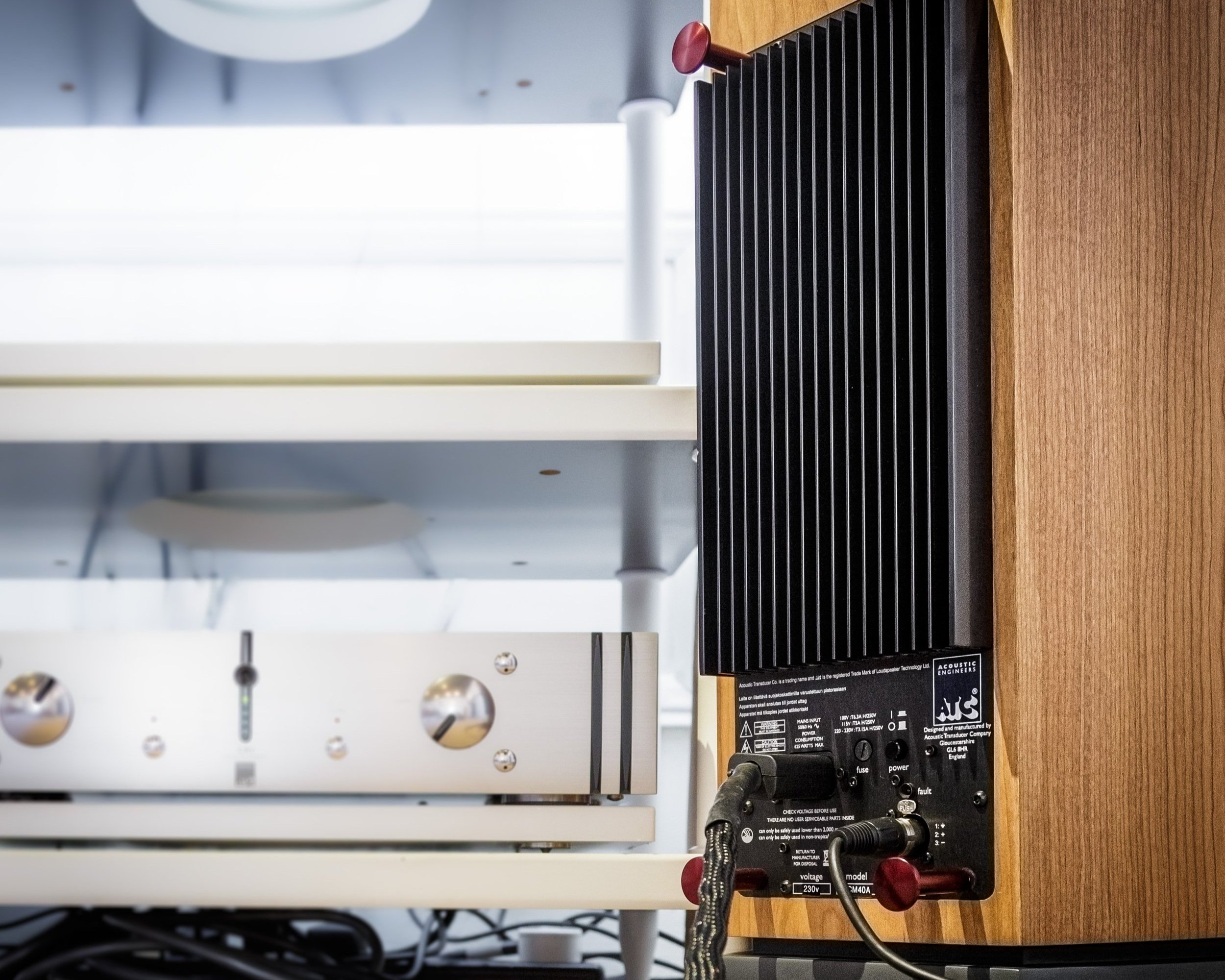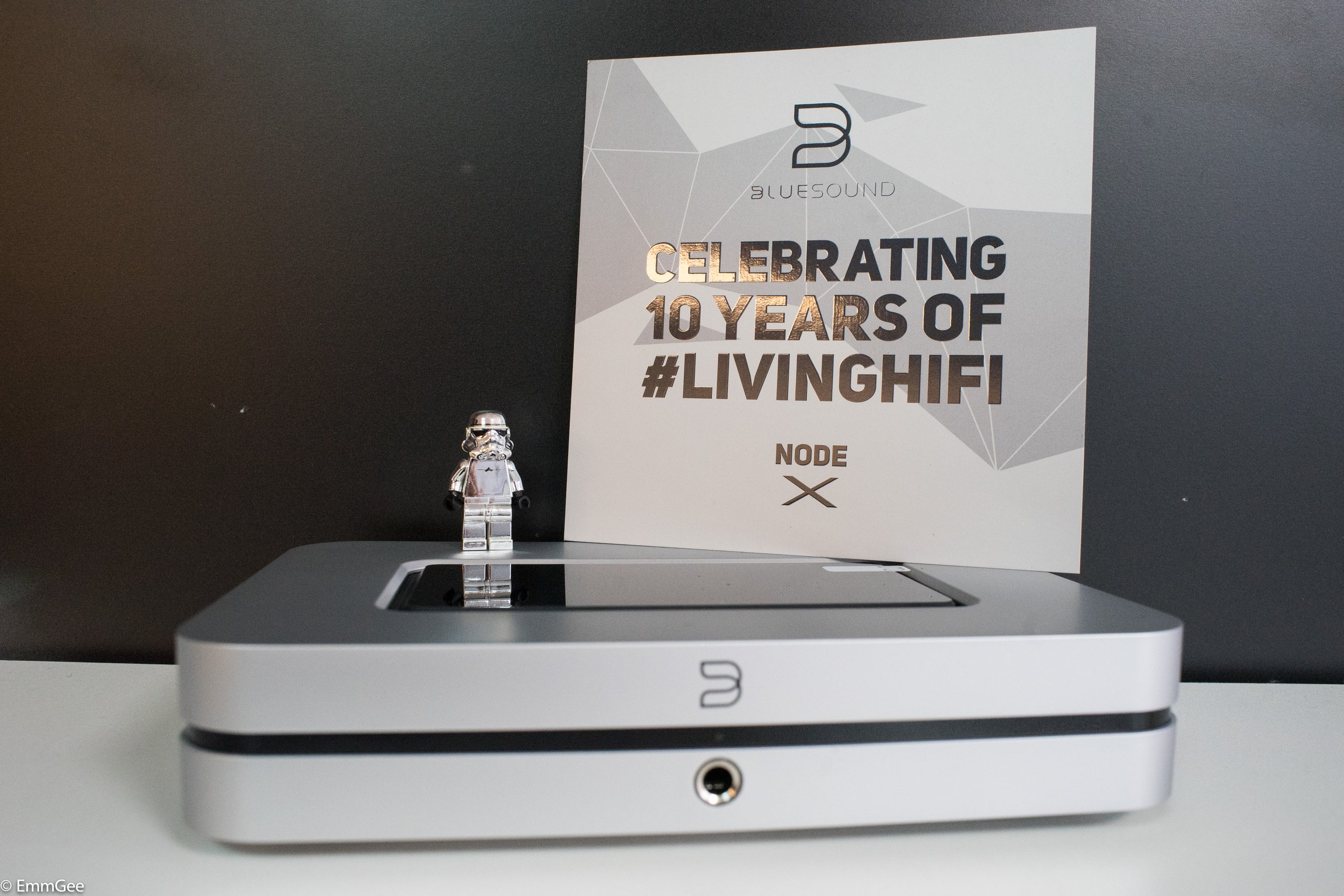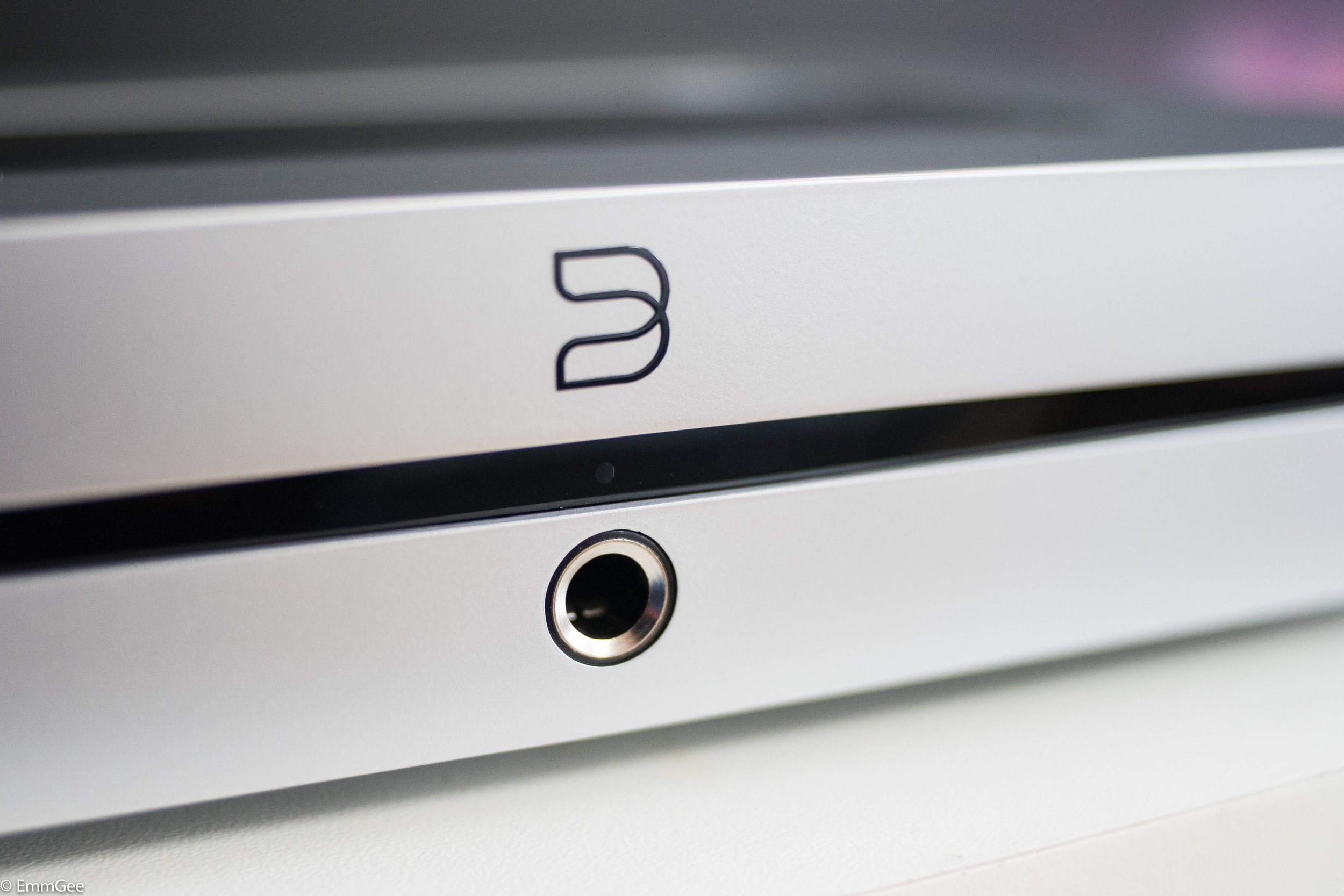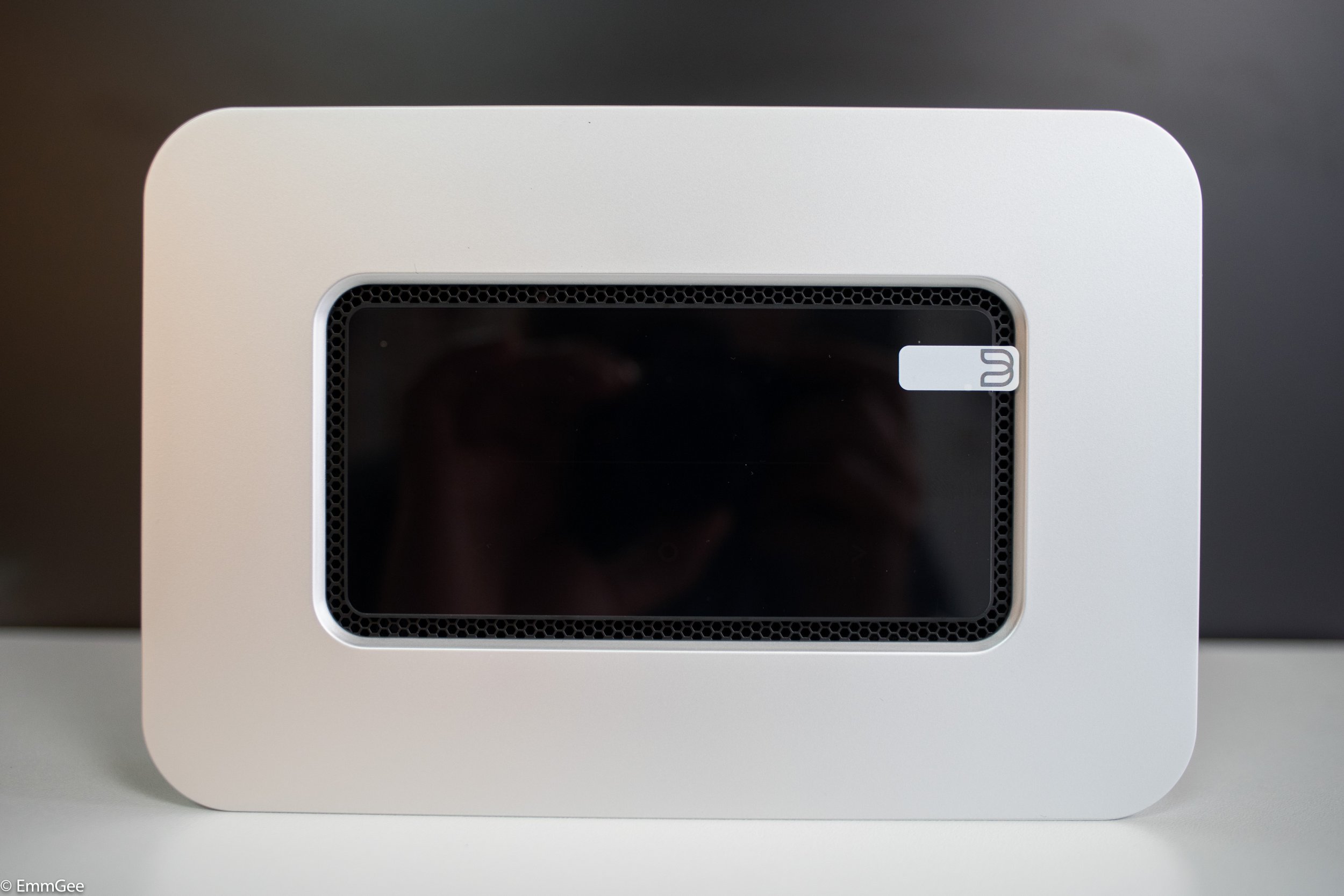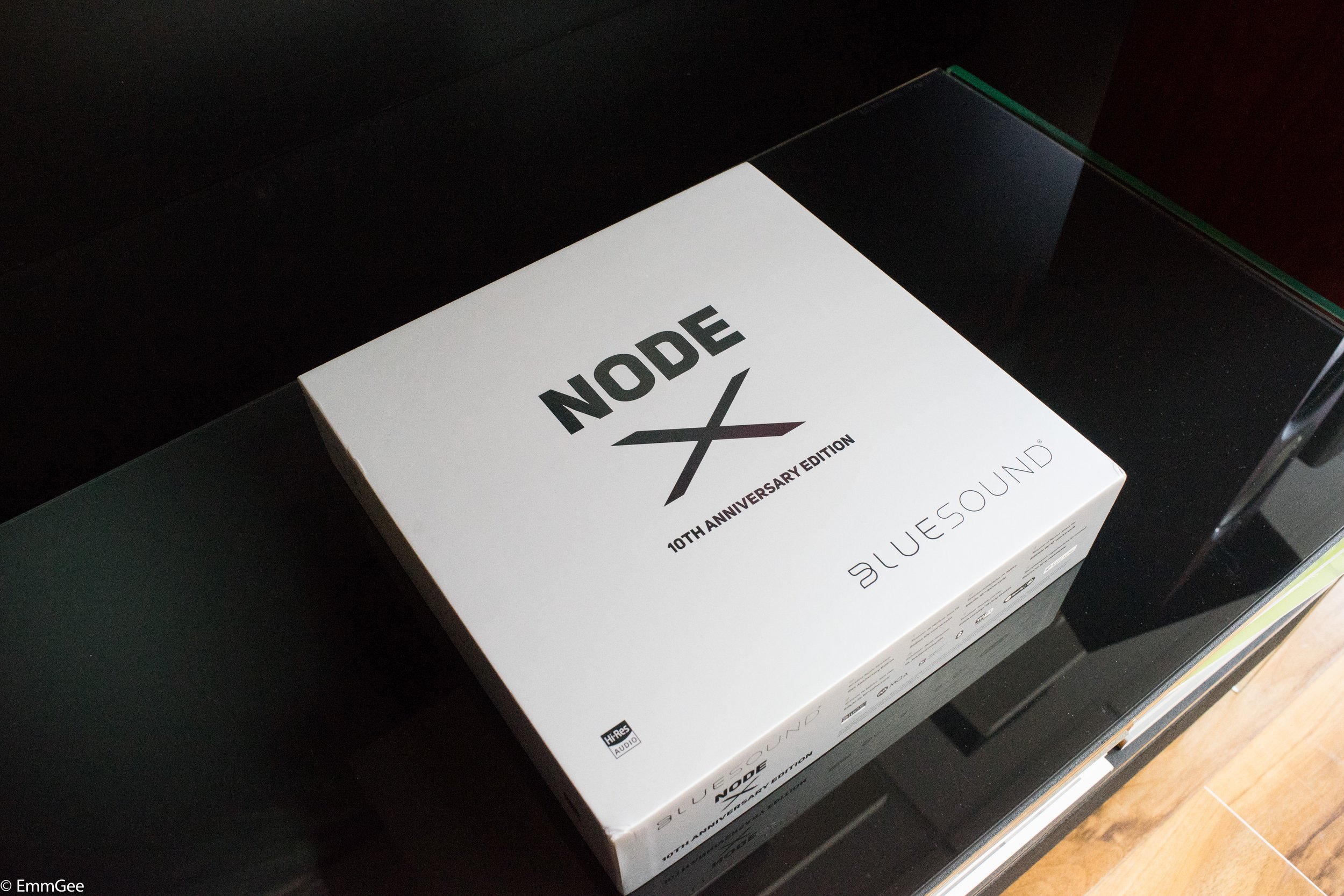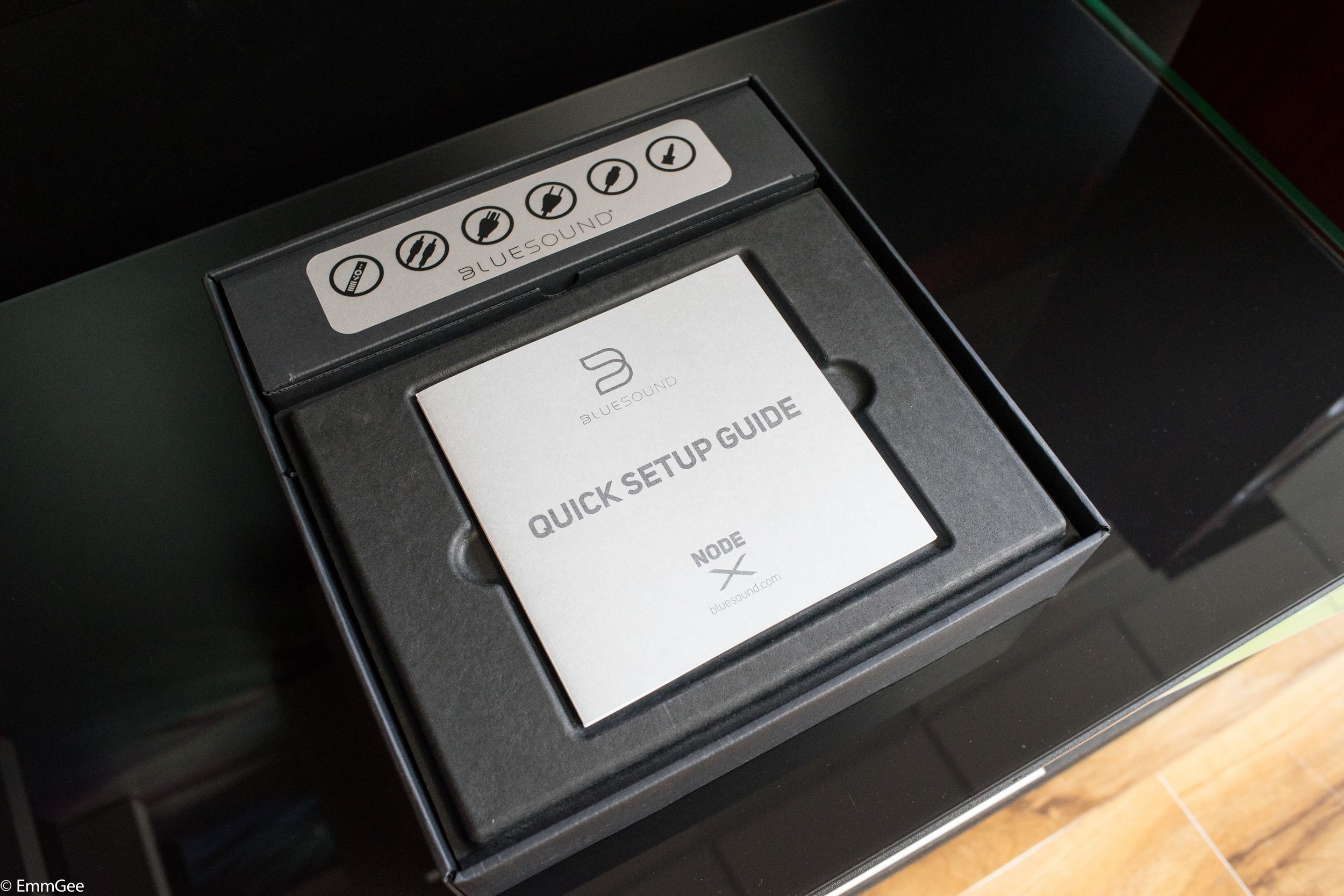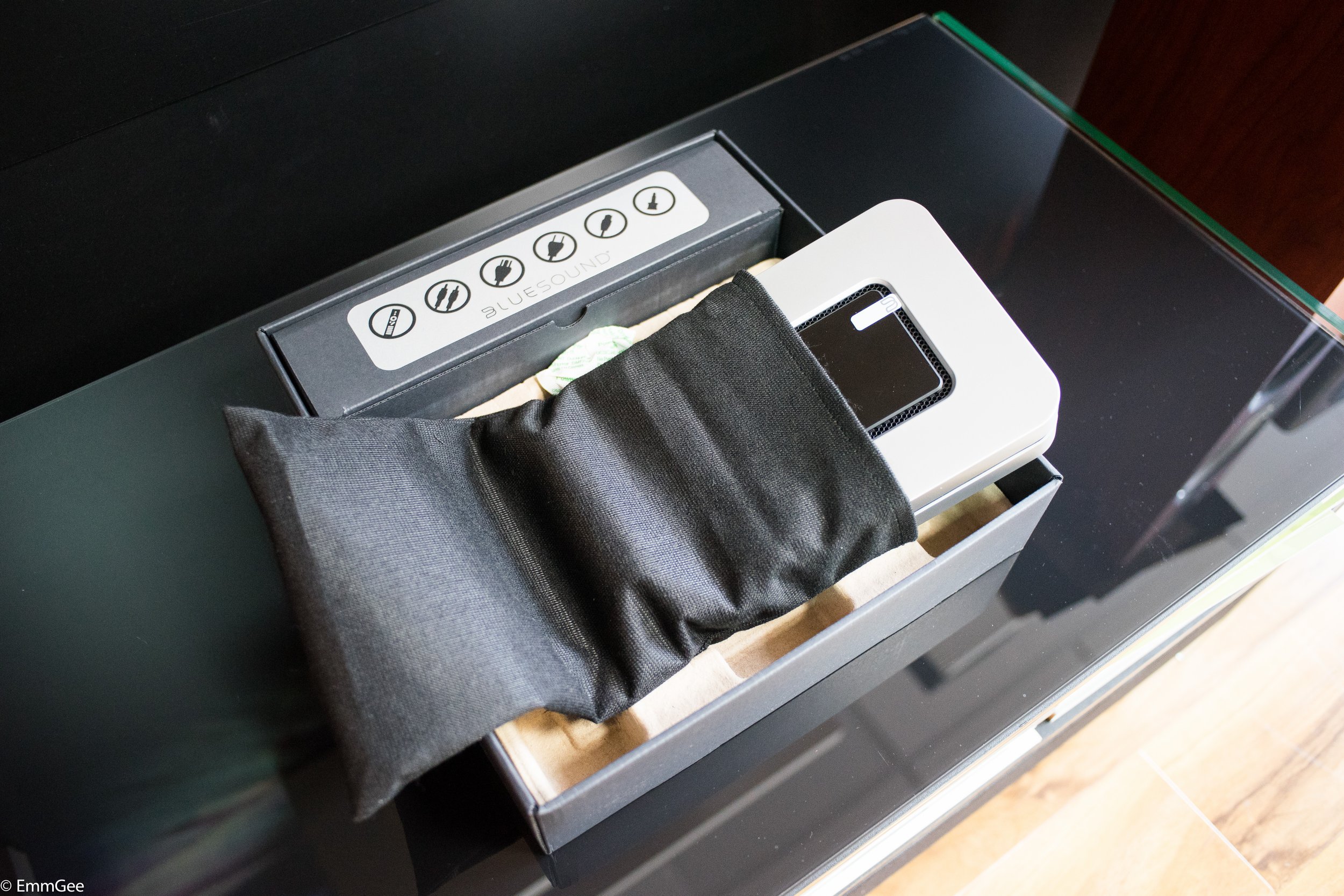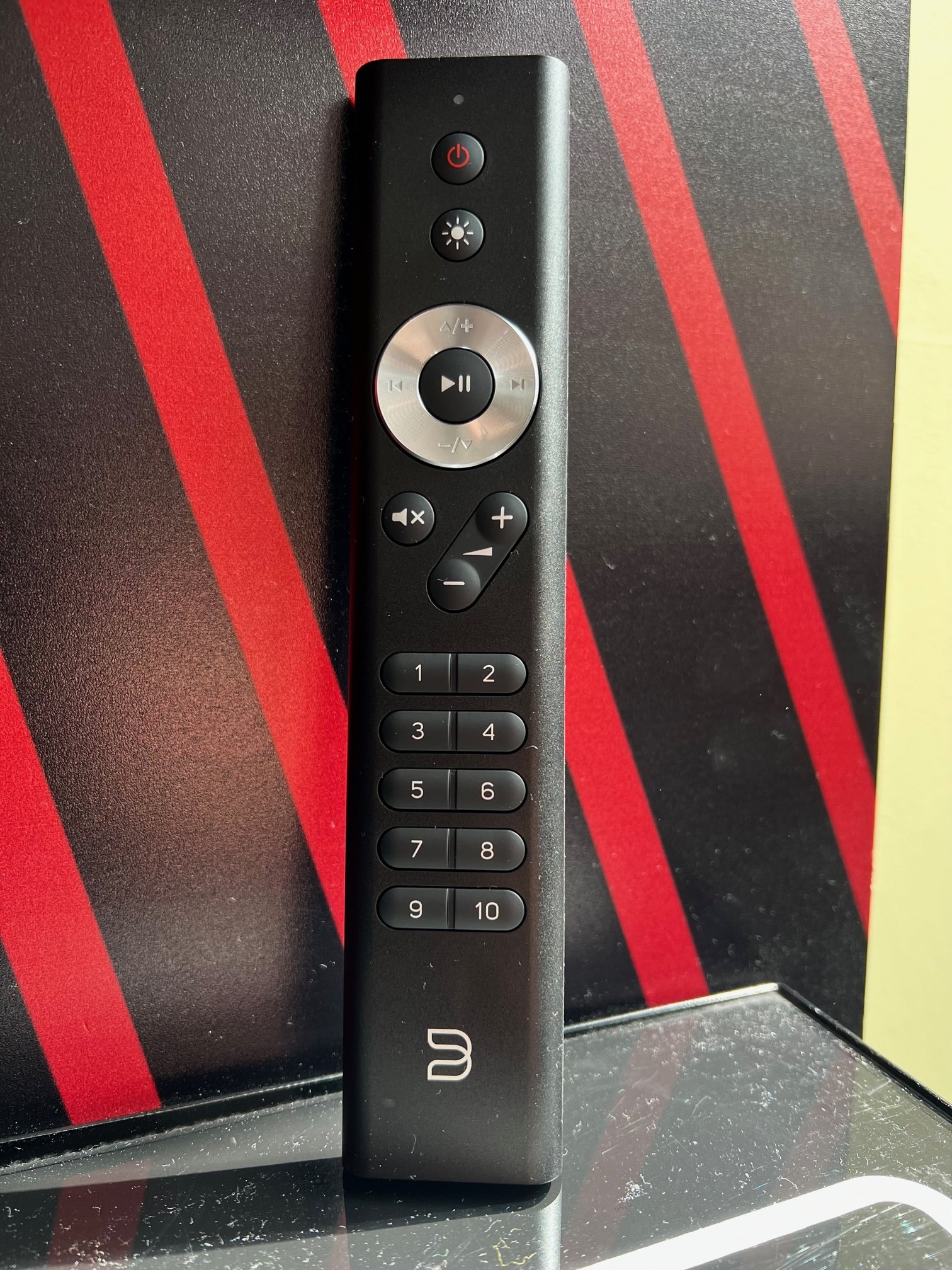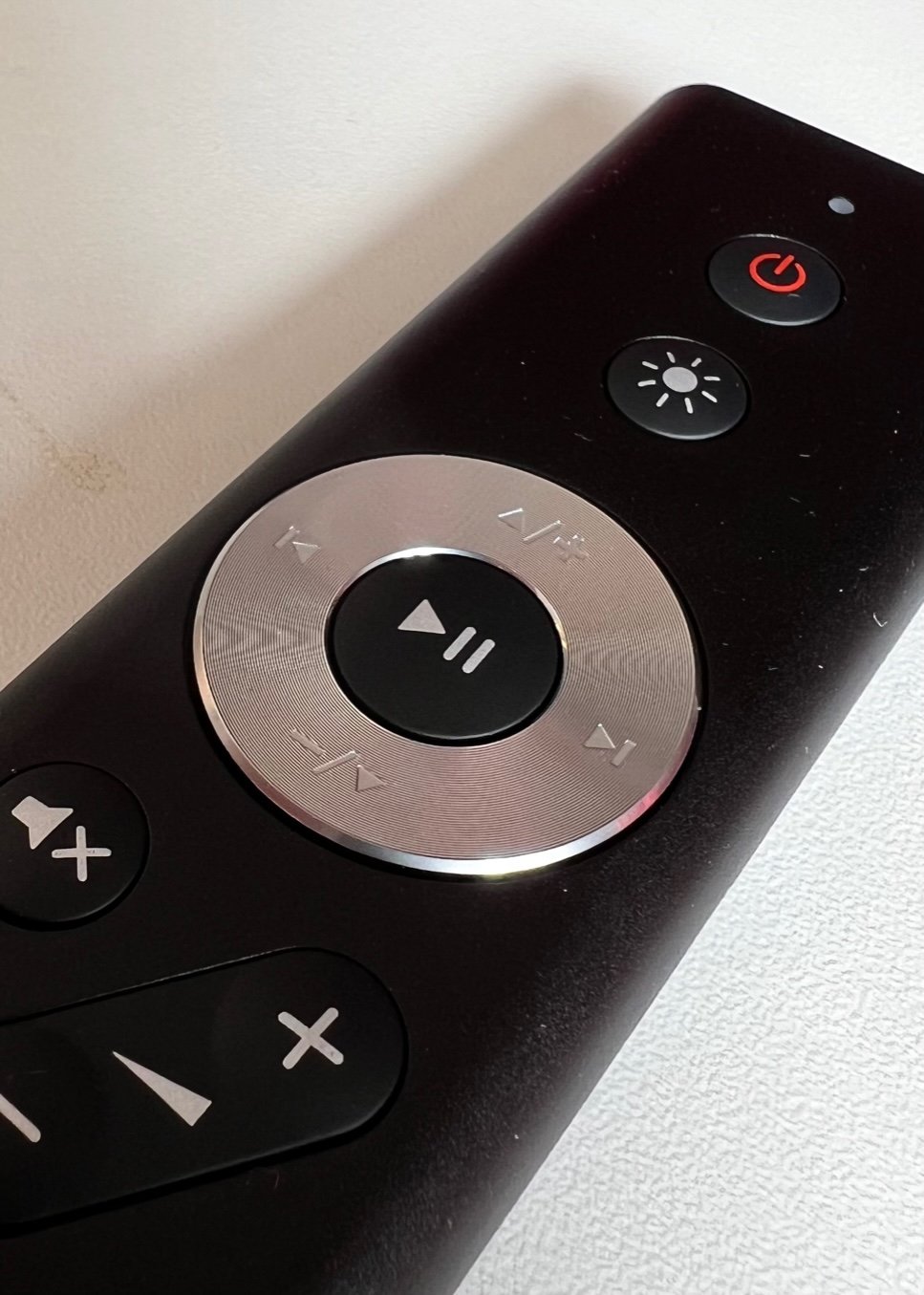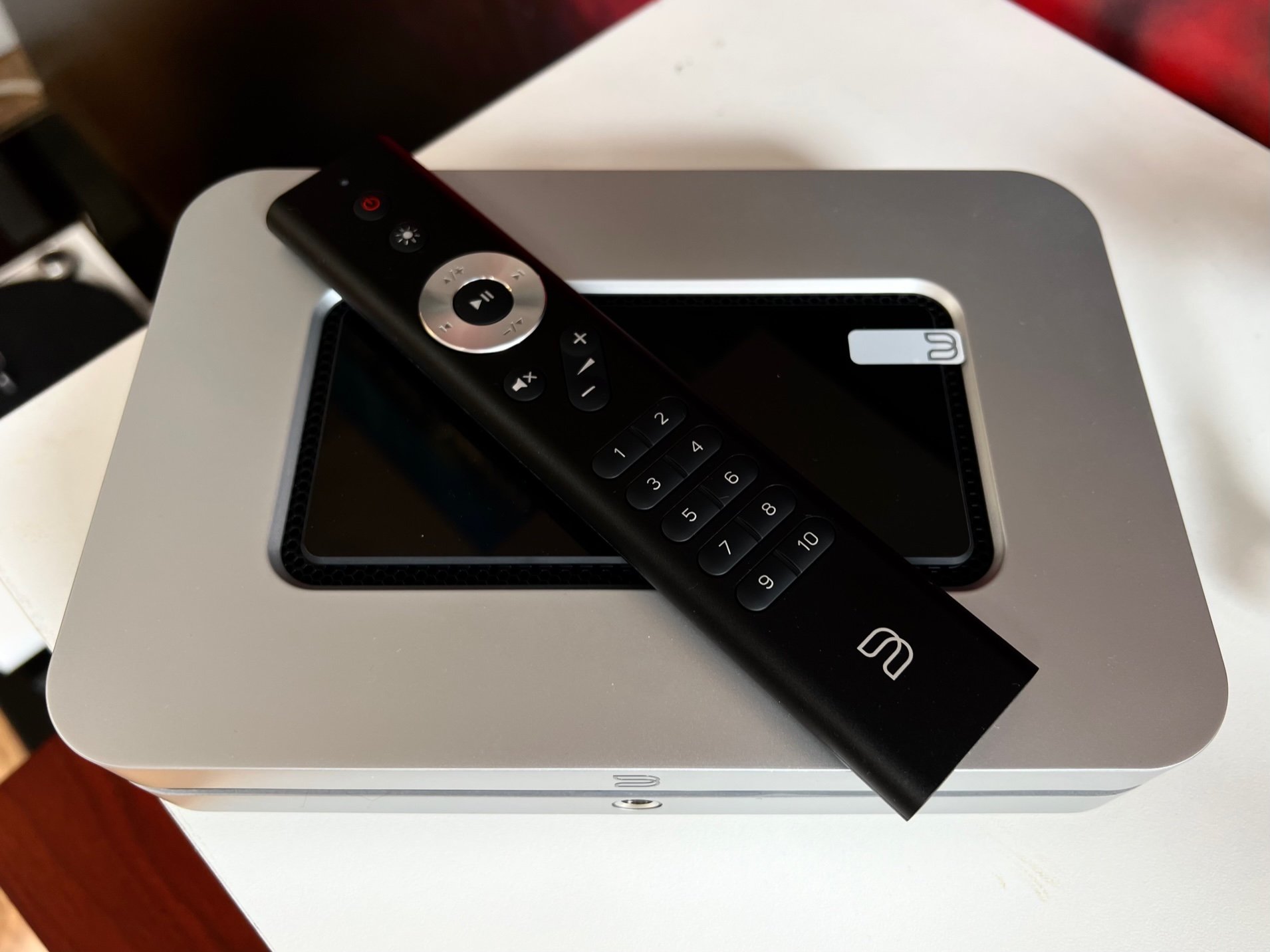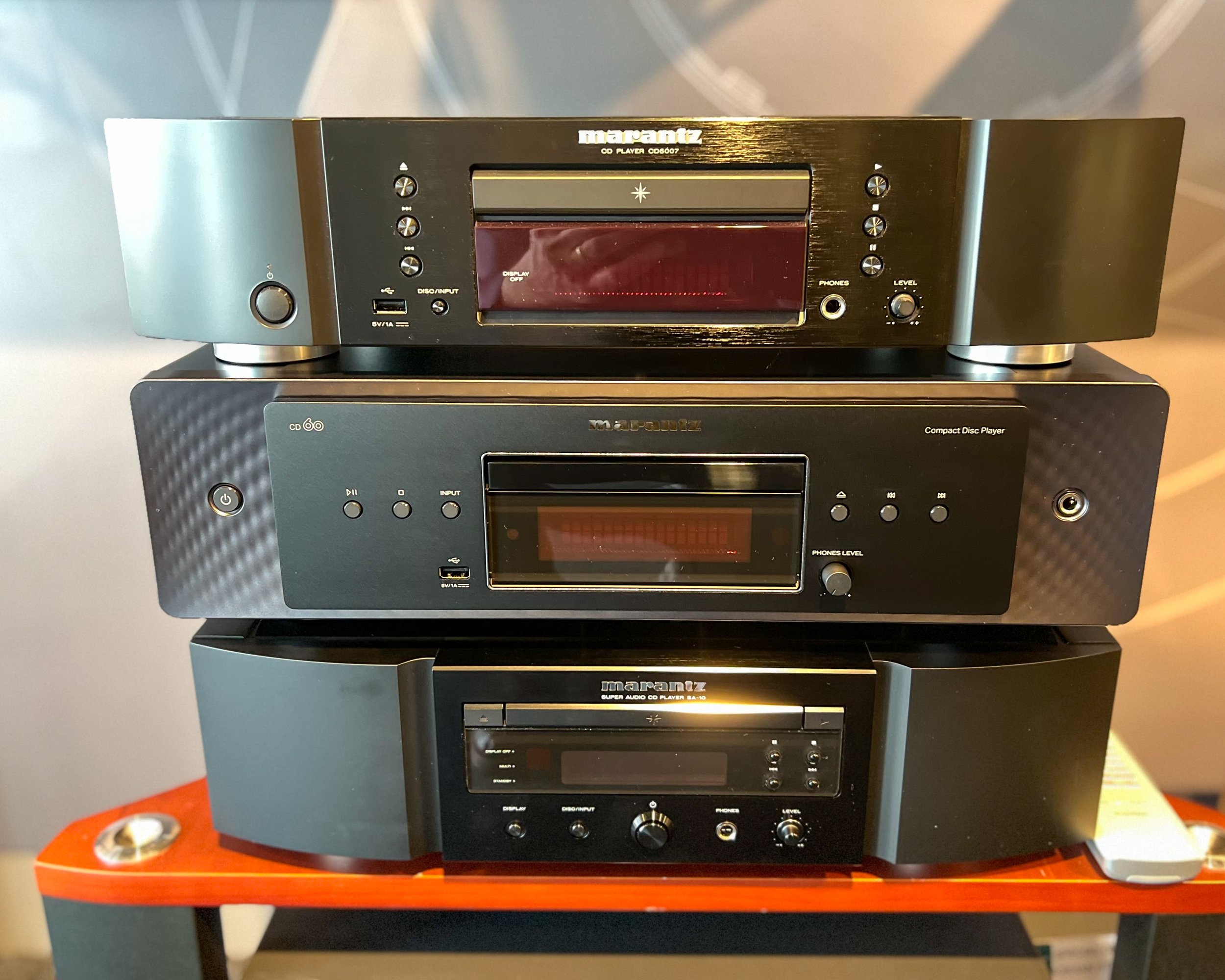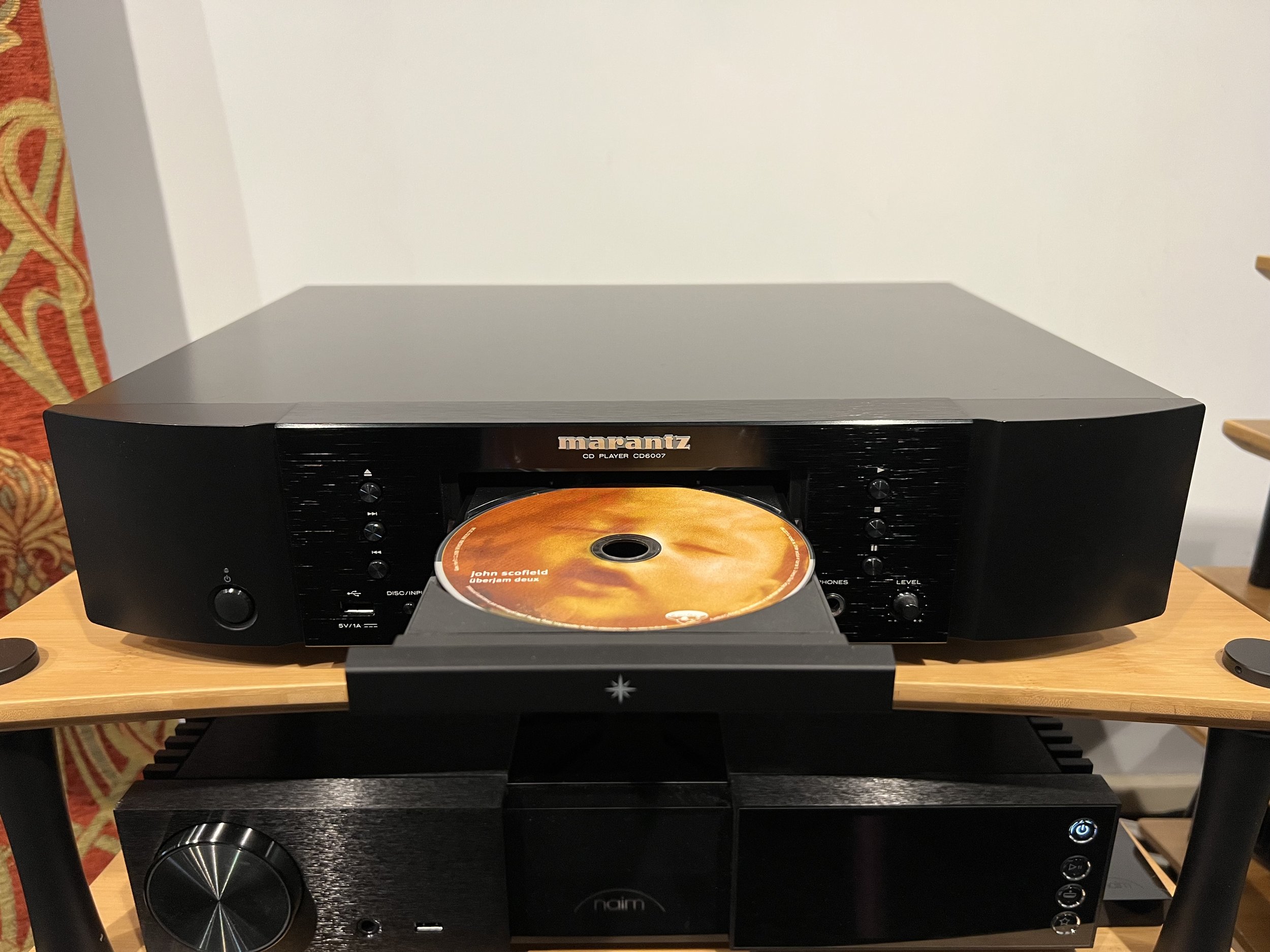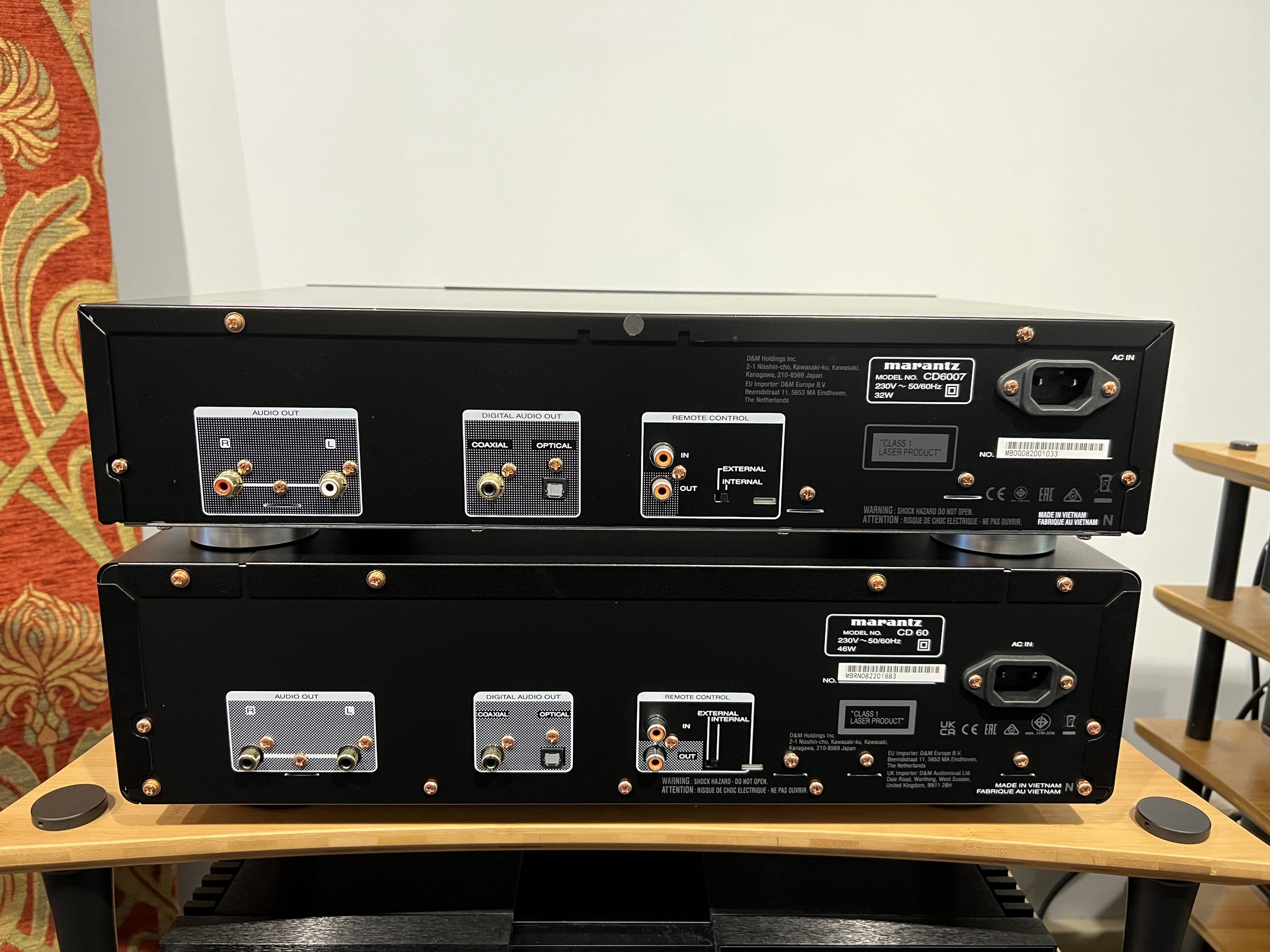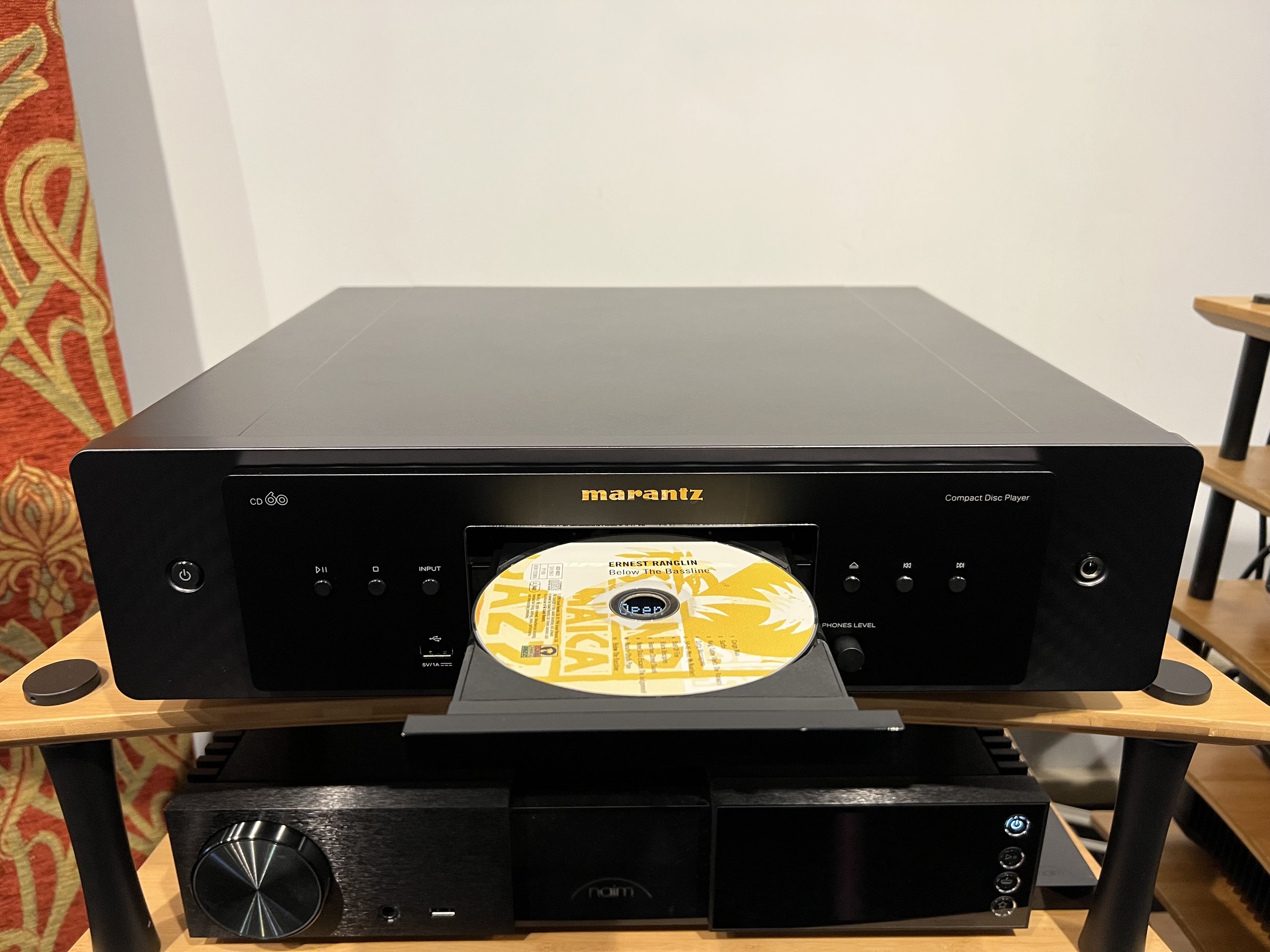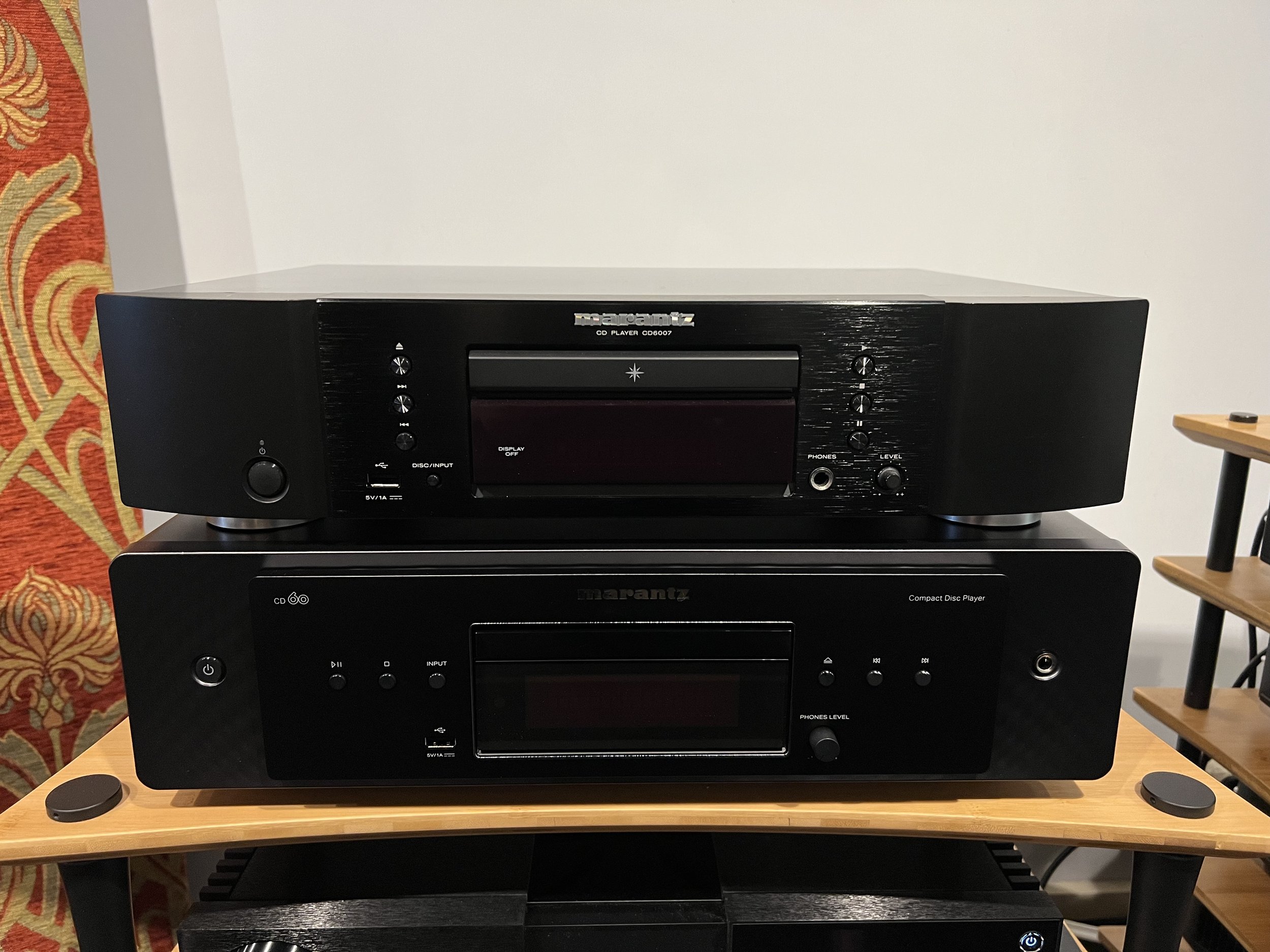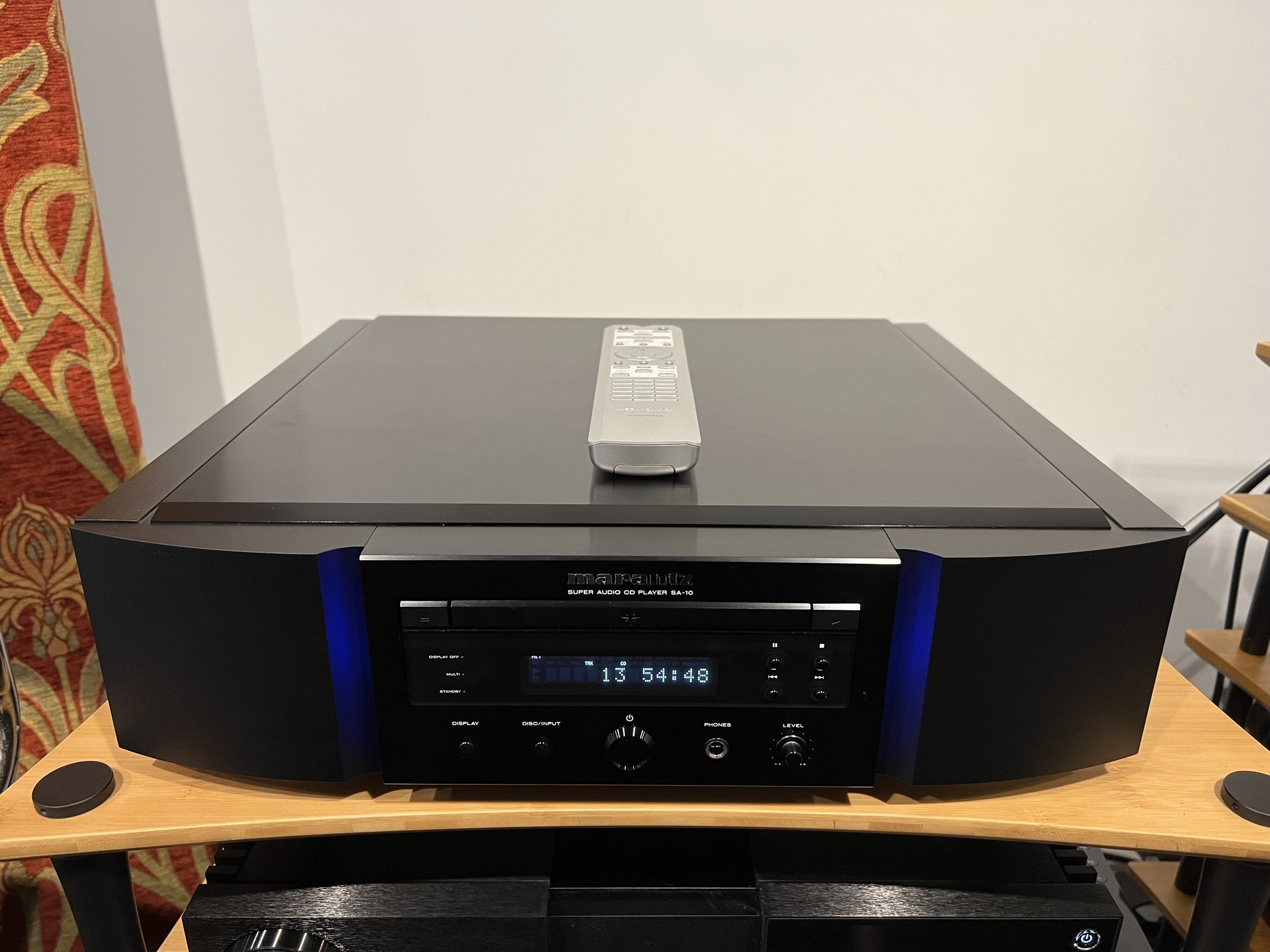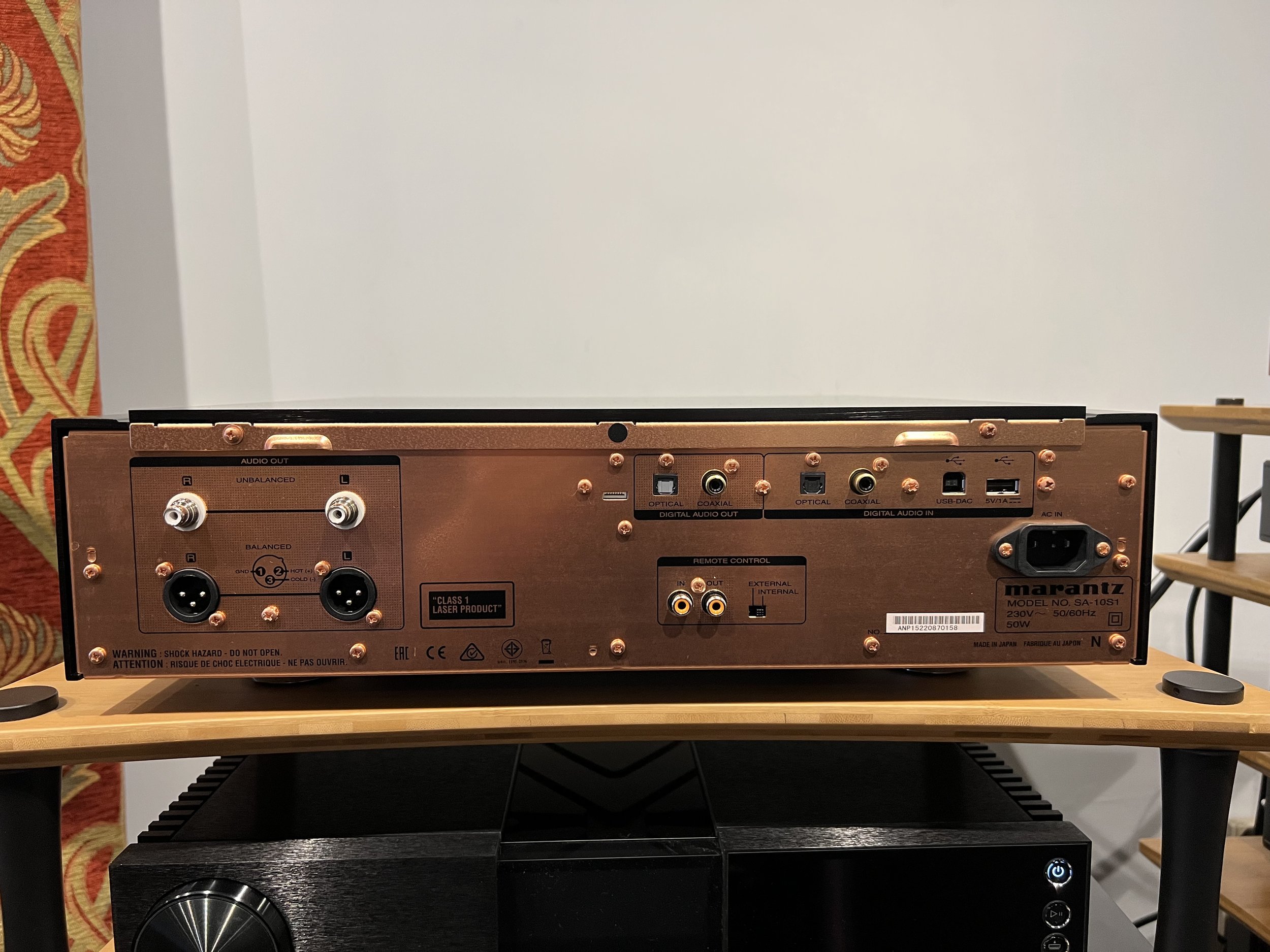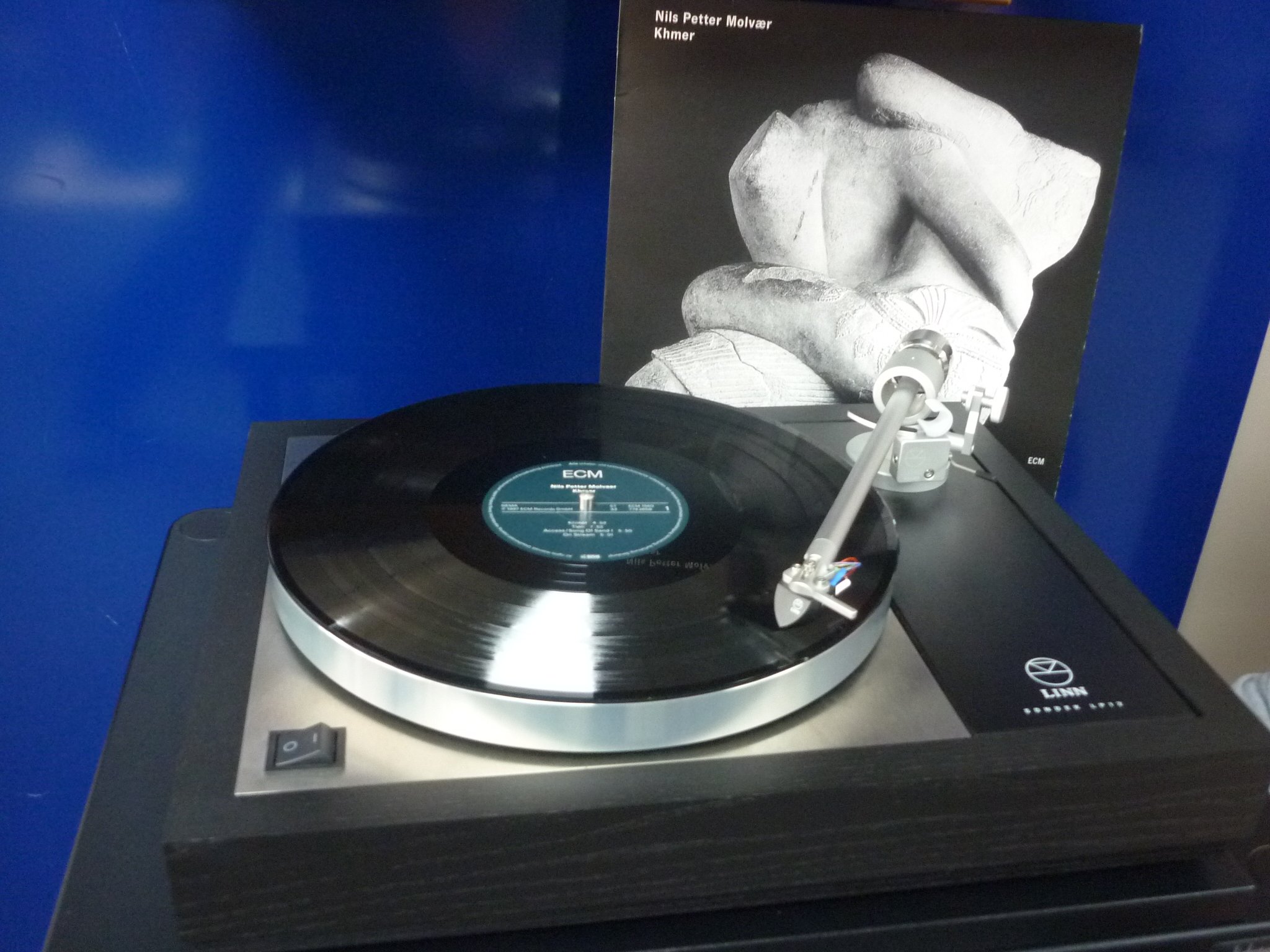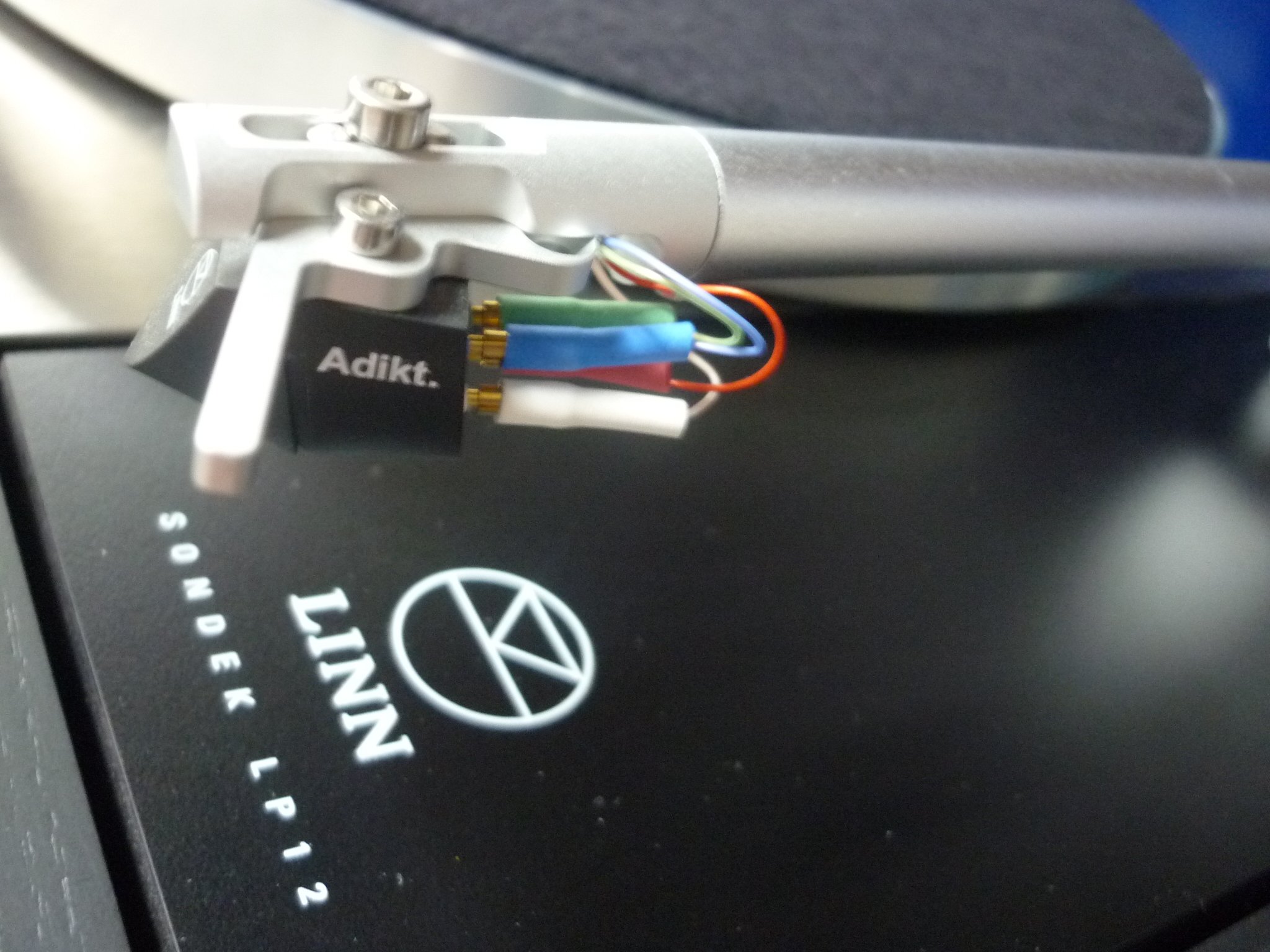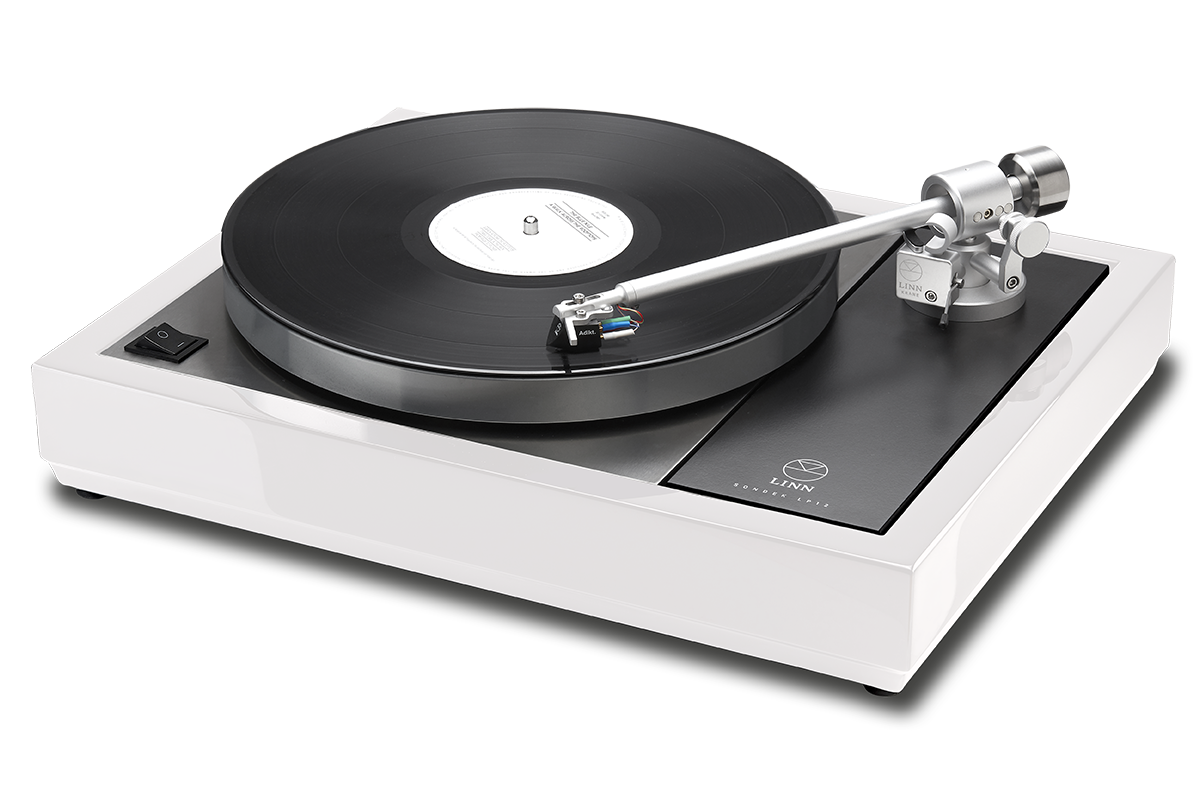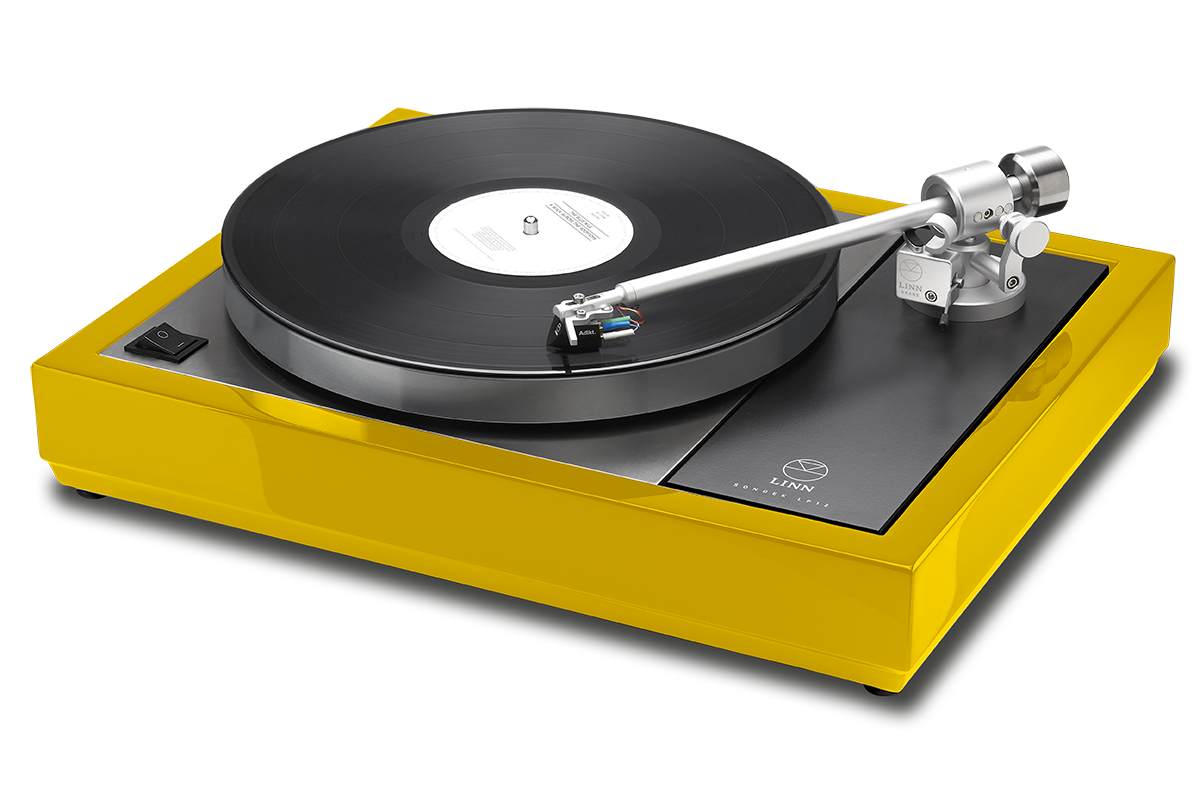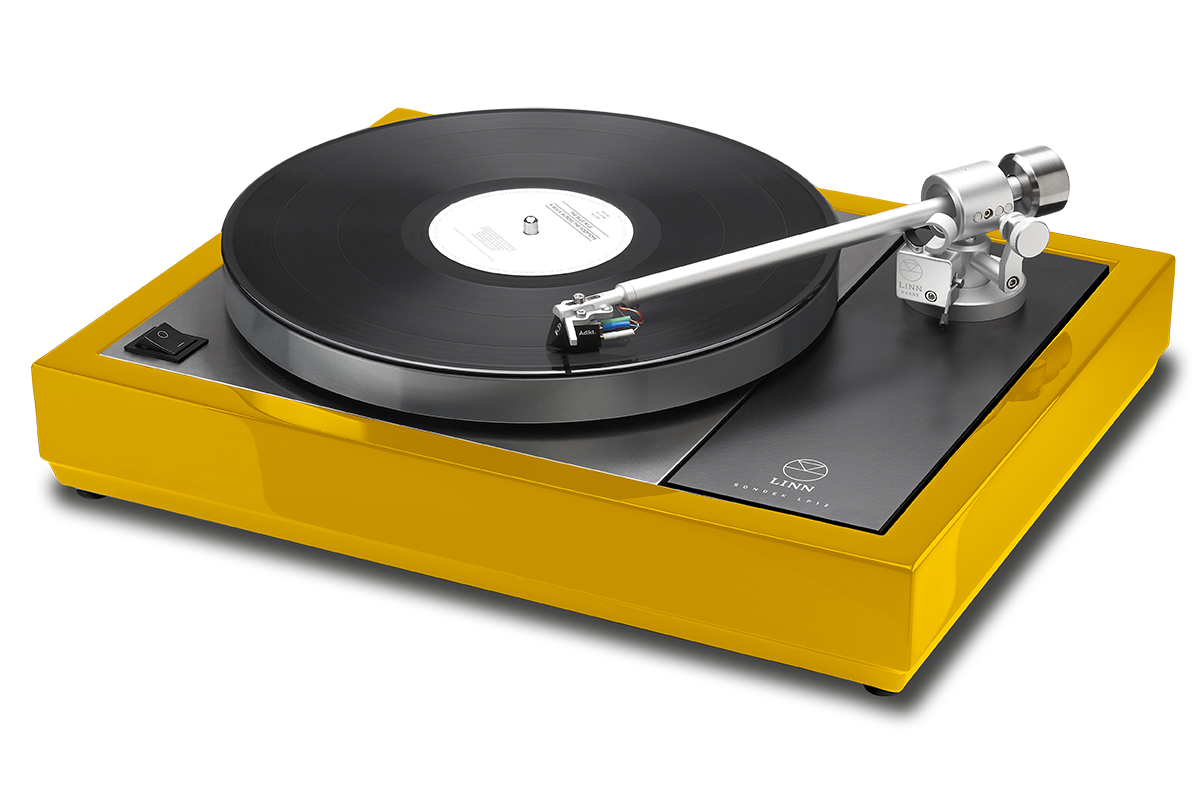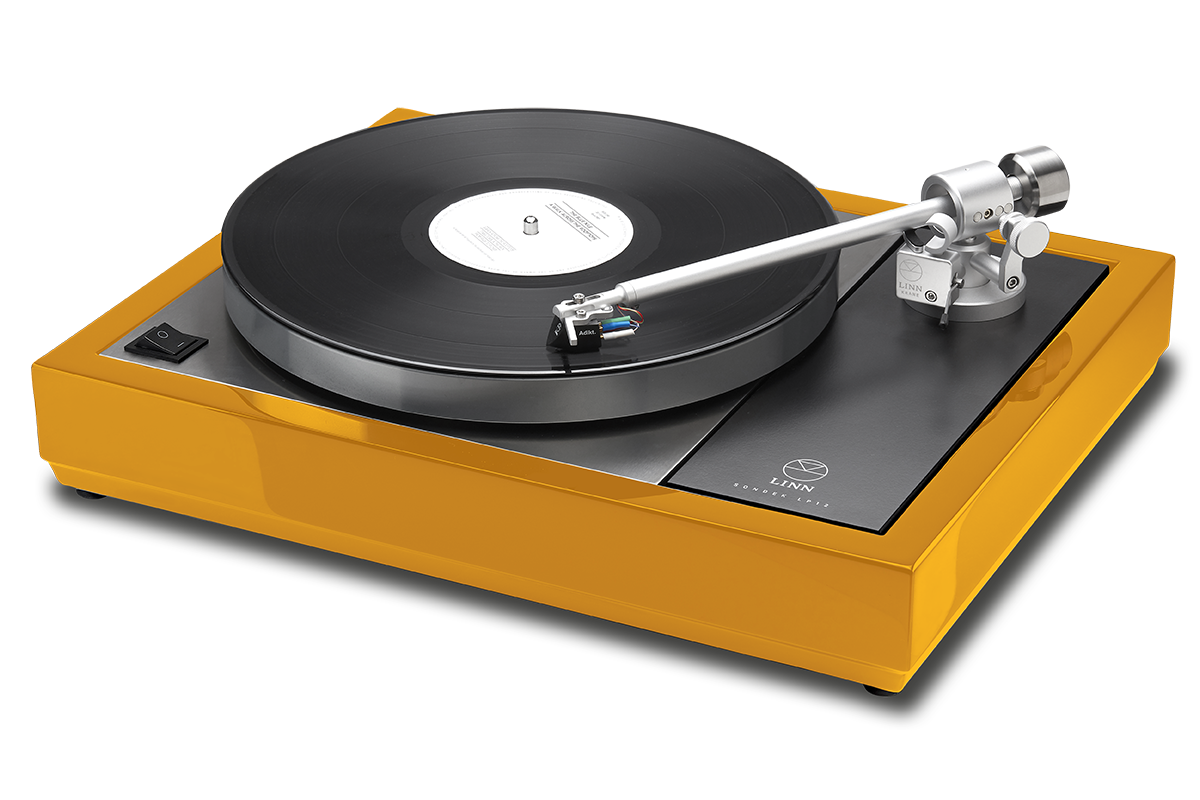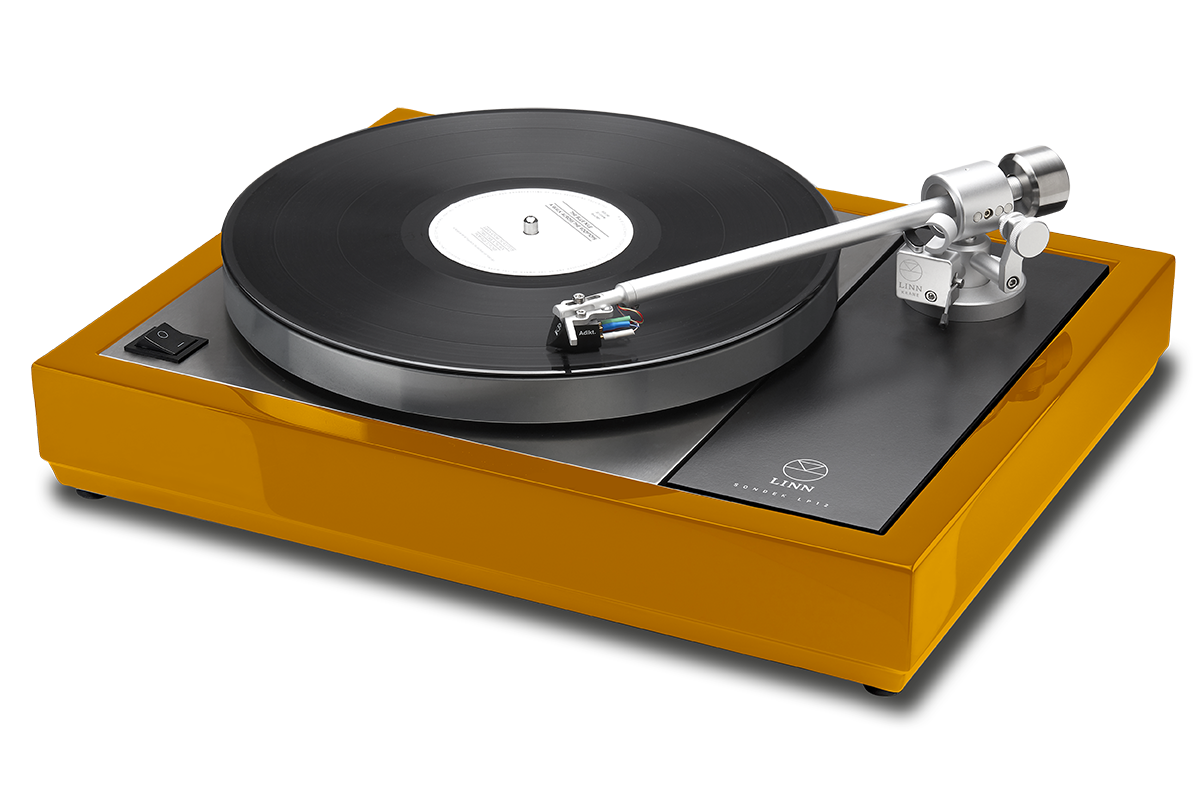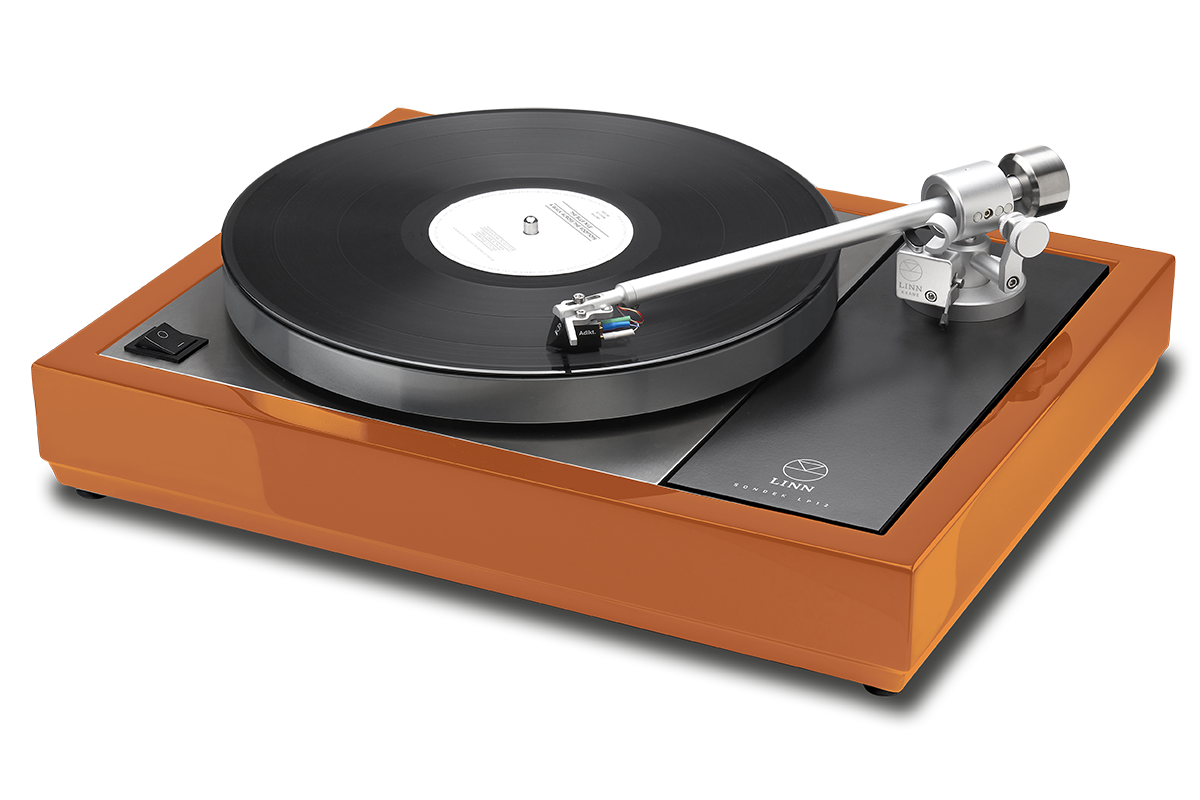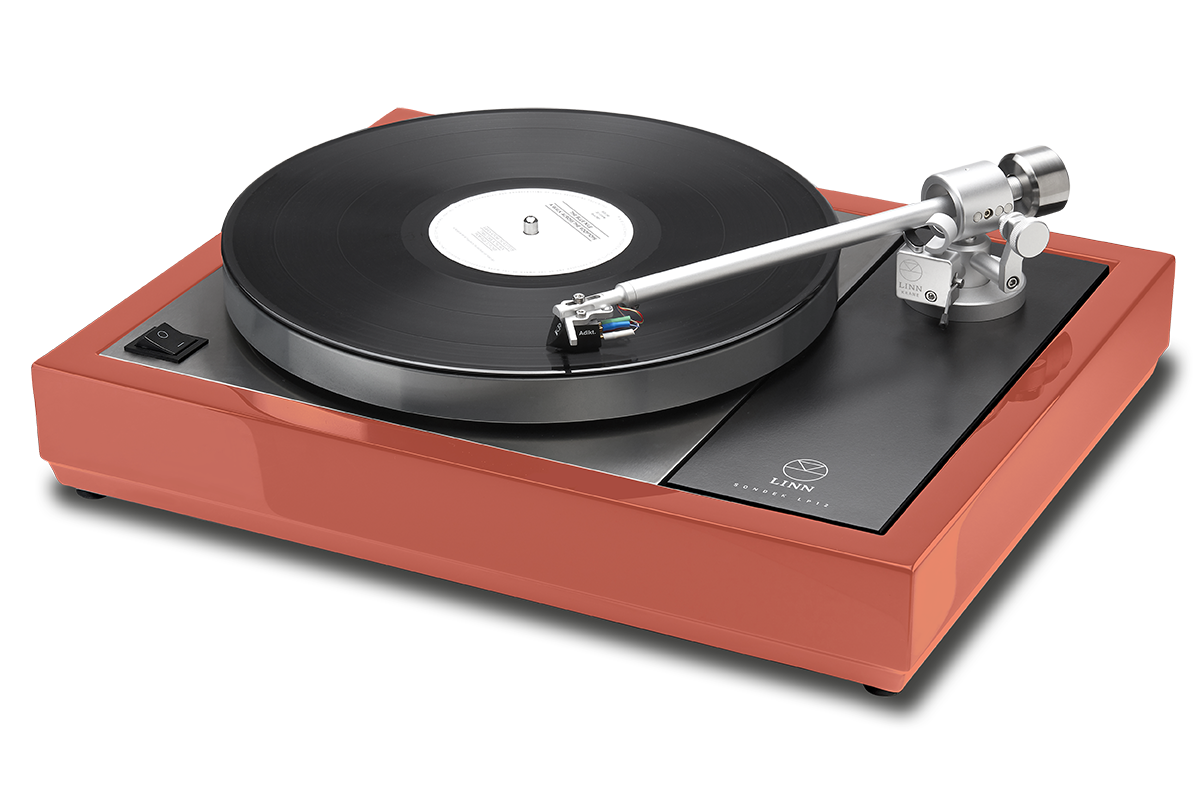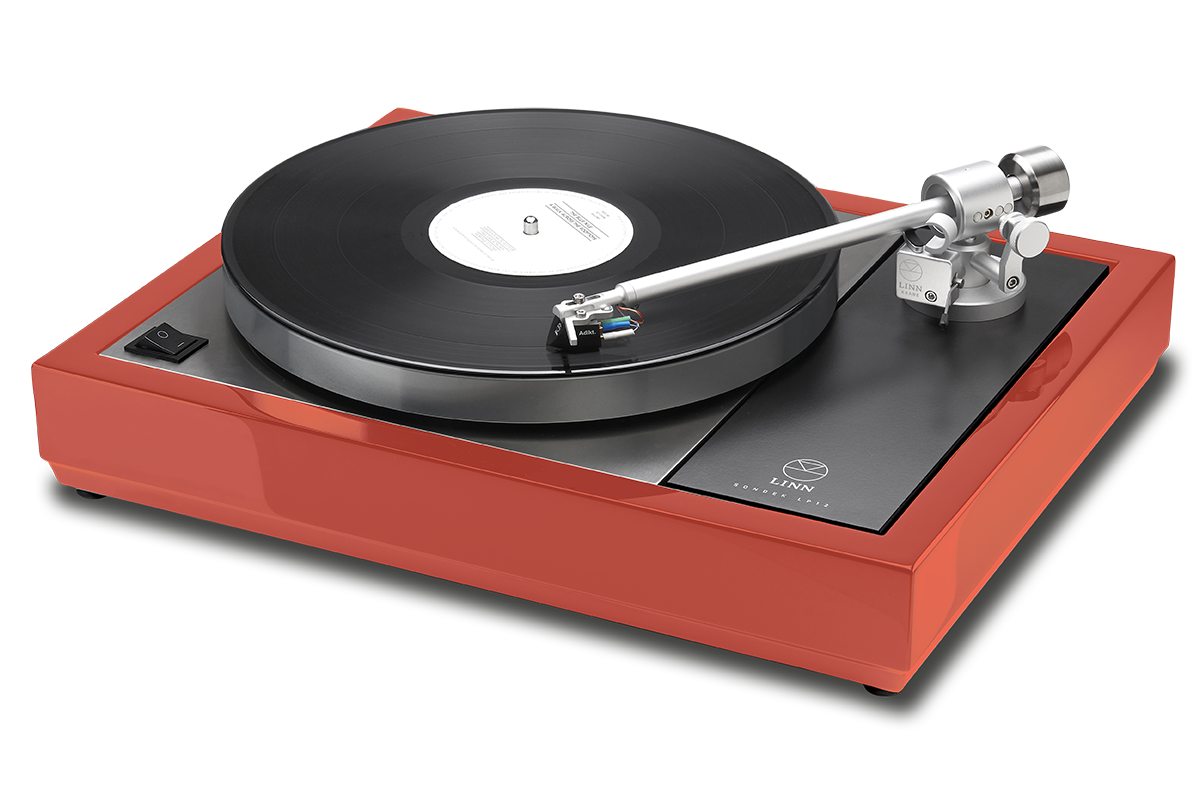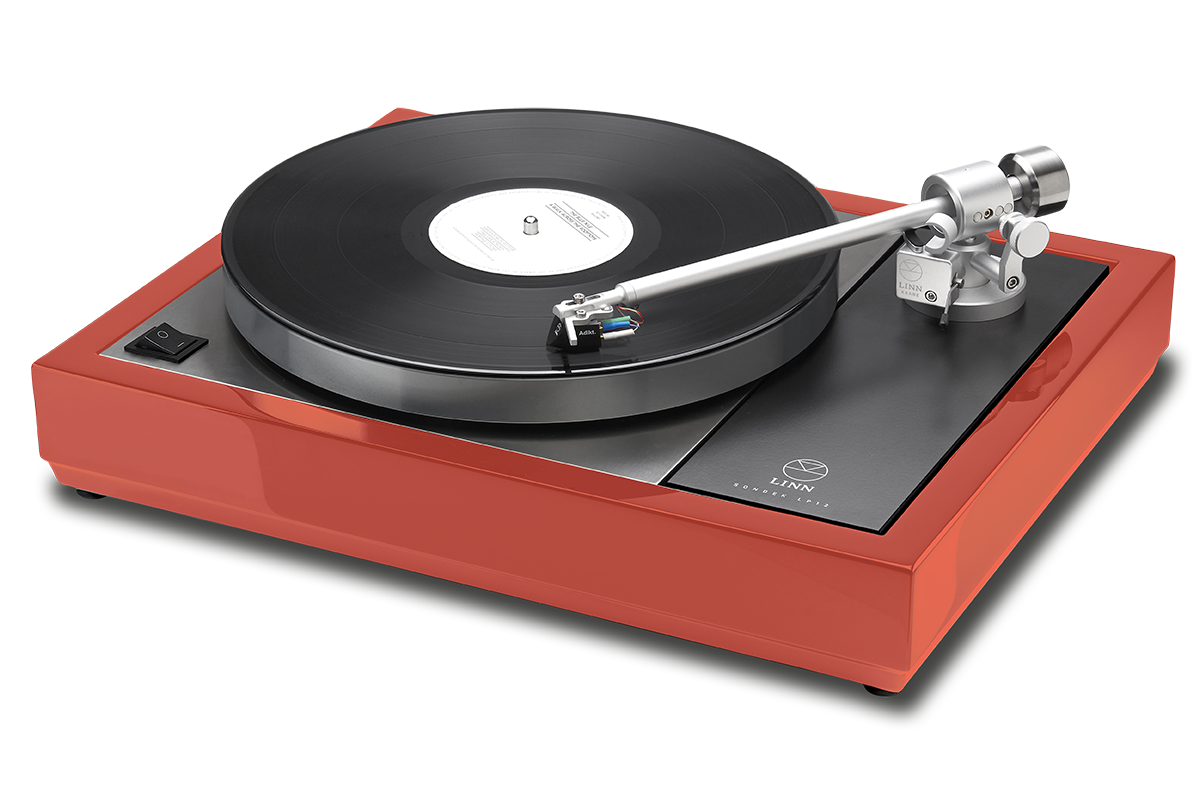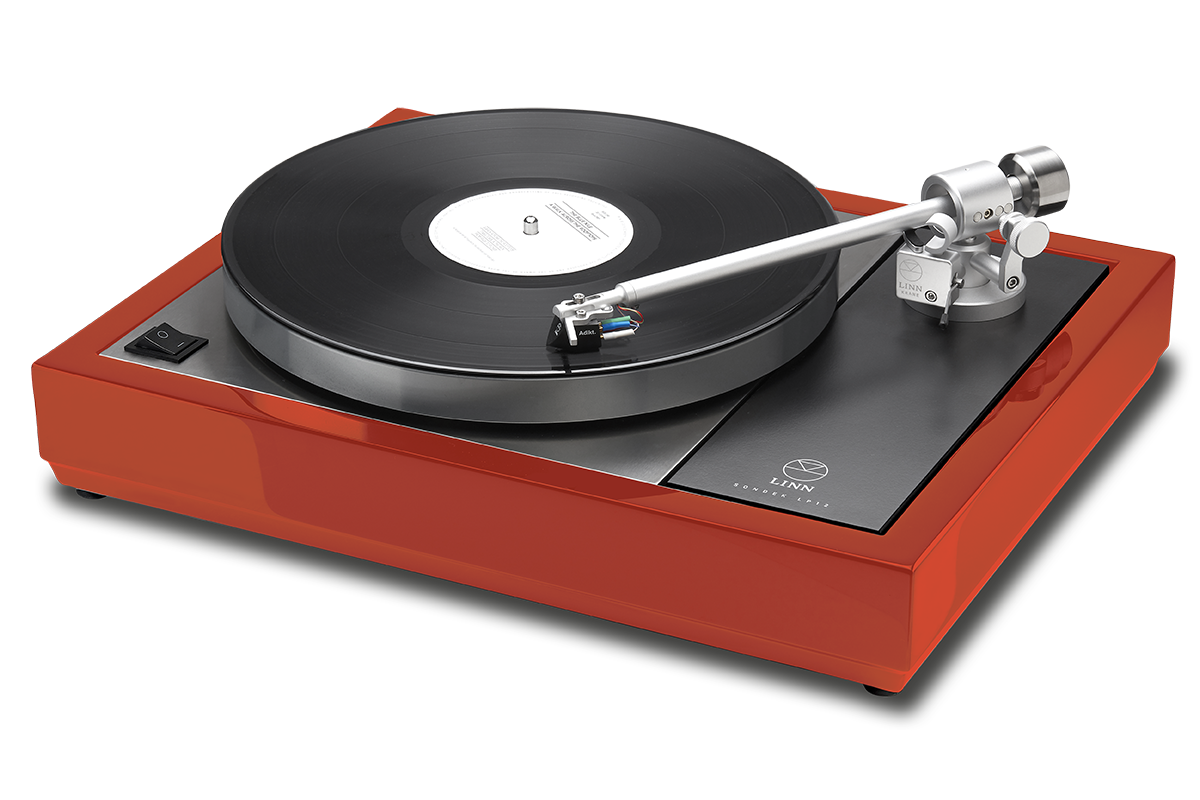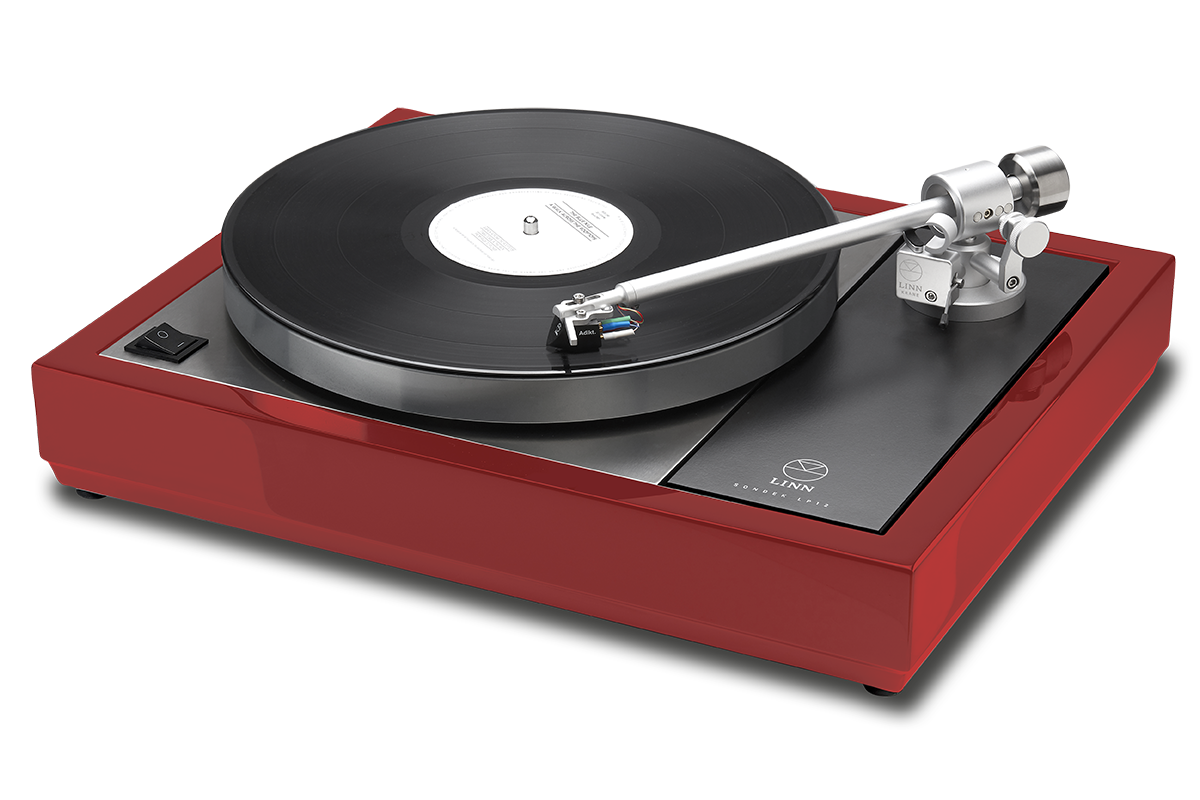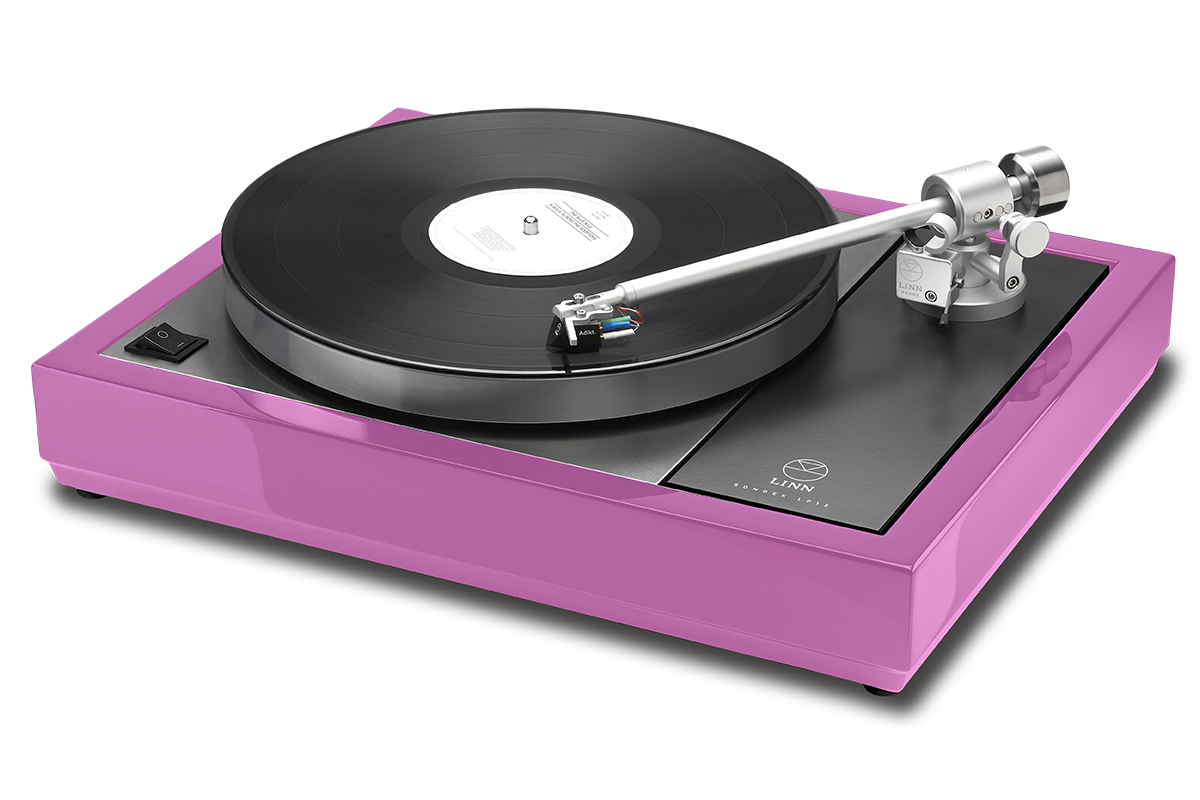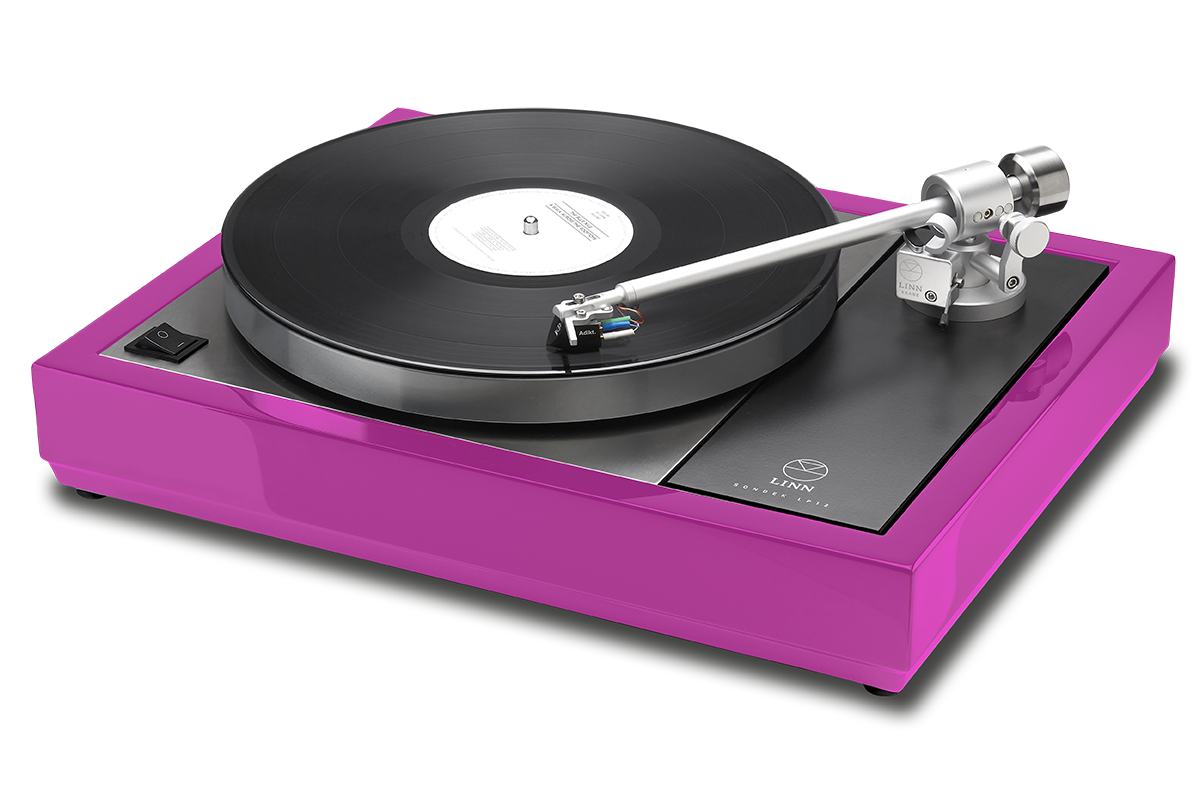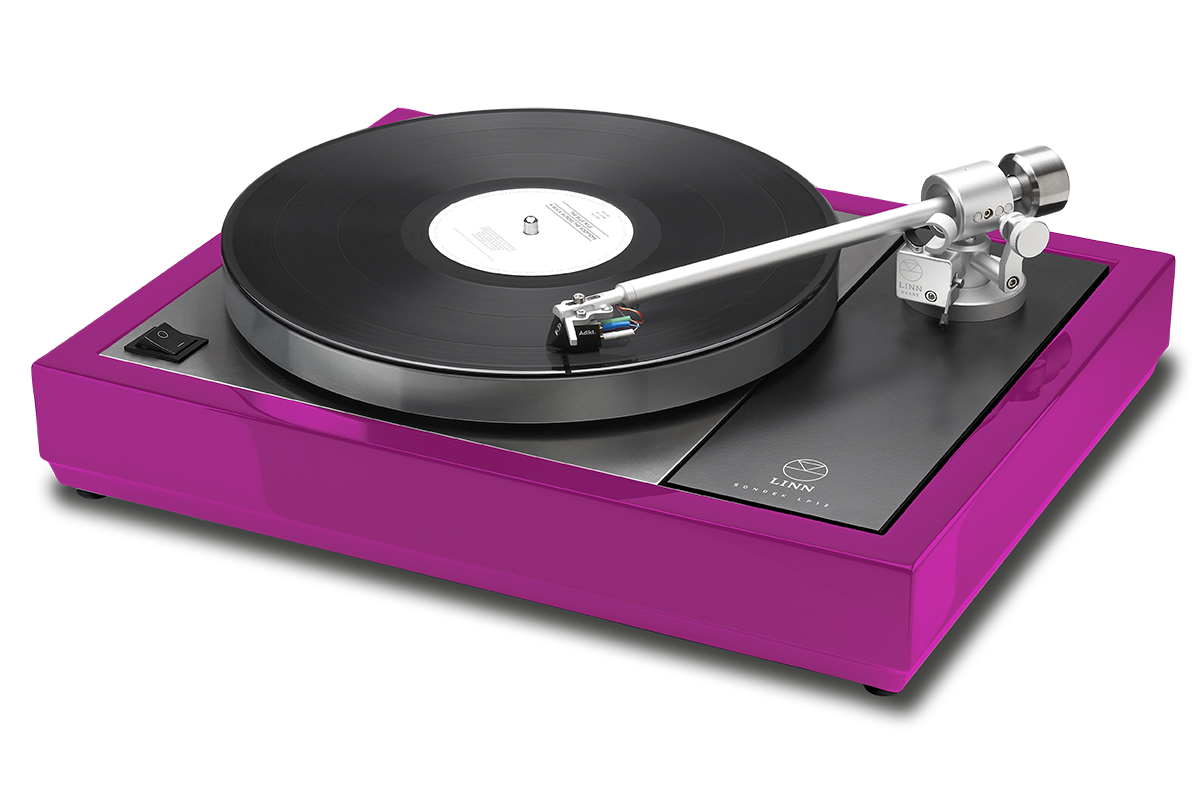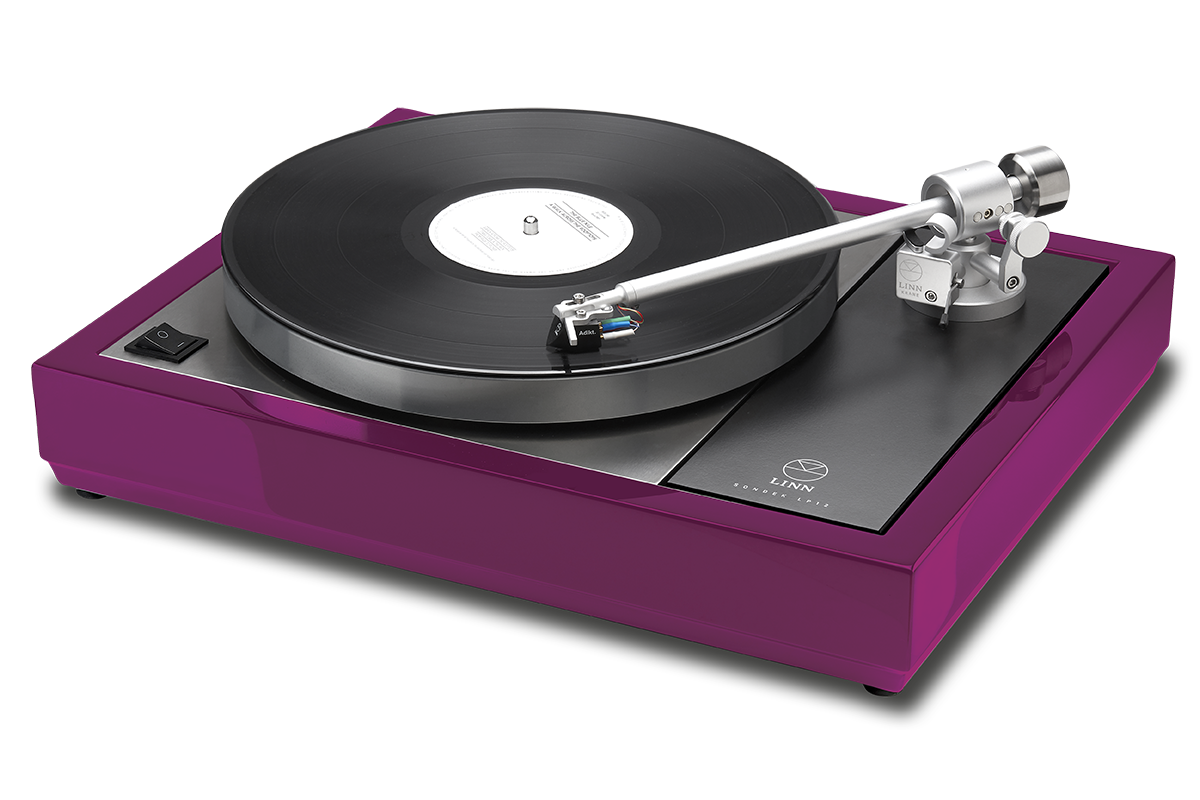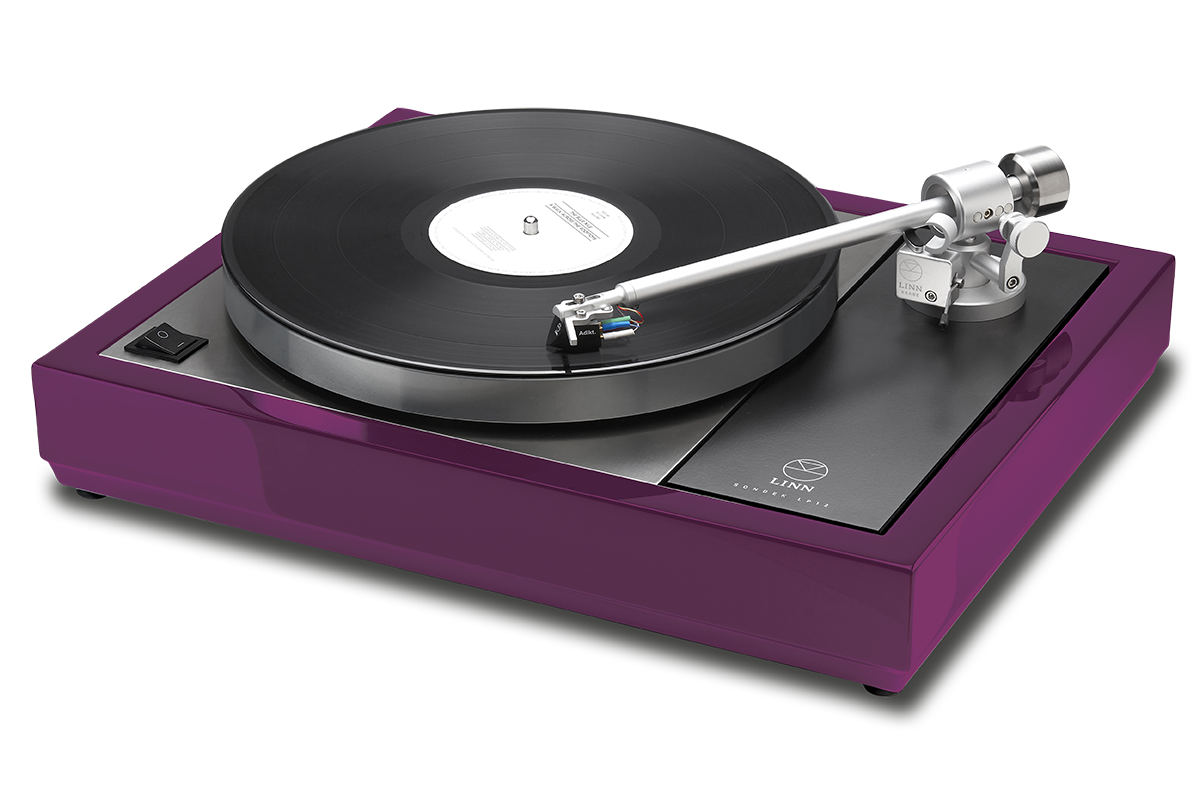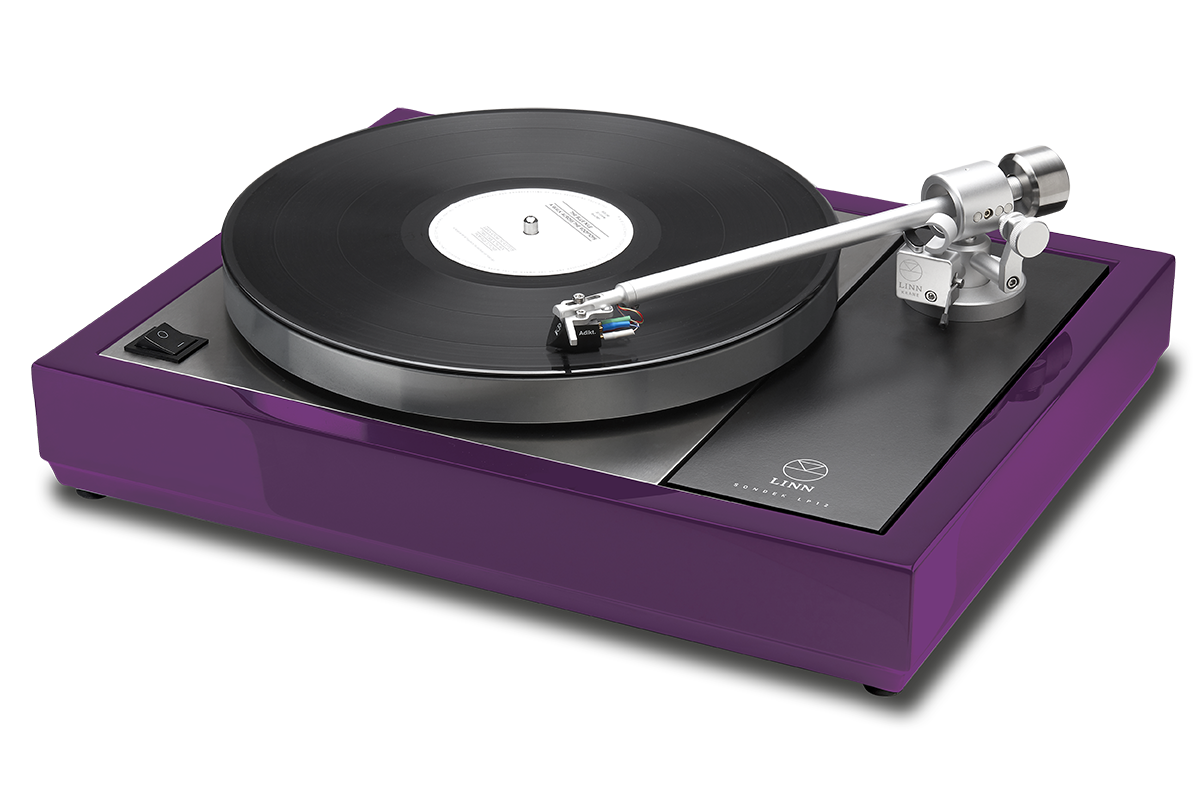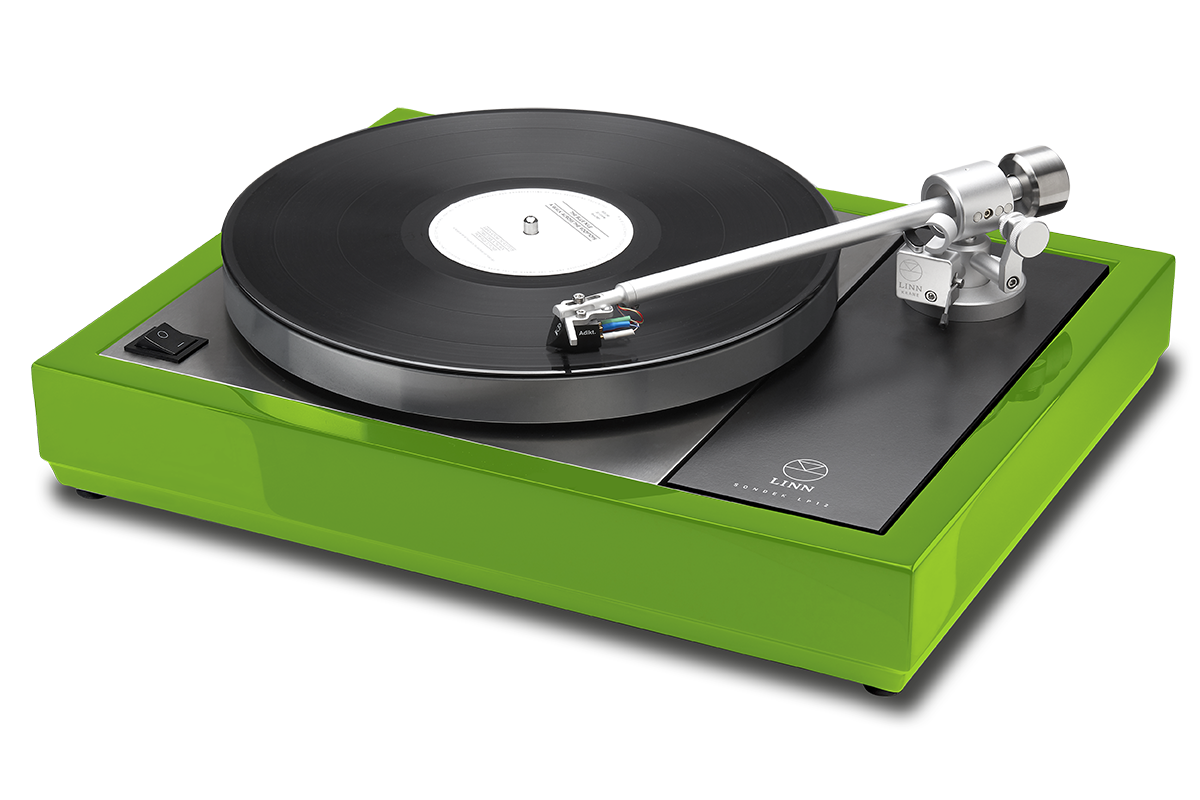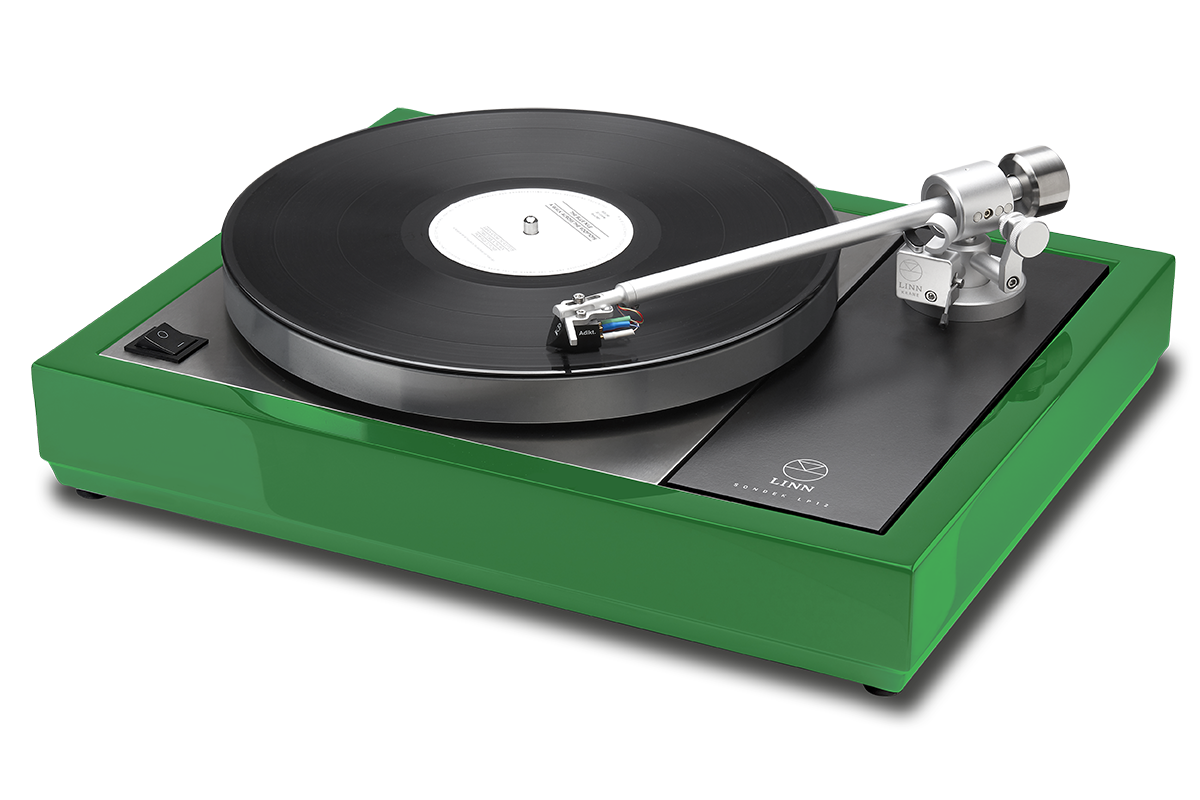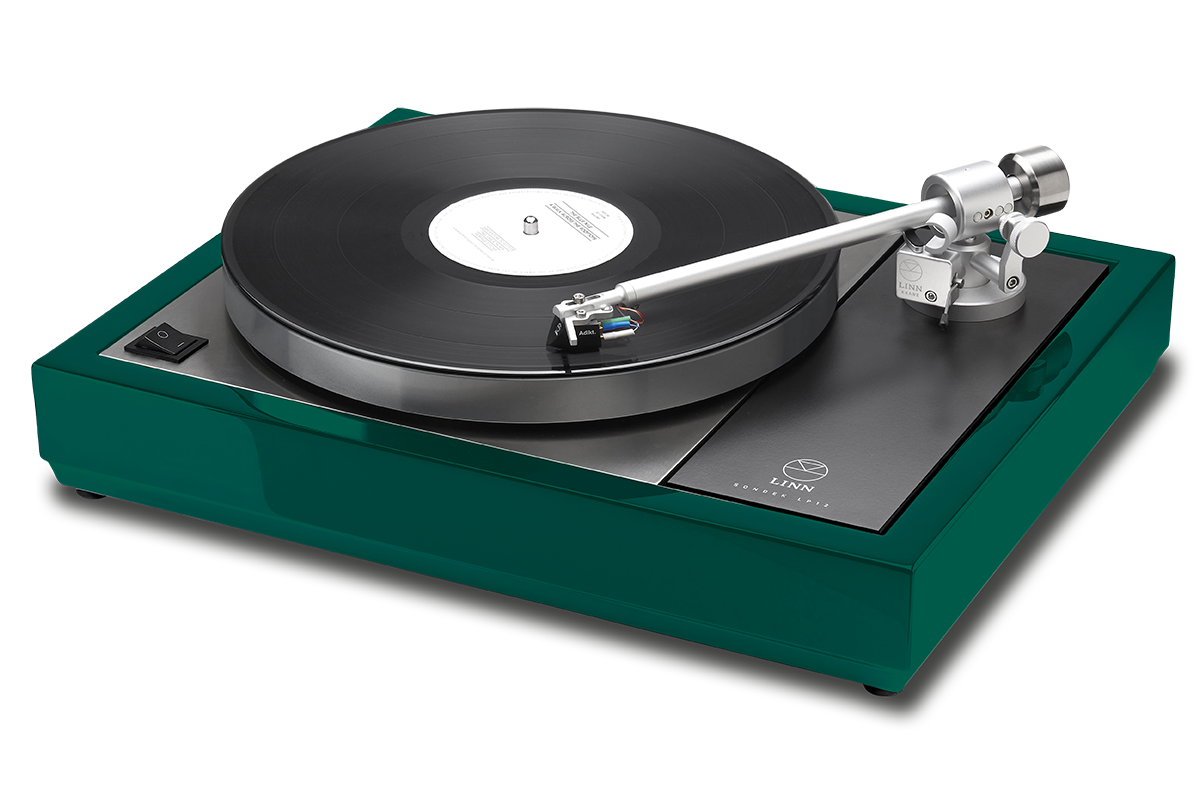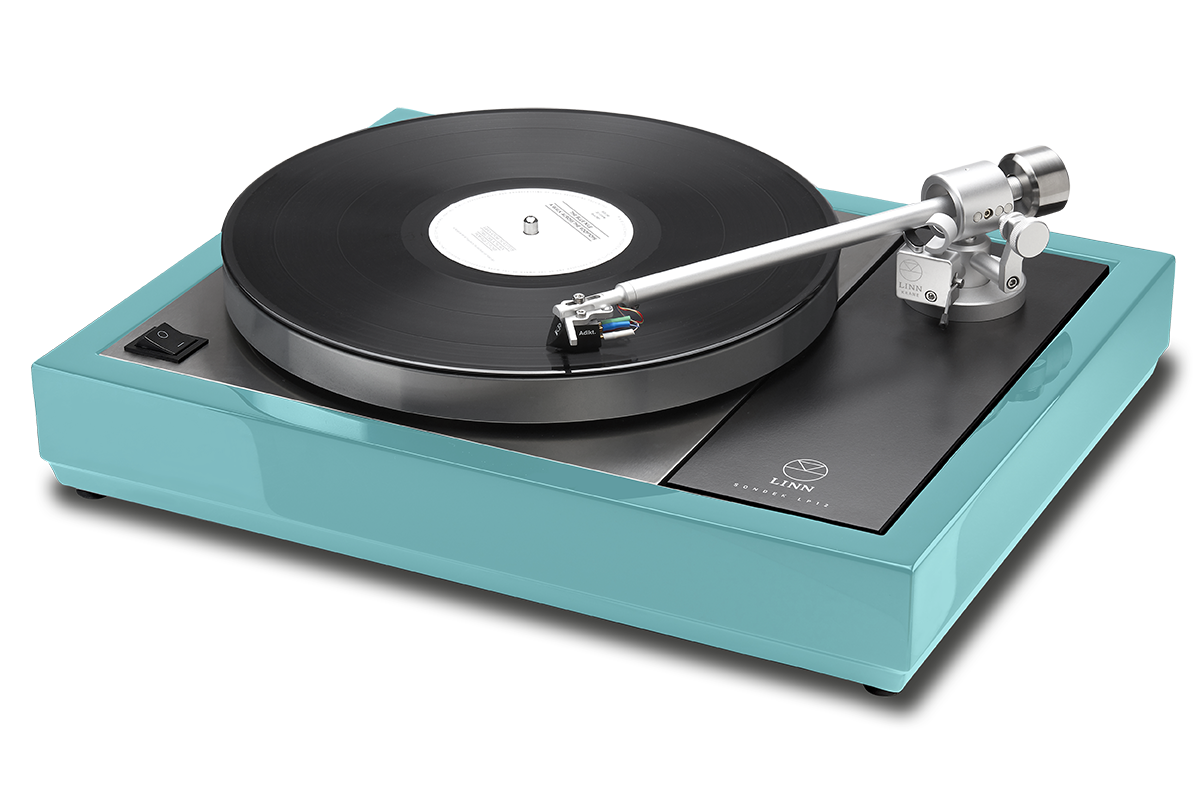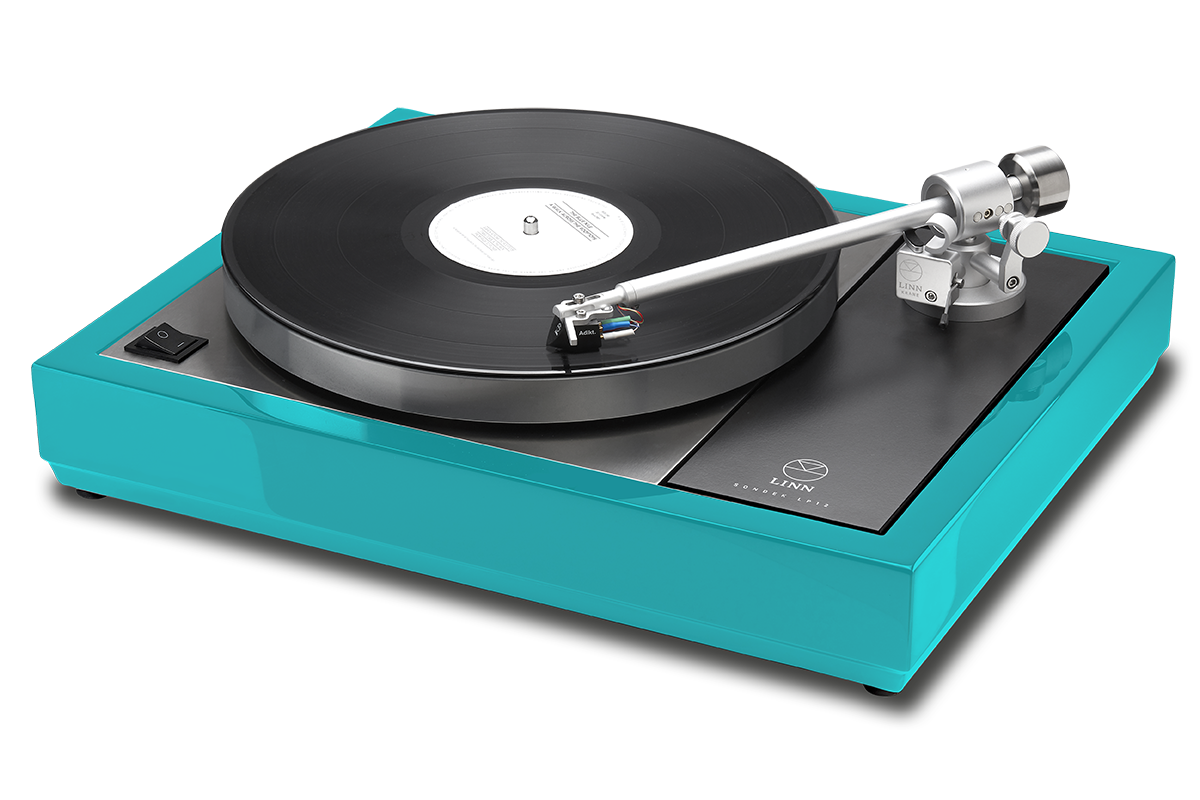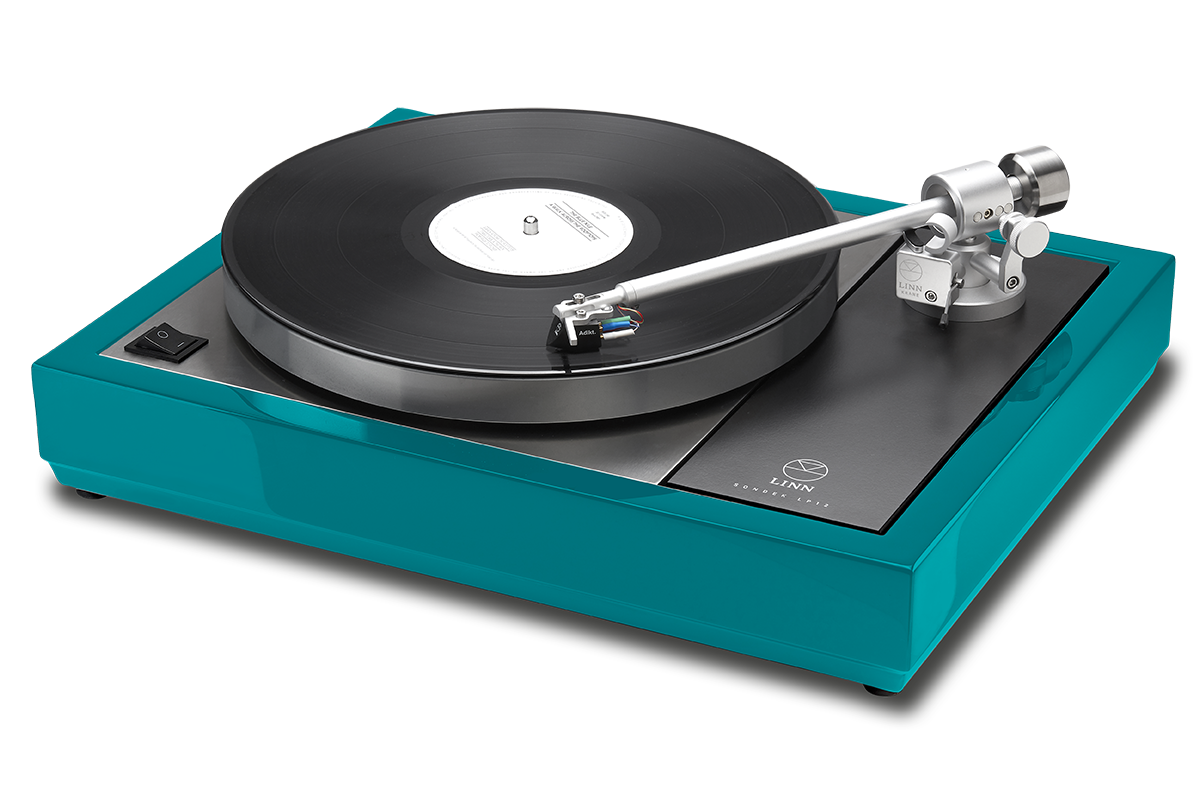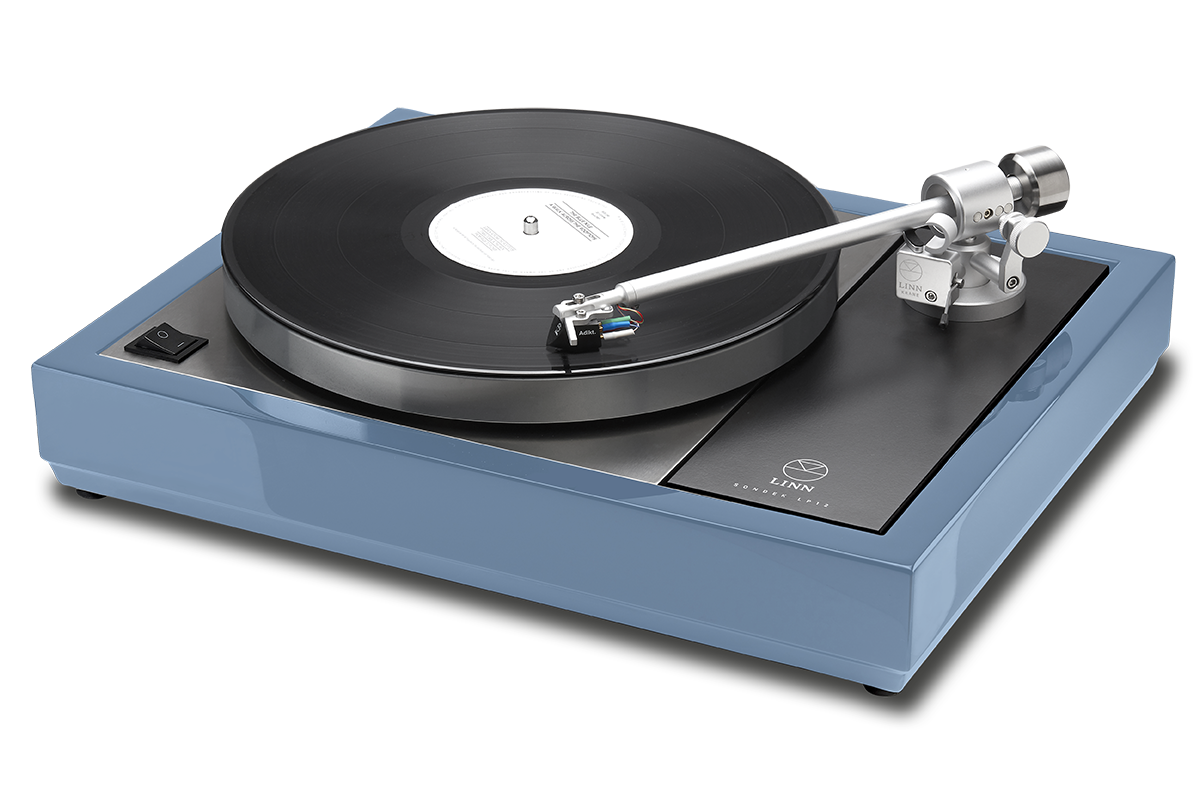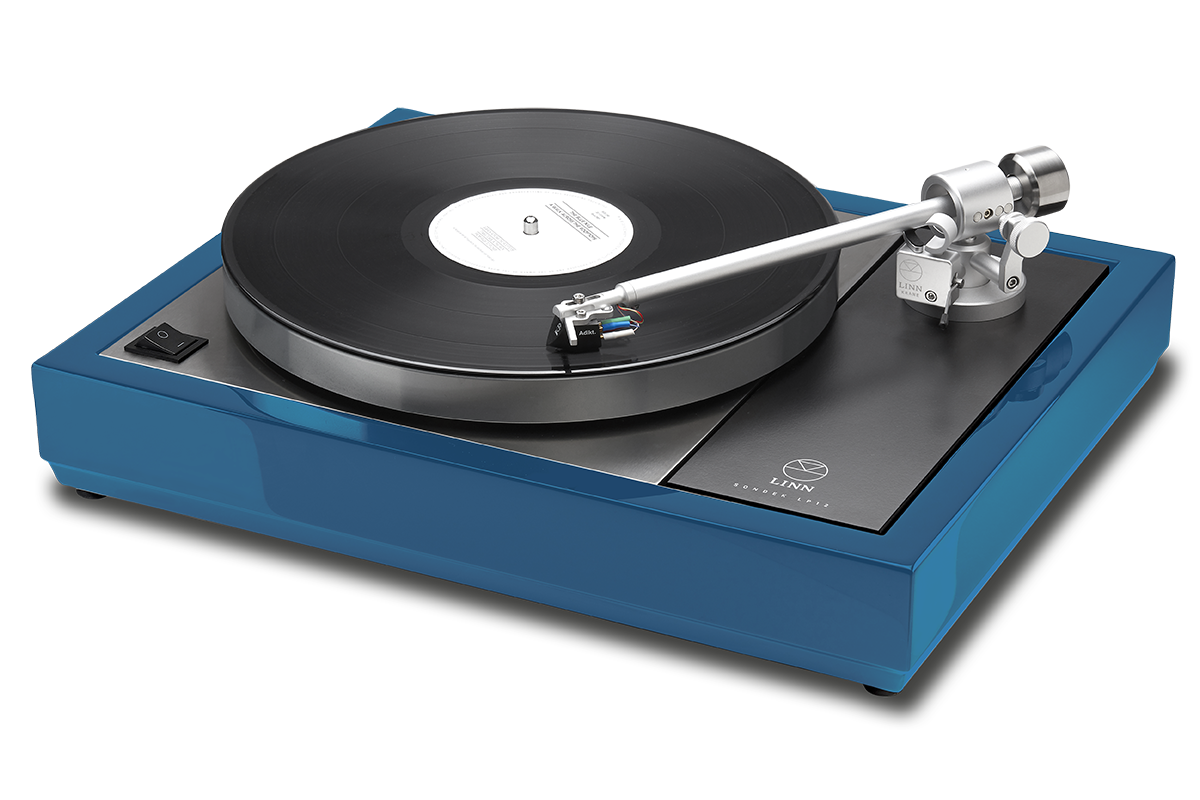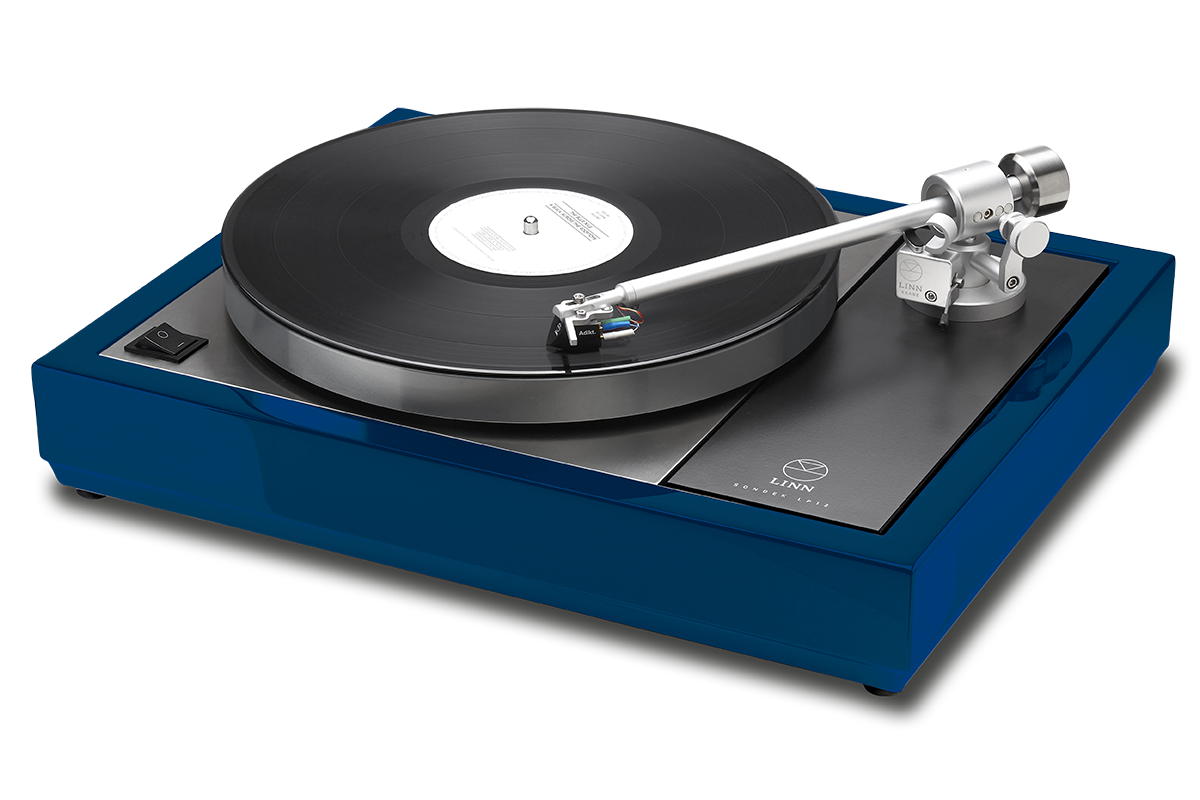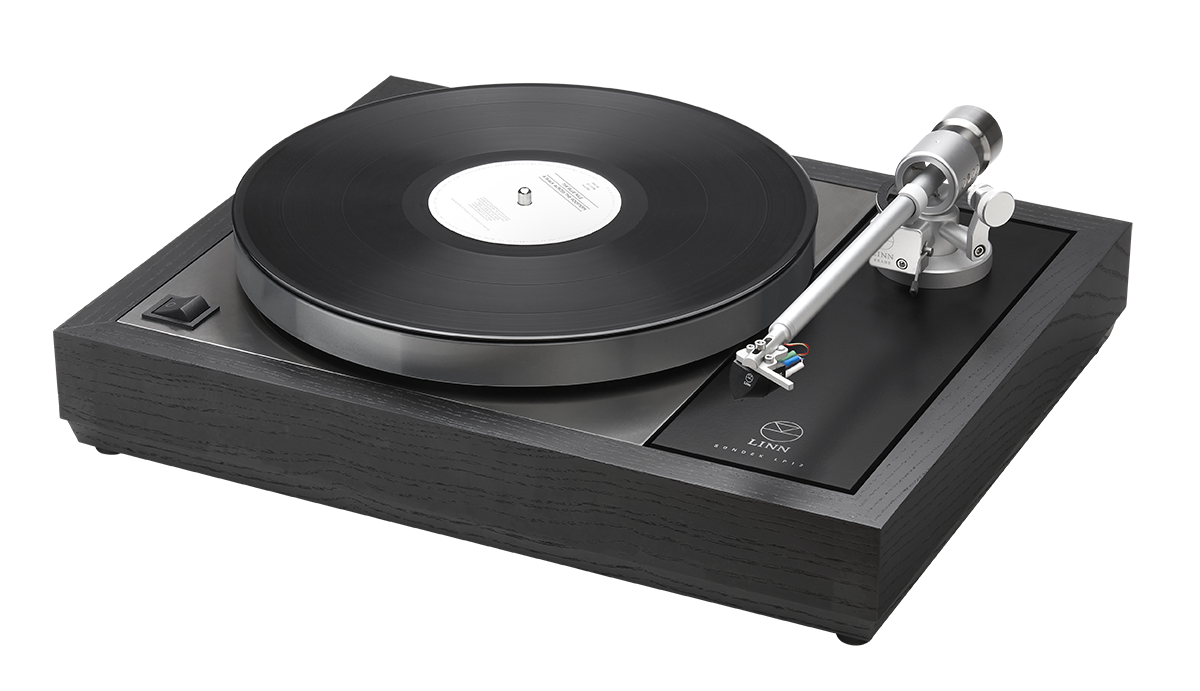PMC Prodigy Series – Twins In Their Promise.
/Who are PMC?
PMC’s own story begins in the early years of the 90s with the unwavering aim of providing a very high standard of engineering present in all their products and, in turn, matching this aspect with a true and faithful reproduction of music in both personal and commercial applications.
PMC’s reputation as a noteworthy manufacture of loudspeakers has been fairly and justifiably won, as any of the numerous testaments, awards and appraisals that are available to view and read on their website will confirm.
Further to this, PMC provide a chronological history of notable dates and events in the company’s journey for the interested spectator to view at their leisure, here.
To list the extent of this validation in its entirety in this blog would be slightly superfluous and detract from its primary focus, which concerns the 2023 release and launch of the Prodigy range of bookshelf and floorstanding speakers; a range that PMC offer with the aim of them fulfilling the role of an entry point into the brand for customers, whilst retaining the sonic characteristics and integrity that the company is built upon.
Brother Against Brother – One Sound Versus Another.
PMC have maintained and continued with the two design principles synonymous with their name in the development and construction of the Prodigy series, principles which are featured in all of their product ranges, both consumer and professional.
The principles are their ATL (Advanced Transmission Line) loudspeaker enclosure and the use of Laminair flow, a concept visible on the front ports, which controls any variations in airflow outputted in the form of turbulence, which ultimately affects the clarity and precision of the lower frequency range by adding unwanted noises.
It should also be noted that the same tweeter that is used in the studio range of Result 6 monitor speakers is present in the Prodigy range, to further ensure the same sonic characteristics are replicated.
Anything You Can Do - I Can Do Greater… Then Please Demonstrate.
Both the Prodigy 1 and Prodigy 5 have an authenticity and straightforward approach to any genre of music played through them, an aspect that I am particularly glad to see carried over when listening to classical pieces/recordings, as many speakers have a tendency to not be very kind to older, more historic recordings by displaying and drawing attention to the inherent flaws.
The increased enclosure size of the Prodigy 5 lends them well to electronic tracks with the depth and timing of the low frequencies being handled and controlled accurately. This is not a slight on the Prodigy 1 in their presentation of electronic tracks, more the fact that the Prodigy 5 naturally and physically benefit from the increased cabinet size when being asked to cope with heavier dynamics.
Driven with the power of Rega’s Aethos amplifier, the Prodigy 1 deliver a sound more powerful and robust than their dimensions would suggest on paper.
This confident presentation of low to midrange performance, coupled with a clear delivery of high frequency information that is neither too harsh nor too abrasive, (with much thanks in part to the tweeters that are used in higher product lines as mentioned previously), makes both of the options in the Prodigy series worthy contenders to take note of when considering which speakers to choose in your home set up.
Closing Thoughts - Sibling Rivalry Averted.
The Prodigy series are a set of very accomplished loudspeakers; competent and faithful in carrying out their design aims; both are available in a silk matt black finish, so take care of those stray fingerprints.
If this account of their performance has piqued your interest, then give us a call at Audio T Swindon and book a dem to hear how your choices of music are handled by PMC’s latest offering.
Thanks for reading
Josh & Andy - Audio T Swindon
If you have any questions about any of the equipment featured in this article, or any other Hi-Fi or home cinema enquiries, be sure to Contact Us.
If you’ve enjoyed this, why not go ahead and read some more of our other blogs, and be sure to follow us on our social media channels below…
PMC can be found at the following Audio T stores





